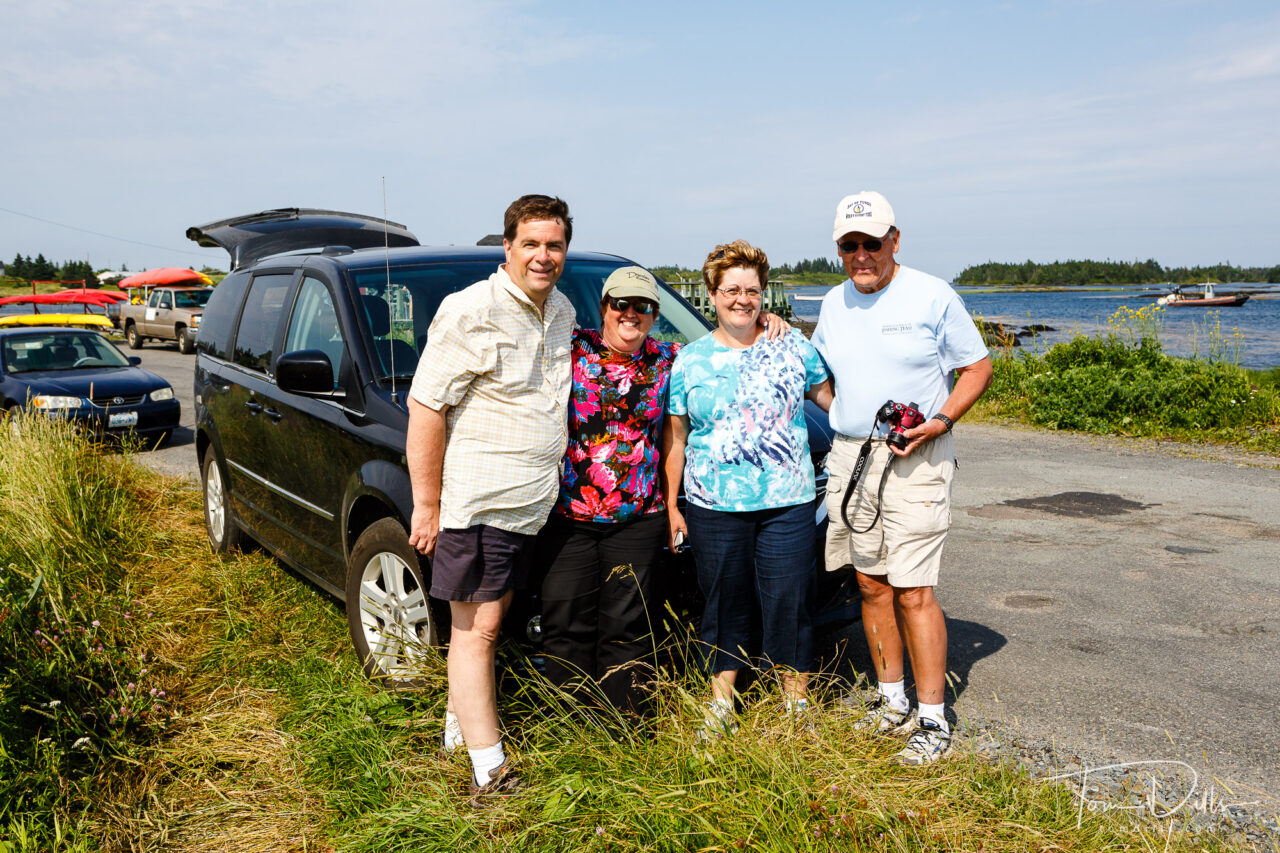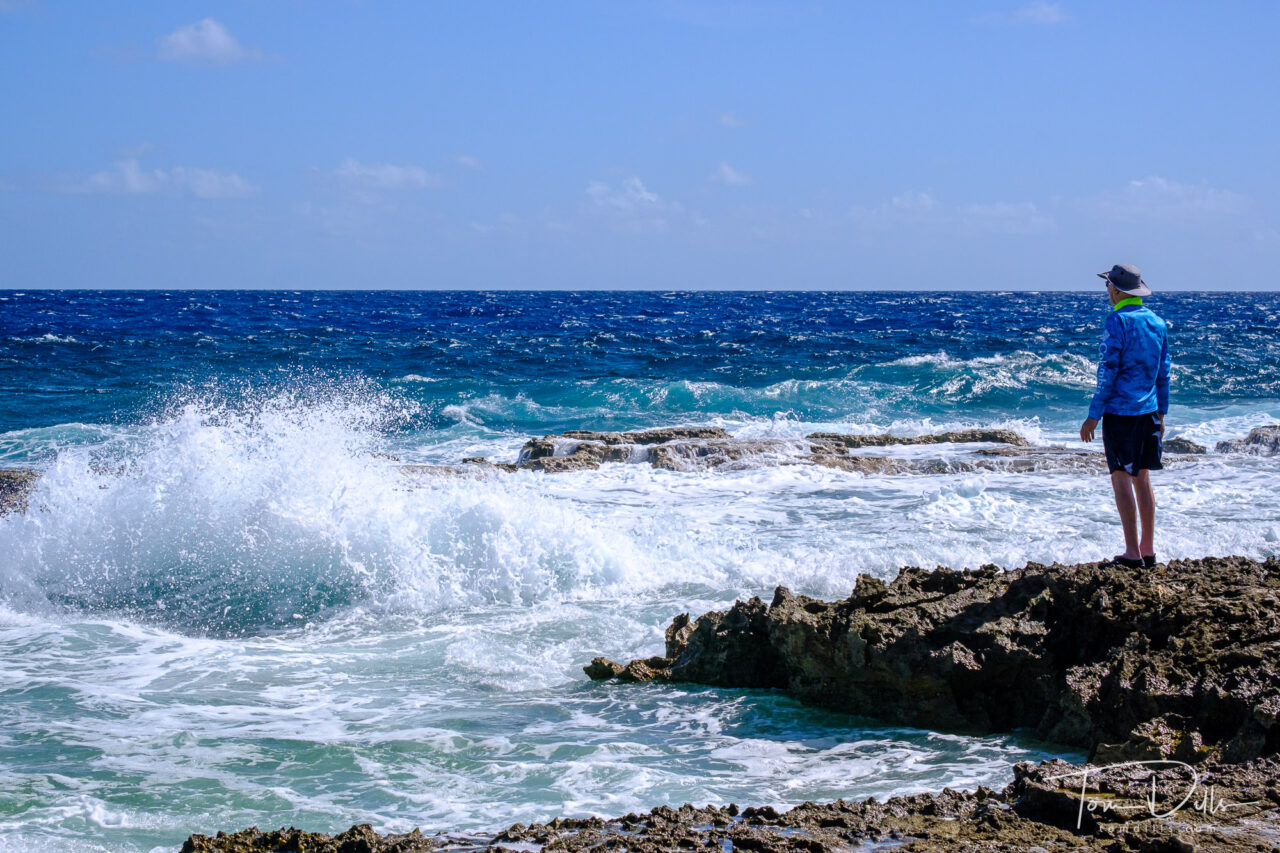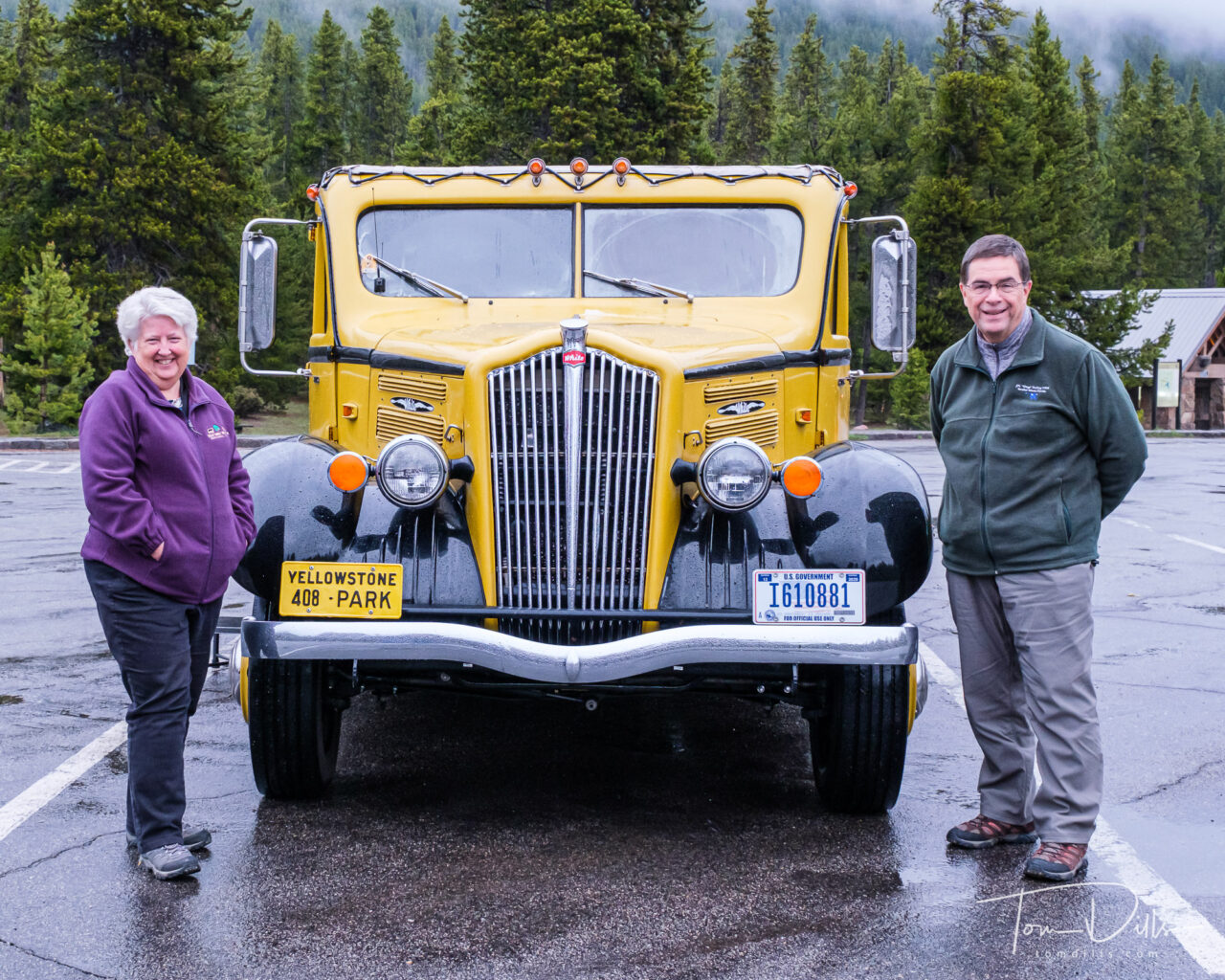
Jumping on the “Does Trucks” bandwagon. Anyone else? I know Ken has some…. 🙂
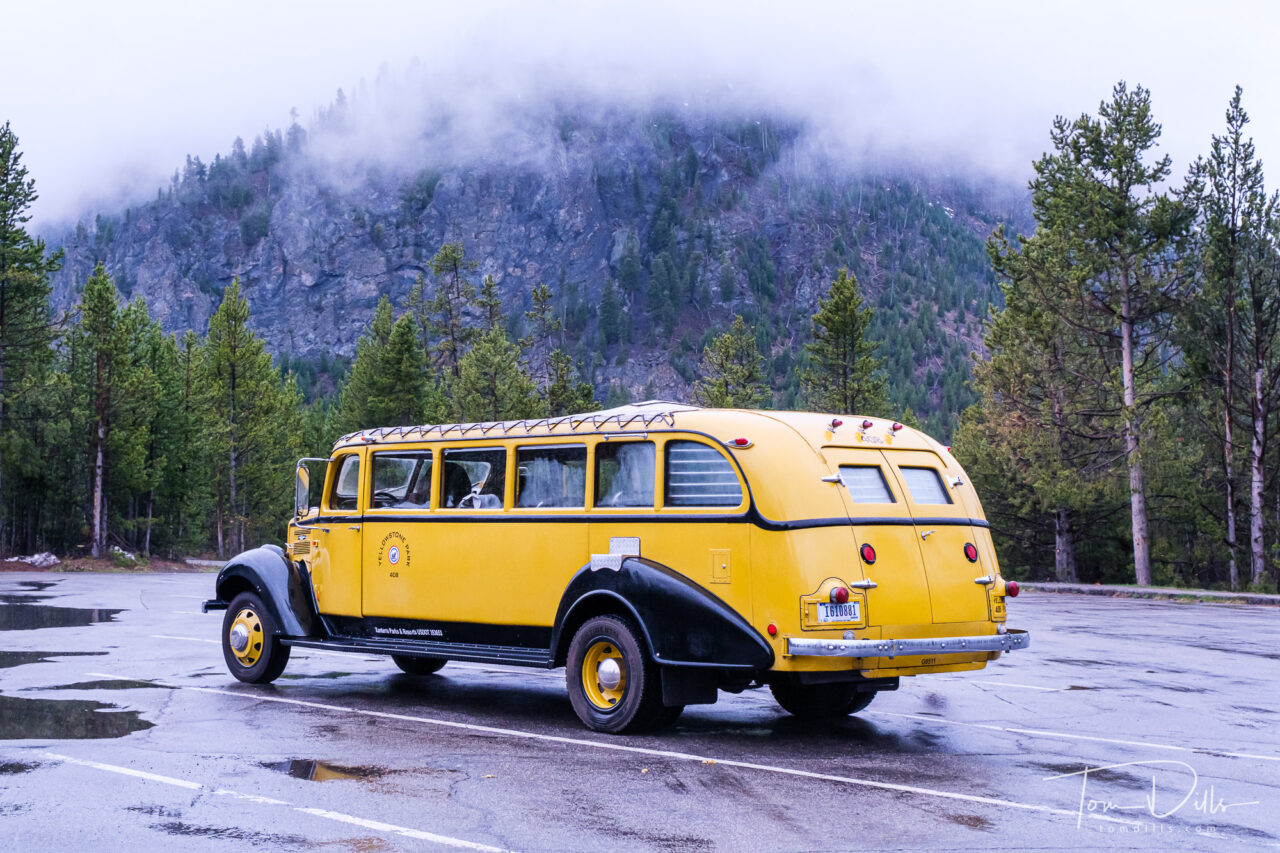
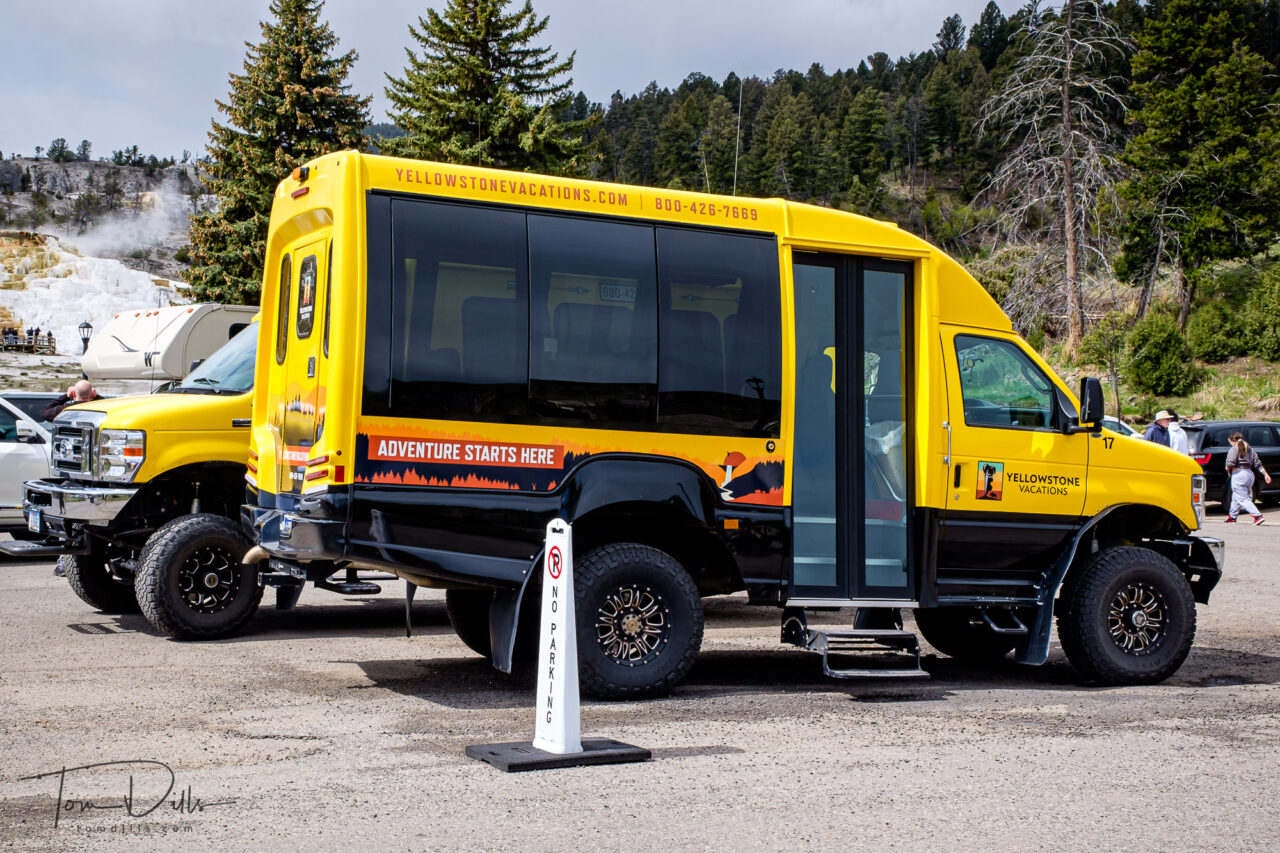

Jumping on the “Does Trucks” bandwagon. Anyone else? I know Ken has some…. 🙂


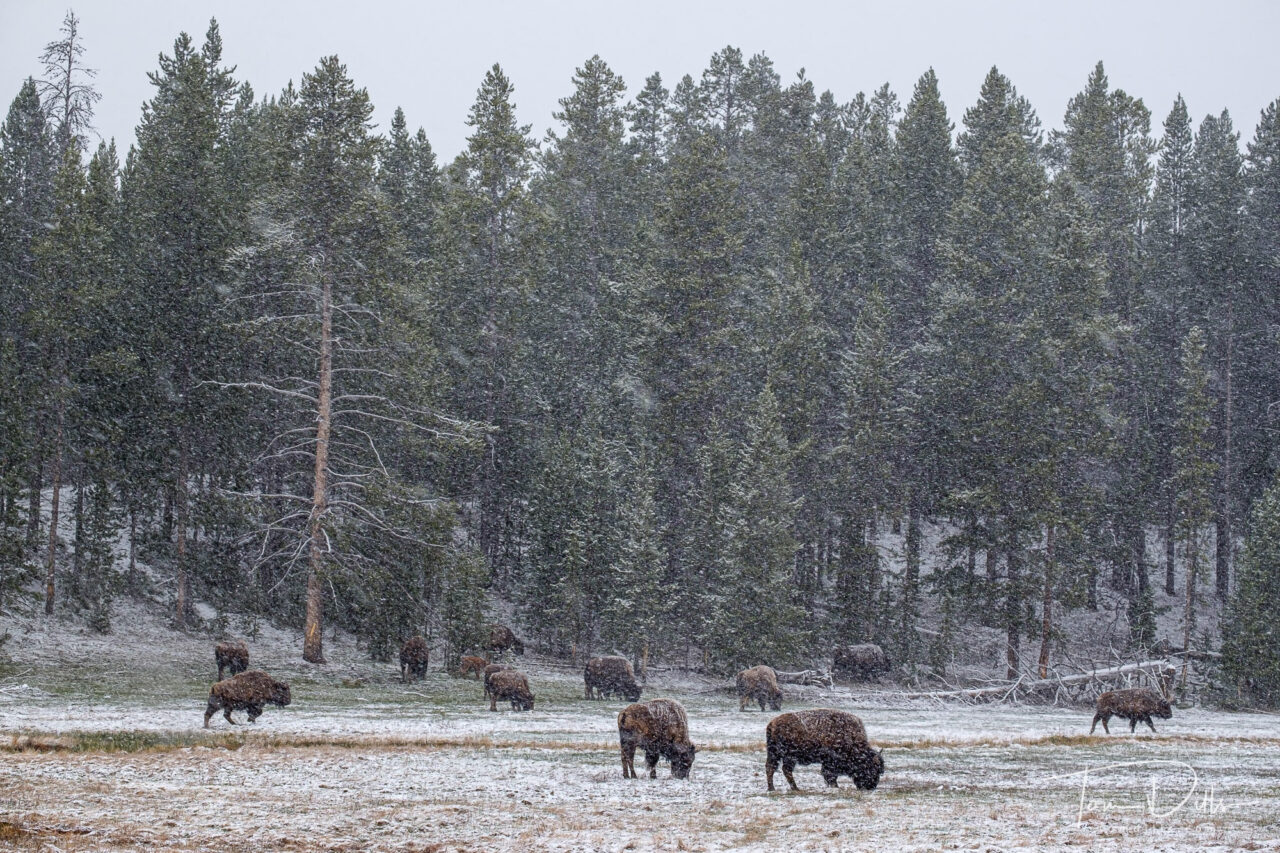
Yesterday afternoon the thermometer on our patio (in the shade!) read 100 degrees. The month before we were taking a photography tour in Yellowstone. In the snow at 30 degrees!
Still processing photos and a bit behind, but couldn’t resist commenting on the temperature differential.
Stay cool, wherever you are! 😉
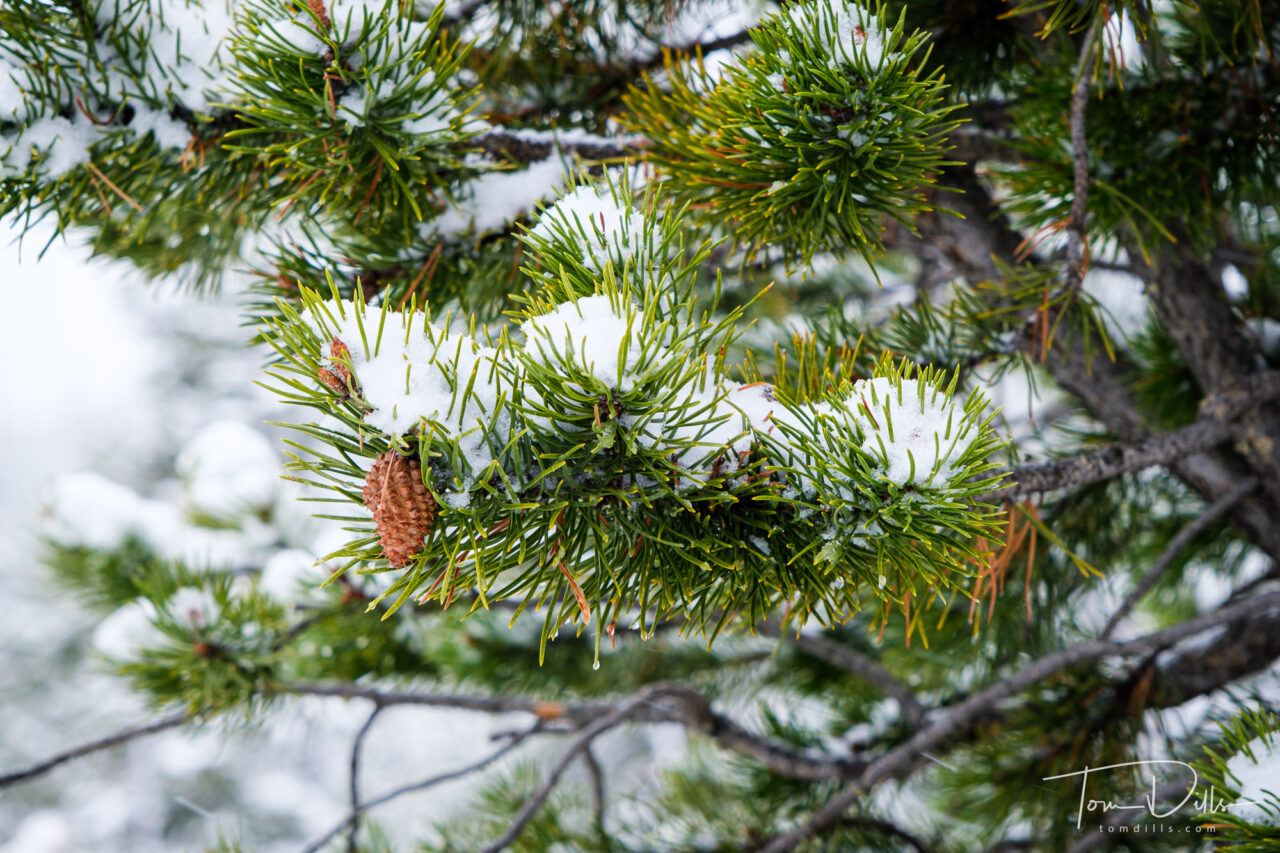
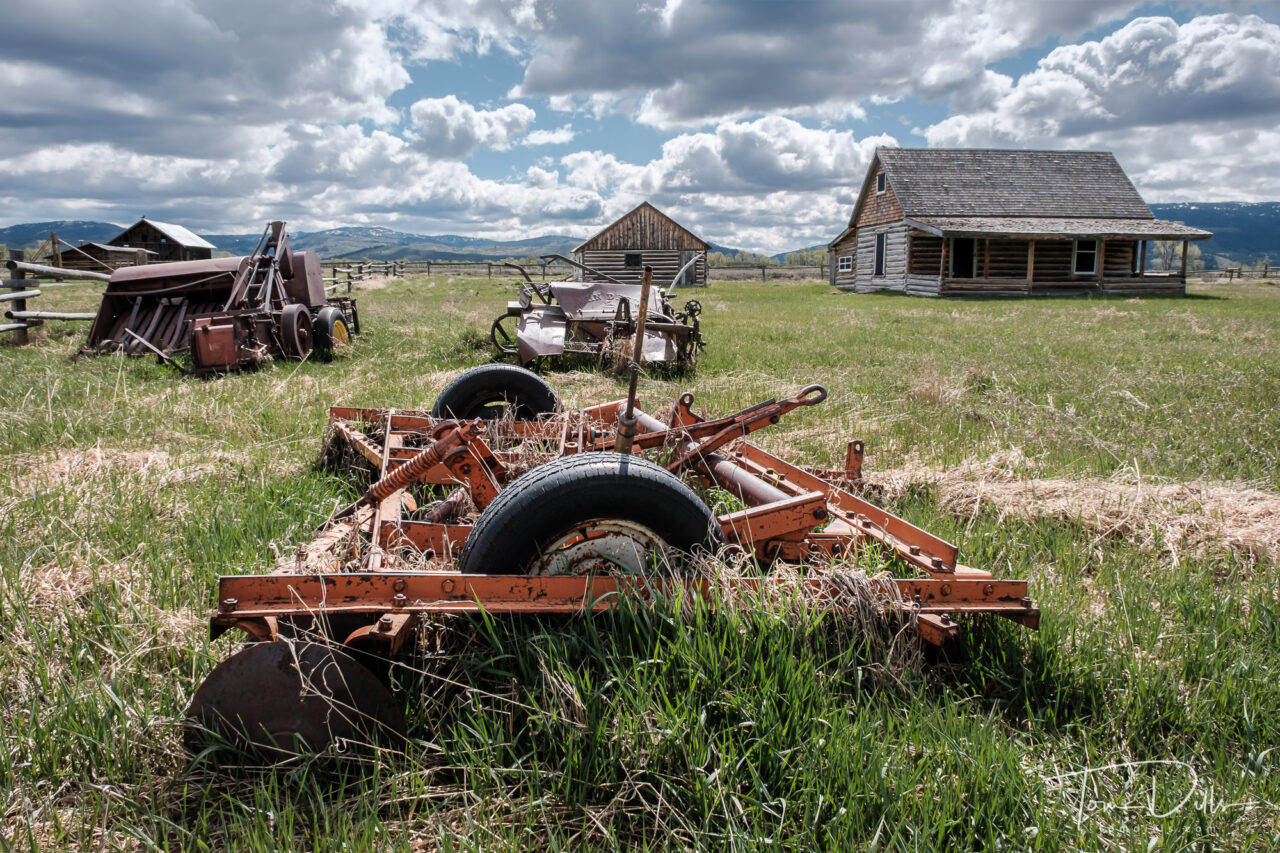
I’m kind of used to people looking at me funny when I am stooped over my tripod composing a scene instead of taking the ubiquitous ‘selfie’ with my phone. I was reminded of that while visiting the Mormon Row Historic area of Grand Teton National Park. While everyone else’s lenses were pointed at the Moulton Barns, I was facing the other way looking for compositions on the other side of the road.
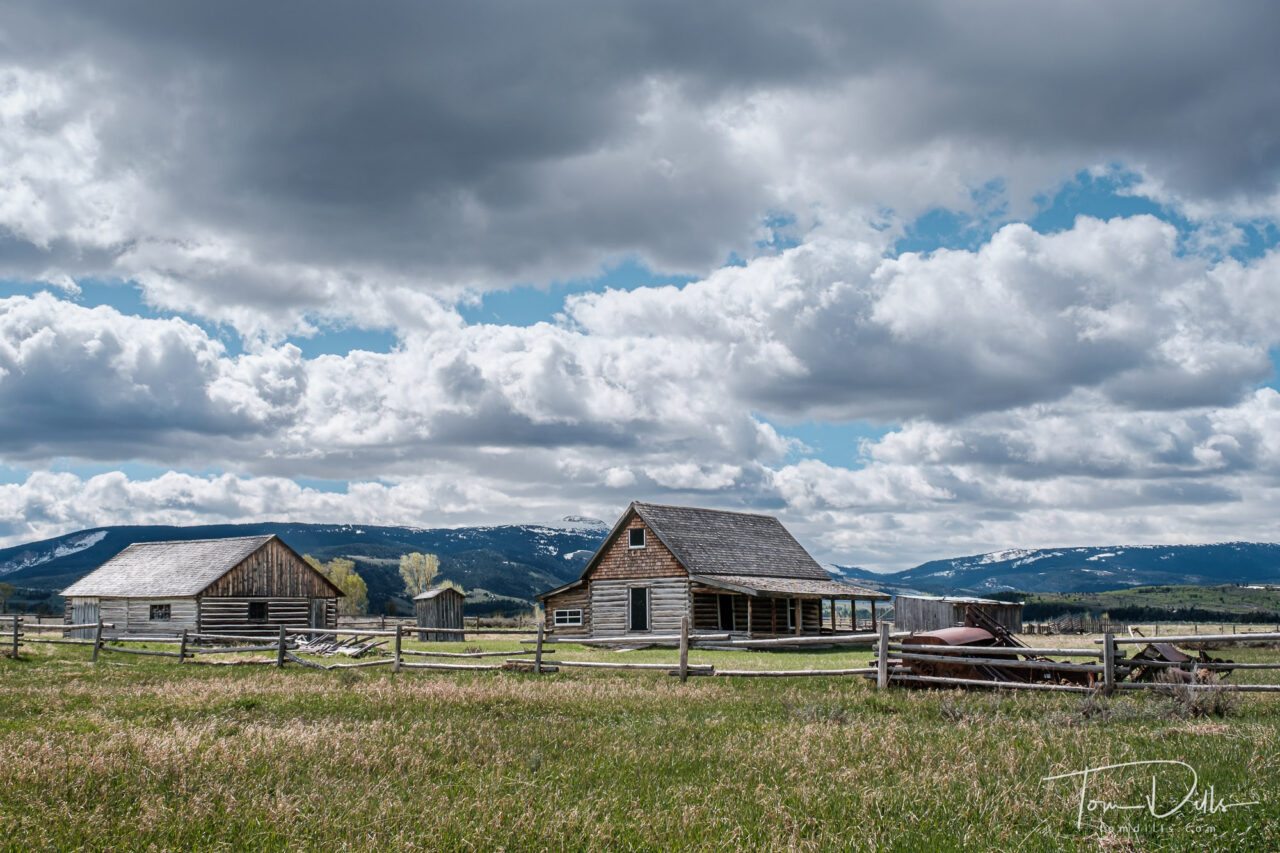
Kathy is often reminding me to “turn around.” But this time I remembered it on my own!
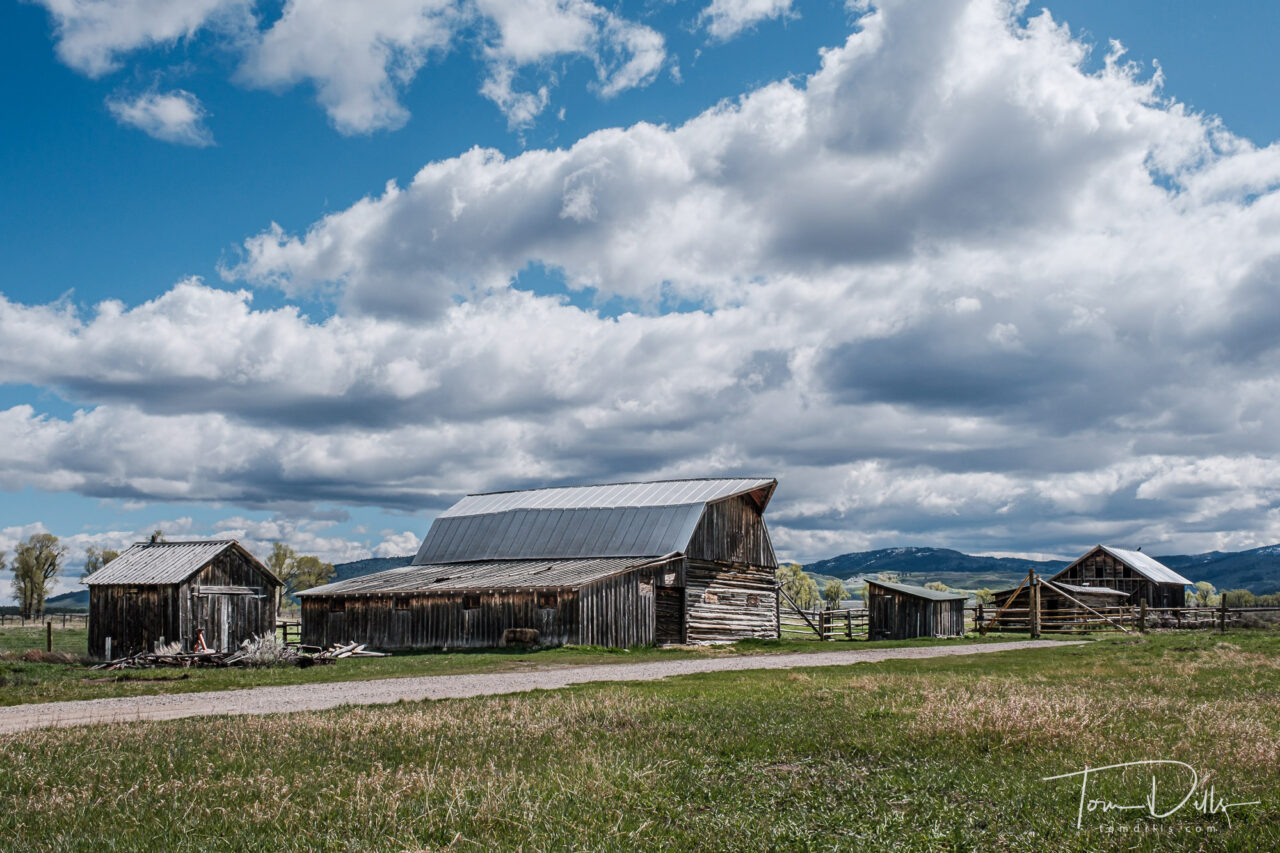
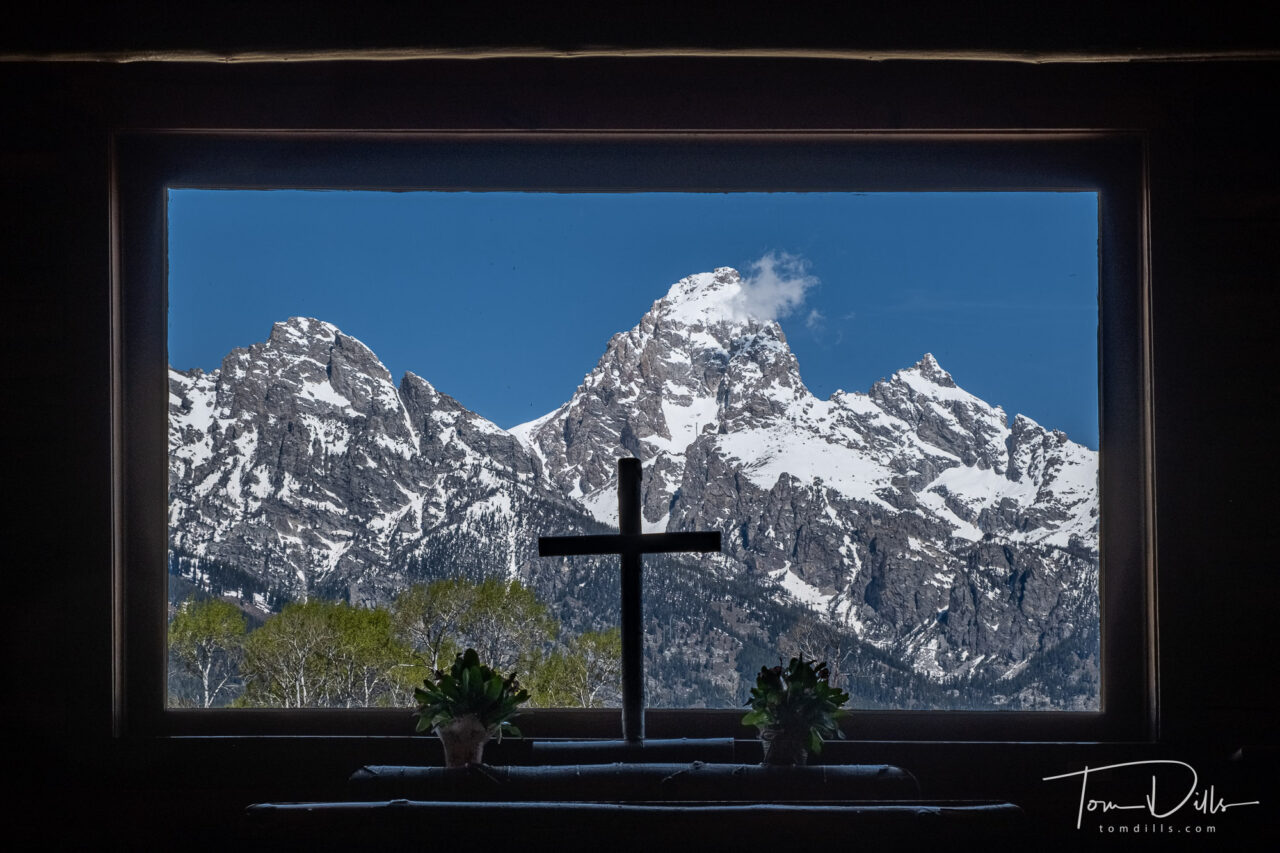
The Chapel of the Transfiguration is a small log chapel in Grand Teton National Park, in the community of Moose. The chapel was sited and built to frame a view of the Cathedral Group of peaks in a large window behind the altar. The chapel, which was built in 1925, is owned and operated by St. John’s Episcopal Church in Jackson. The church is open daily, and still hosts services on Sunday. On the day of our visit, an organist was playing in the chapel.
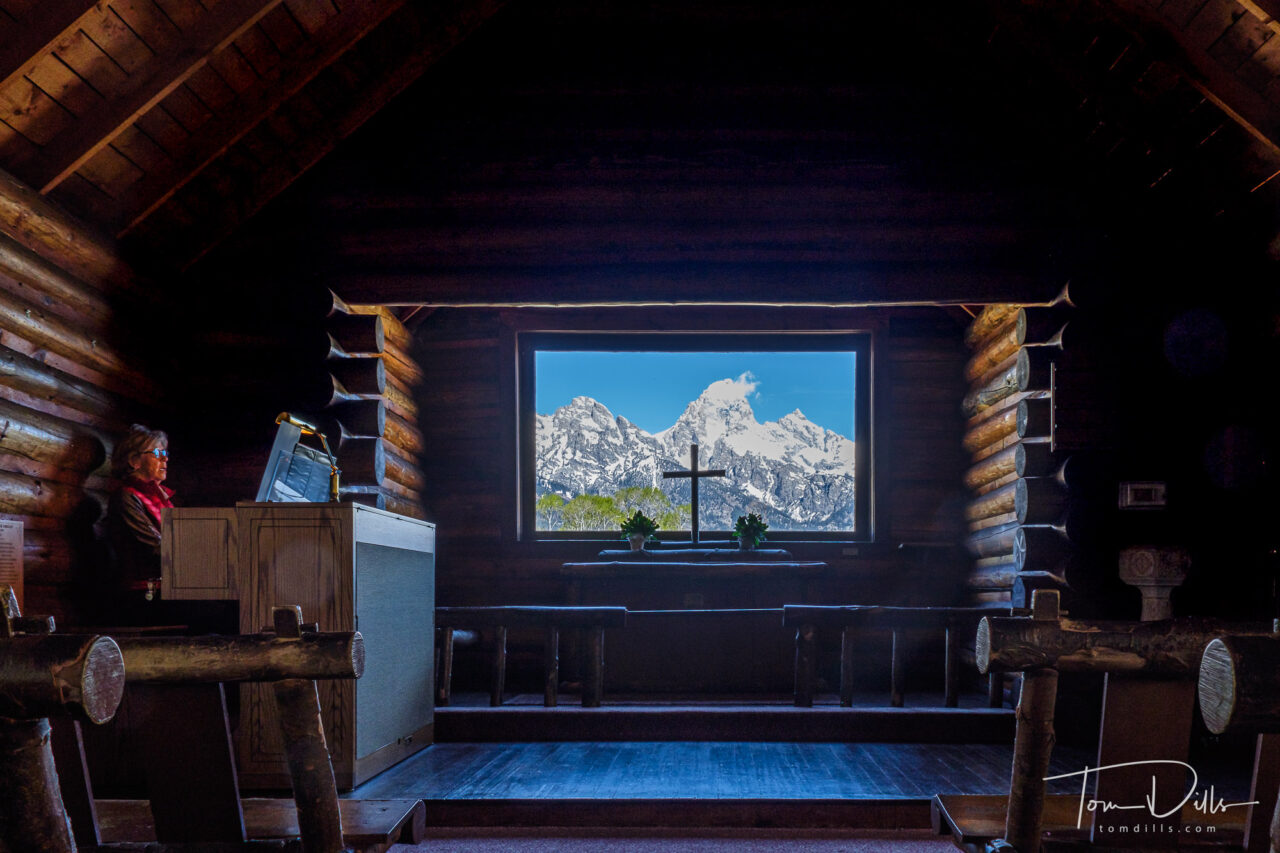
The chapel was built to serve guests and employees of the dude ranches that stretched north of Jackson along the base of the Teton Range. The land was donated by Maud Noble, owner of nearby Menor’s Ferry, predating the establishment of Grand Teton National Park in 1929 and its expansion into the Moose area in 1950. The chapel played a primary role in the movie Spencer’s Mountain, which was filmed in Jackson Hole in 1963, and featured Henry Fonda and Maureen O’Hara.
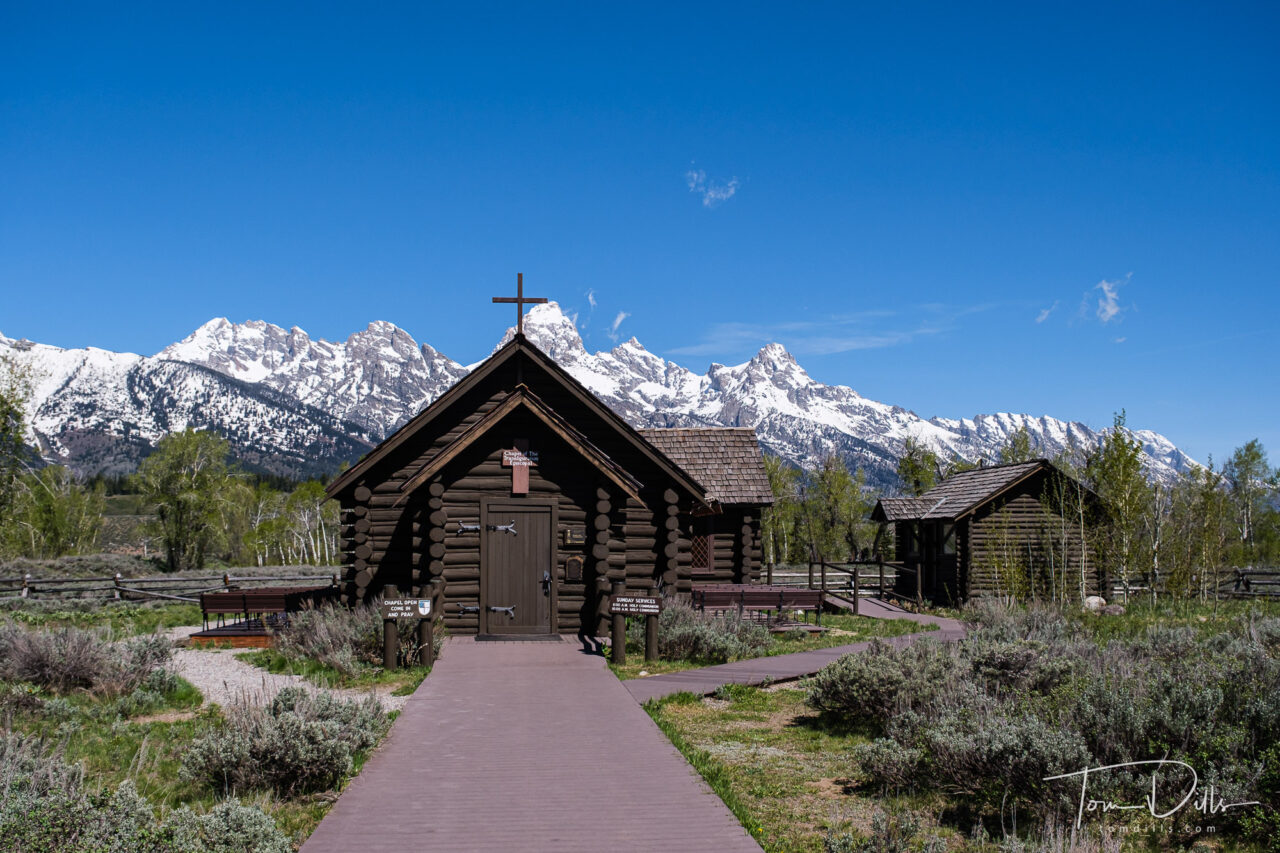
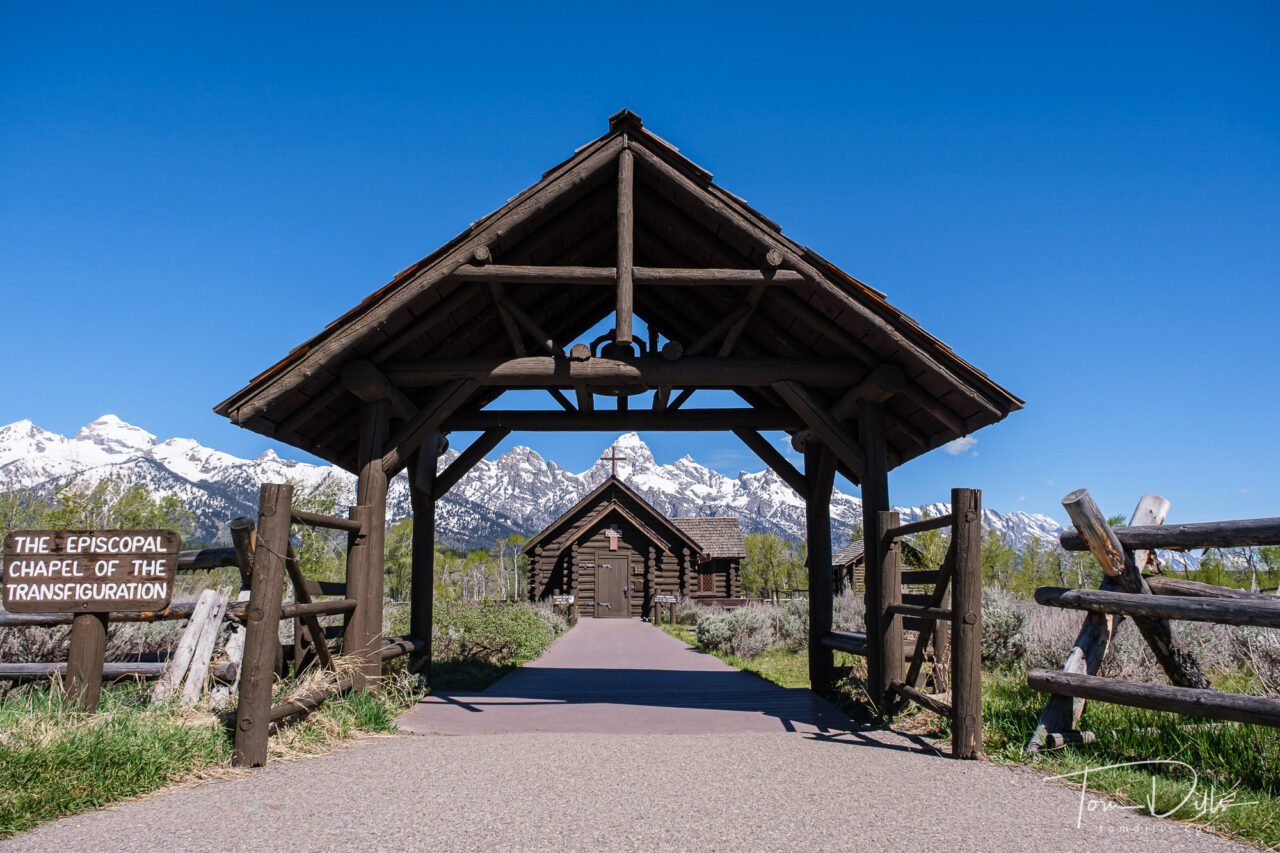
The chapel was placed on the National Register of Historic Places on April 10, 1980.
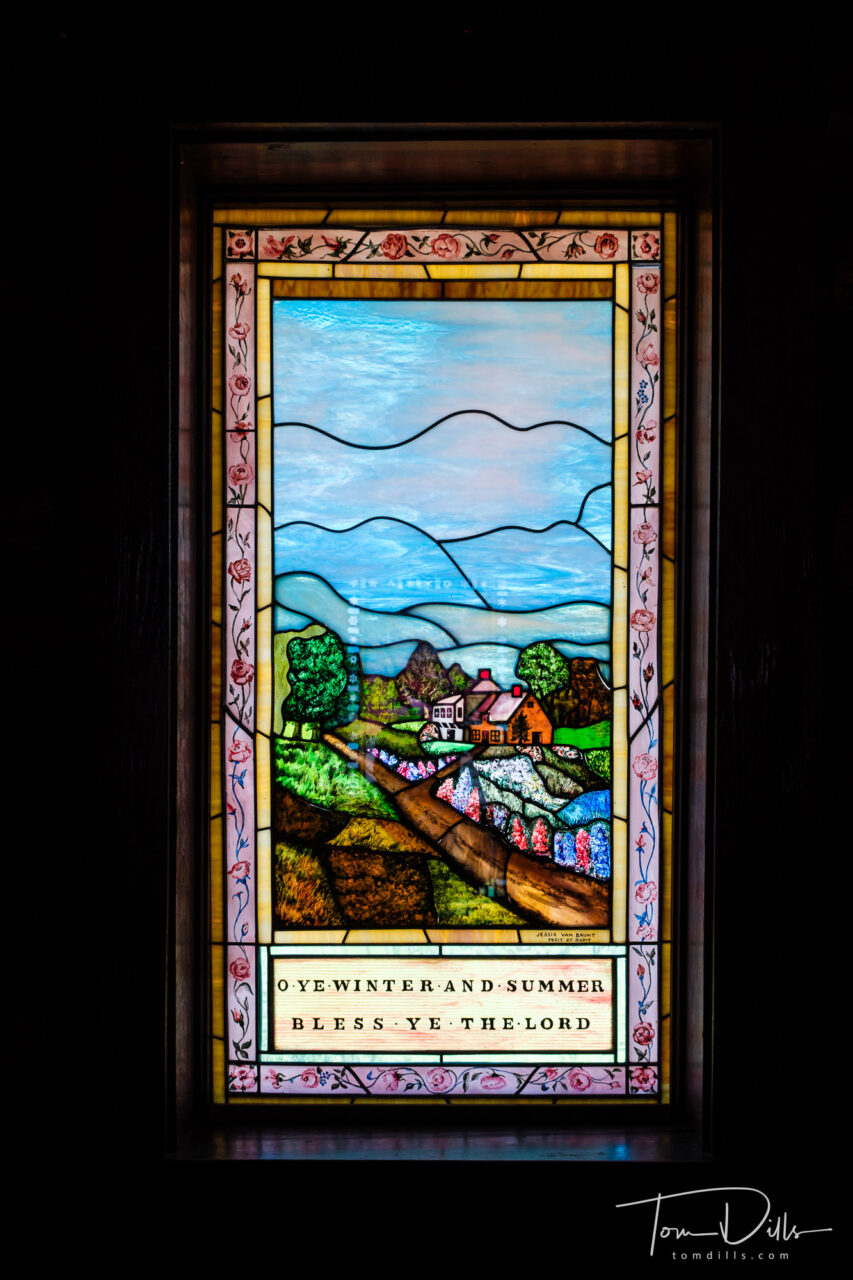
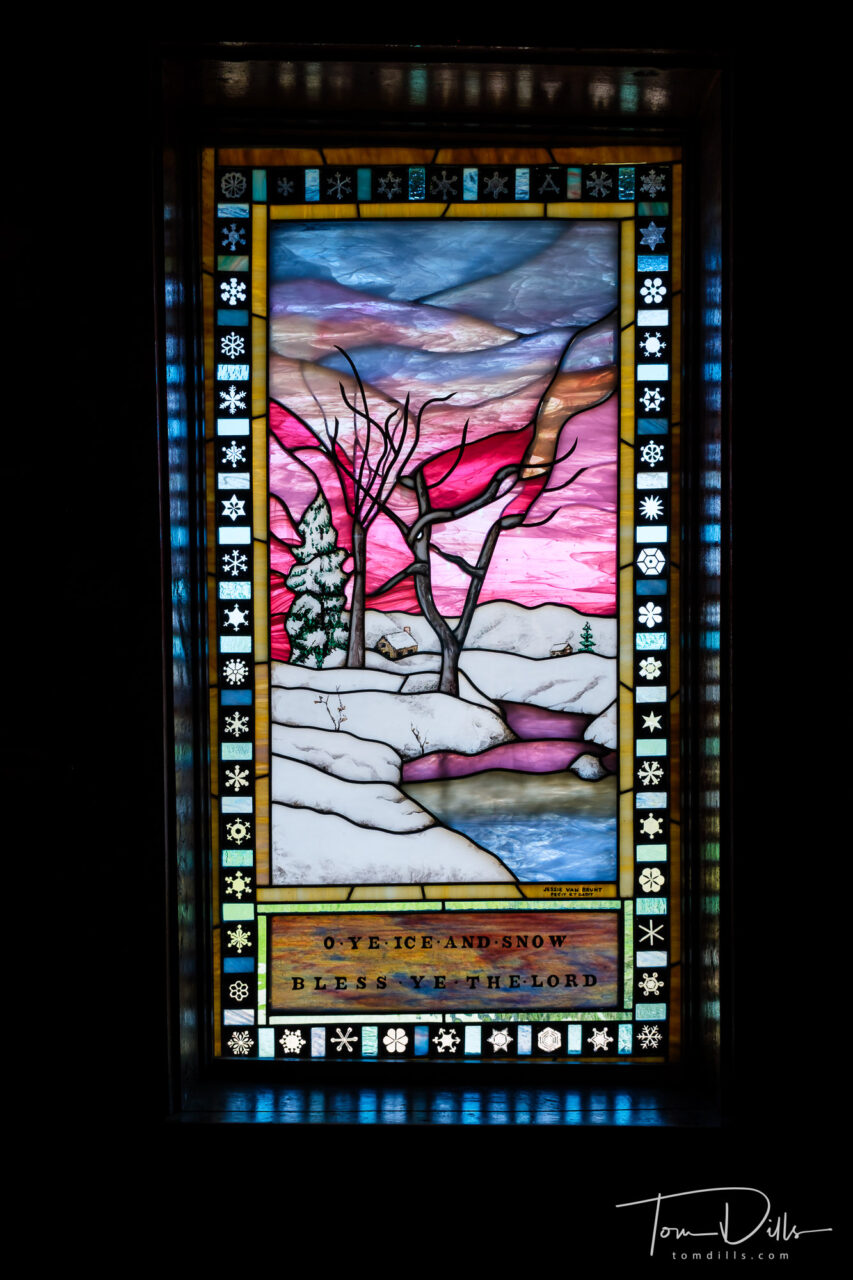
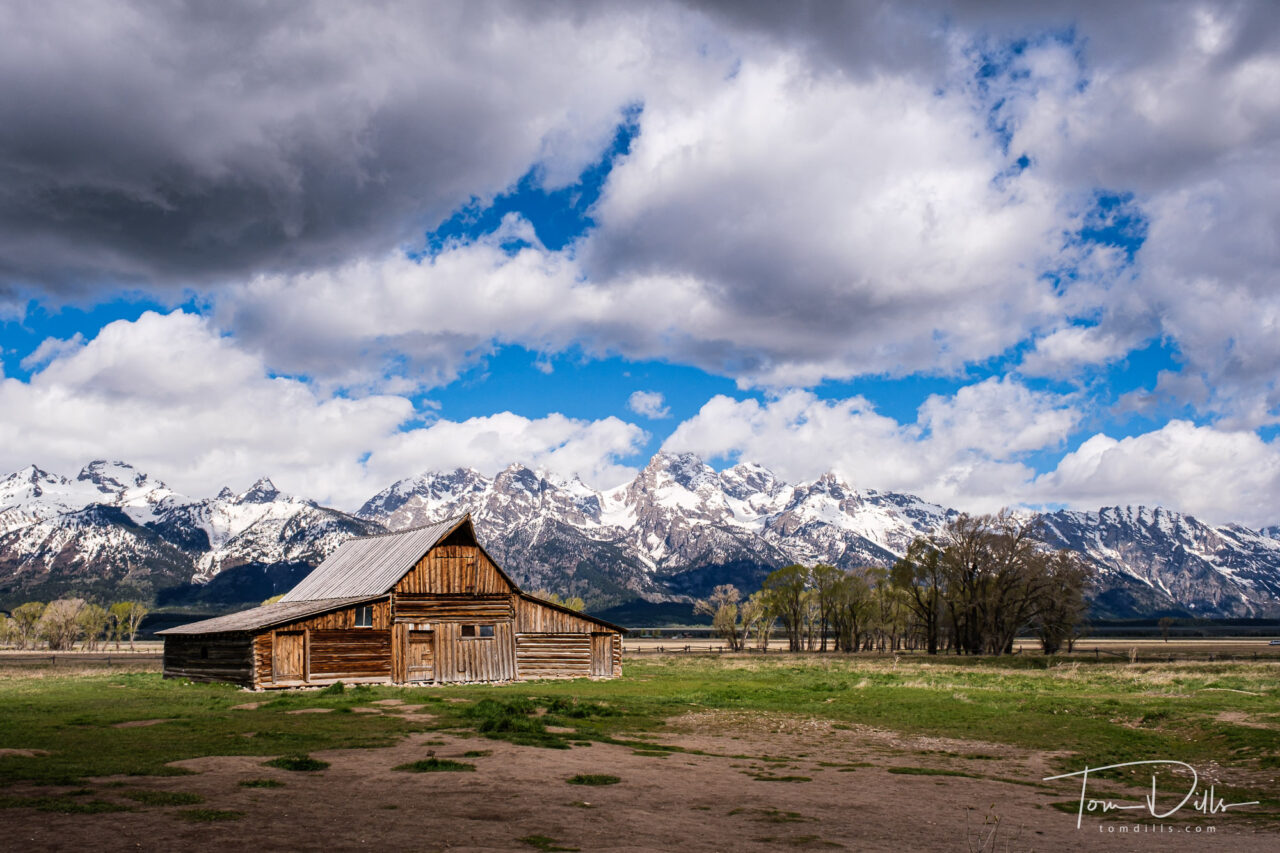
We wrapped up our western swing with a 2 day visit to Jackson, WY and Grand Teton National Park. This is a classic view of the Teton Range from an area called the Mormon Row Historic District. The photo is a bit of a cliche but I can’t imagine a photographer passing it by. Some photographs just need to be taken! We had some pretty nice clouds on this day, which helps a lot.

With apologies to 2clicksaway for borrowing the title, I thought this group of photos made for an interesting study. Taken during our recent cruise aboard Celebrity Beyond.


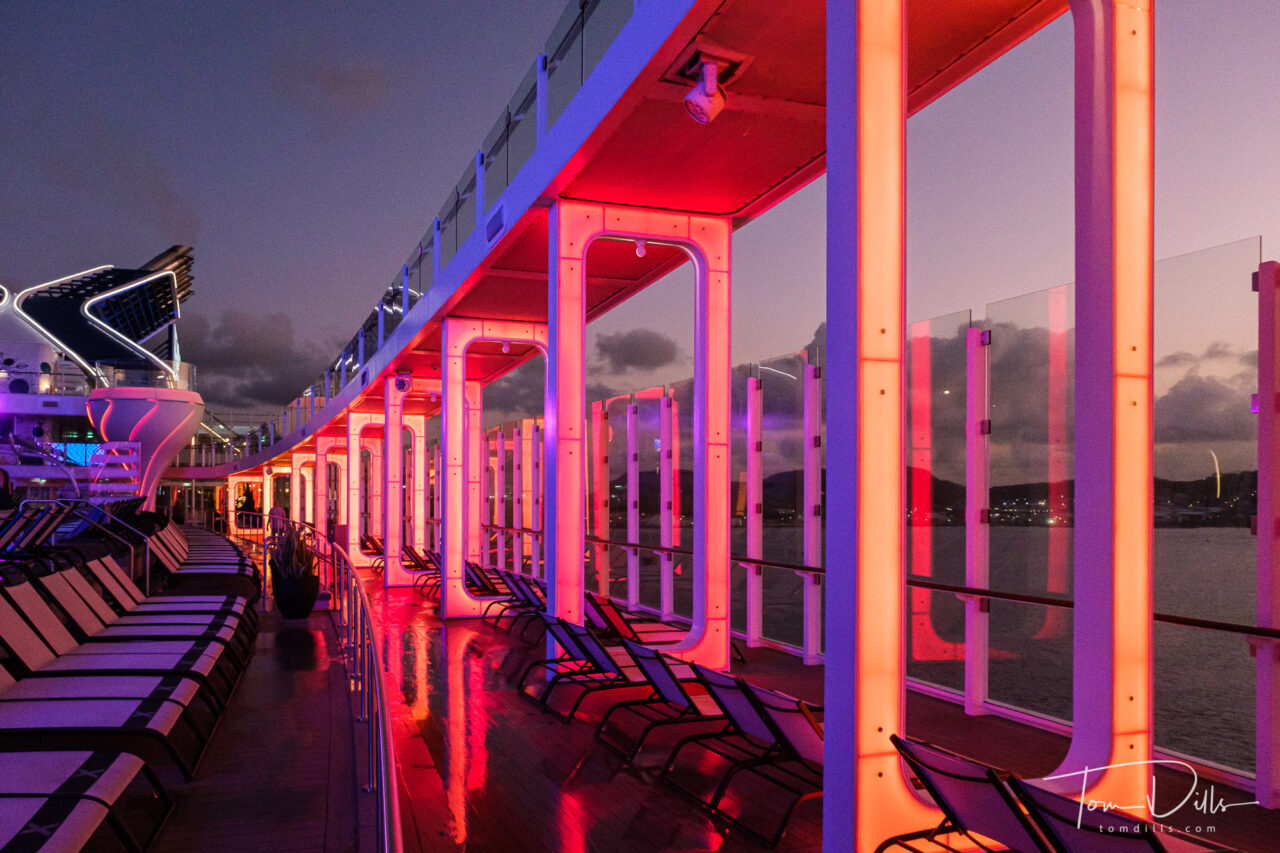

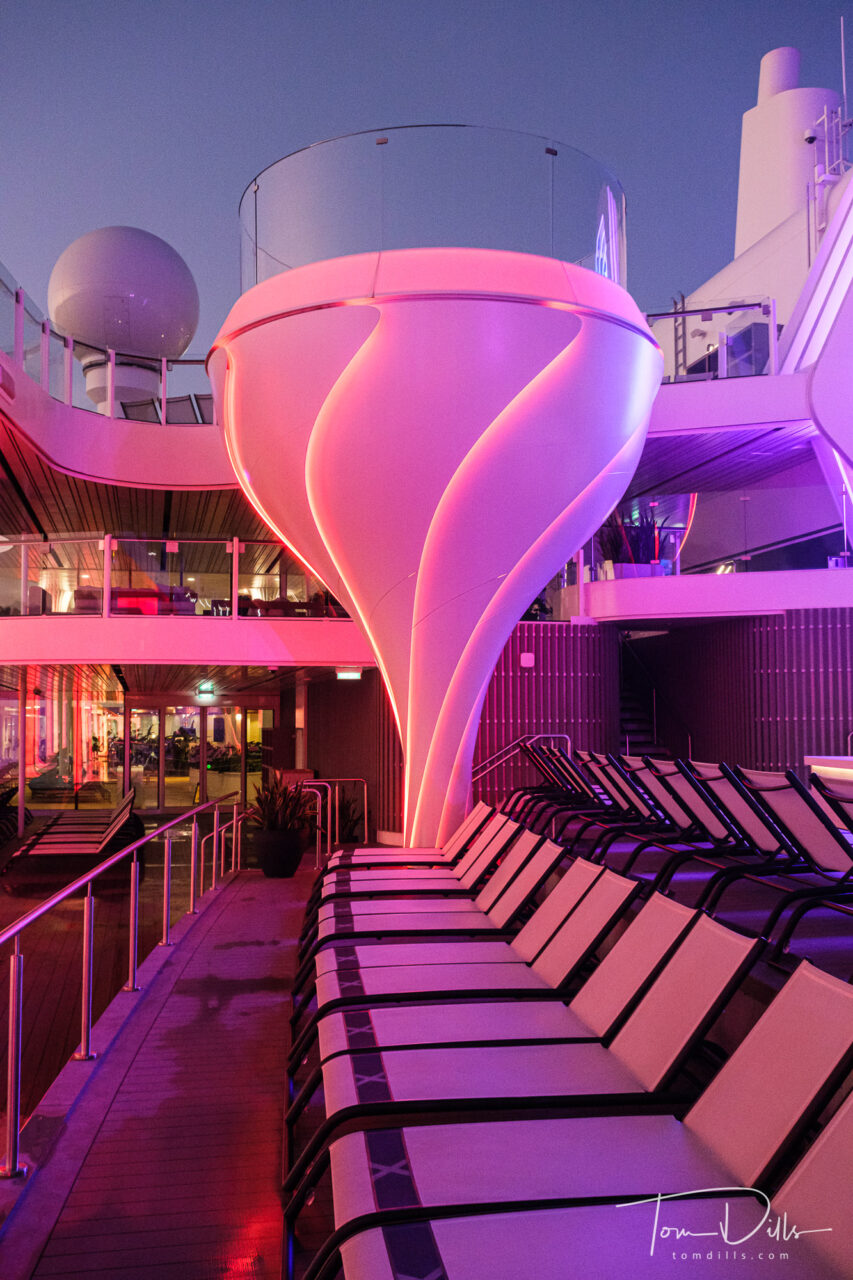
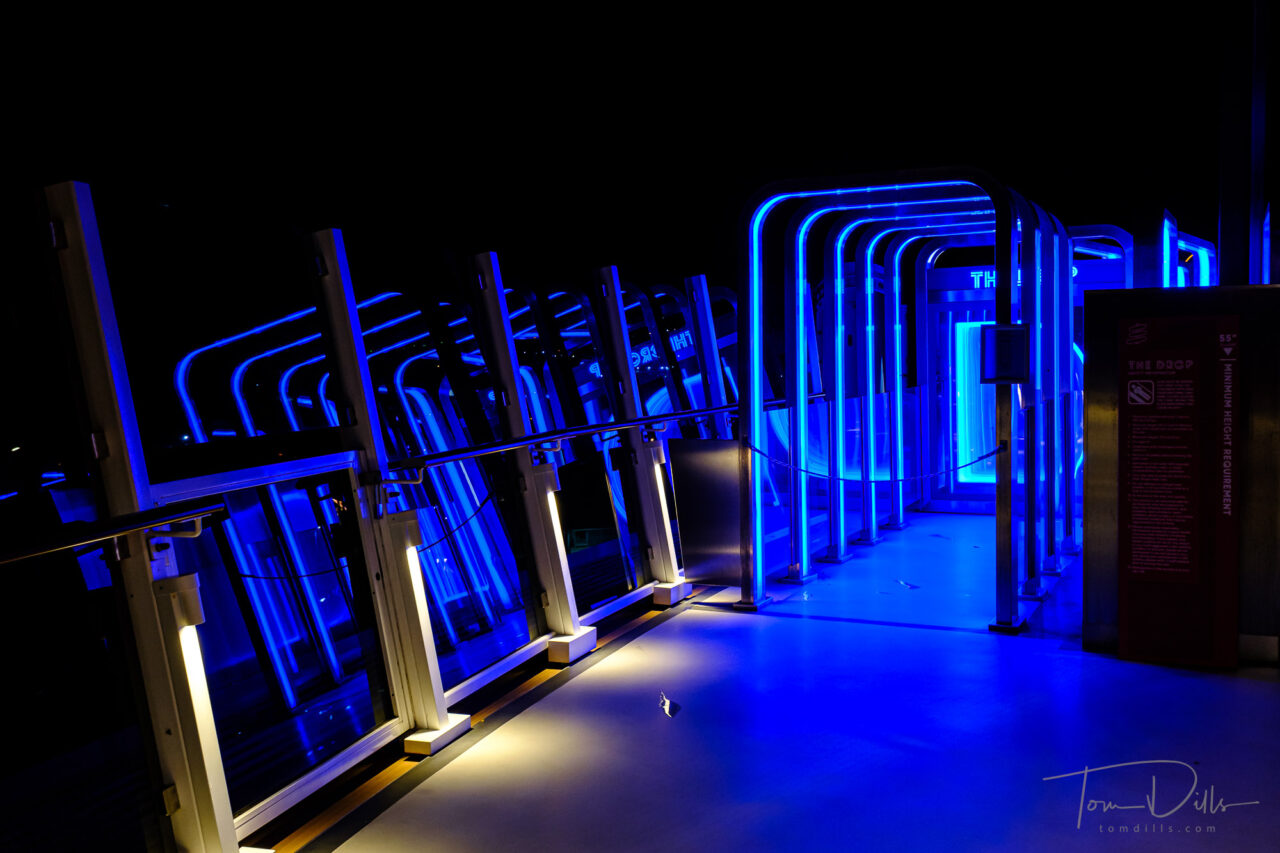
I enjoy early mornings aboard a cruise, well before most of the people stumble out of bed and start looking for the first feeding opportunity. I only got up early one morning while we were aboard Norwegian Prima, and it happened to be the morning of our arrival in Roatan, Honduras. While I was able to watch as we approached the port, for the most part my favorite photos are the ones of different ship details, especially those lit up by all the LED lighting.
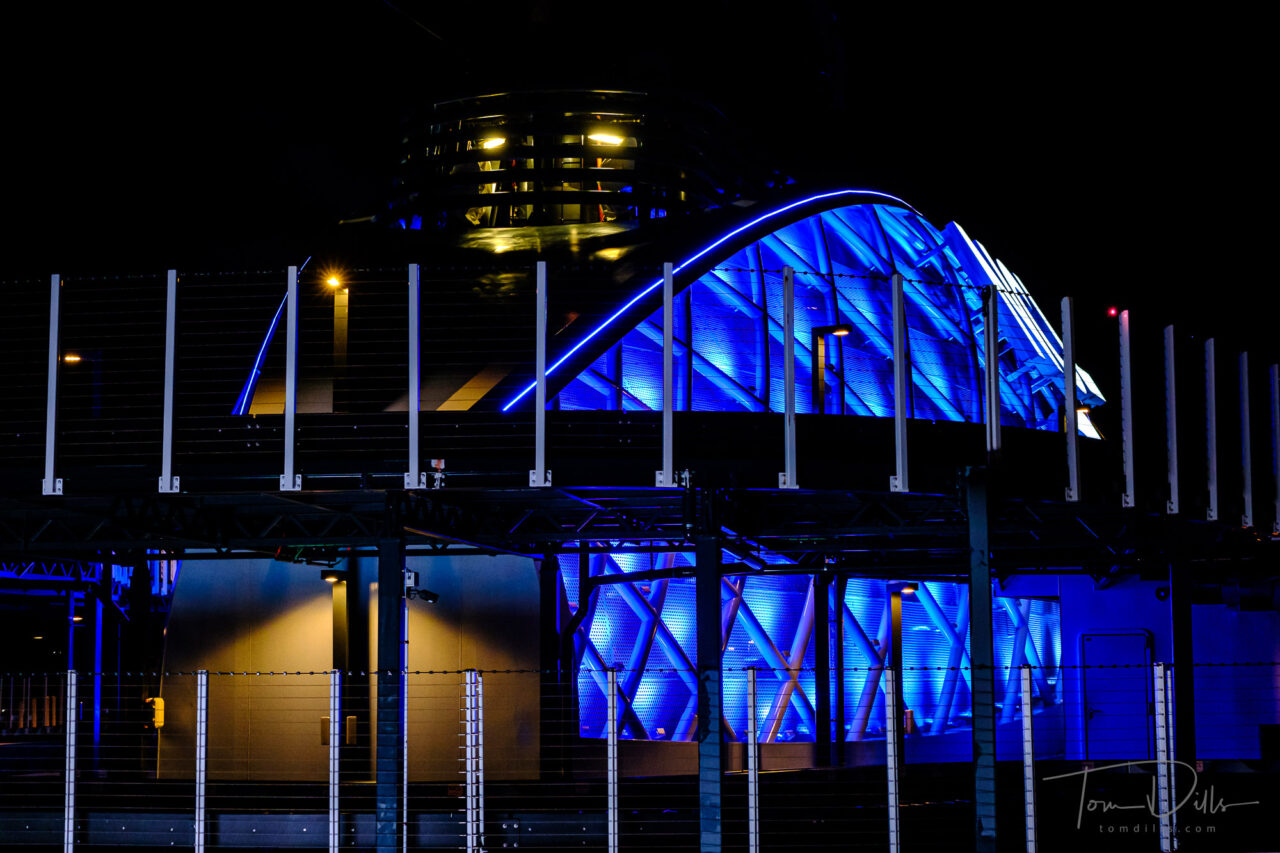
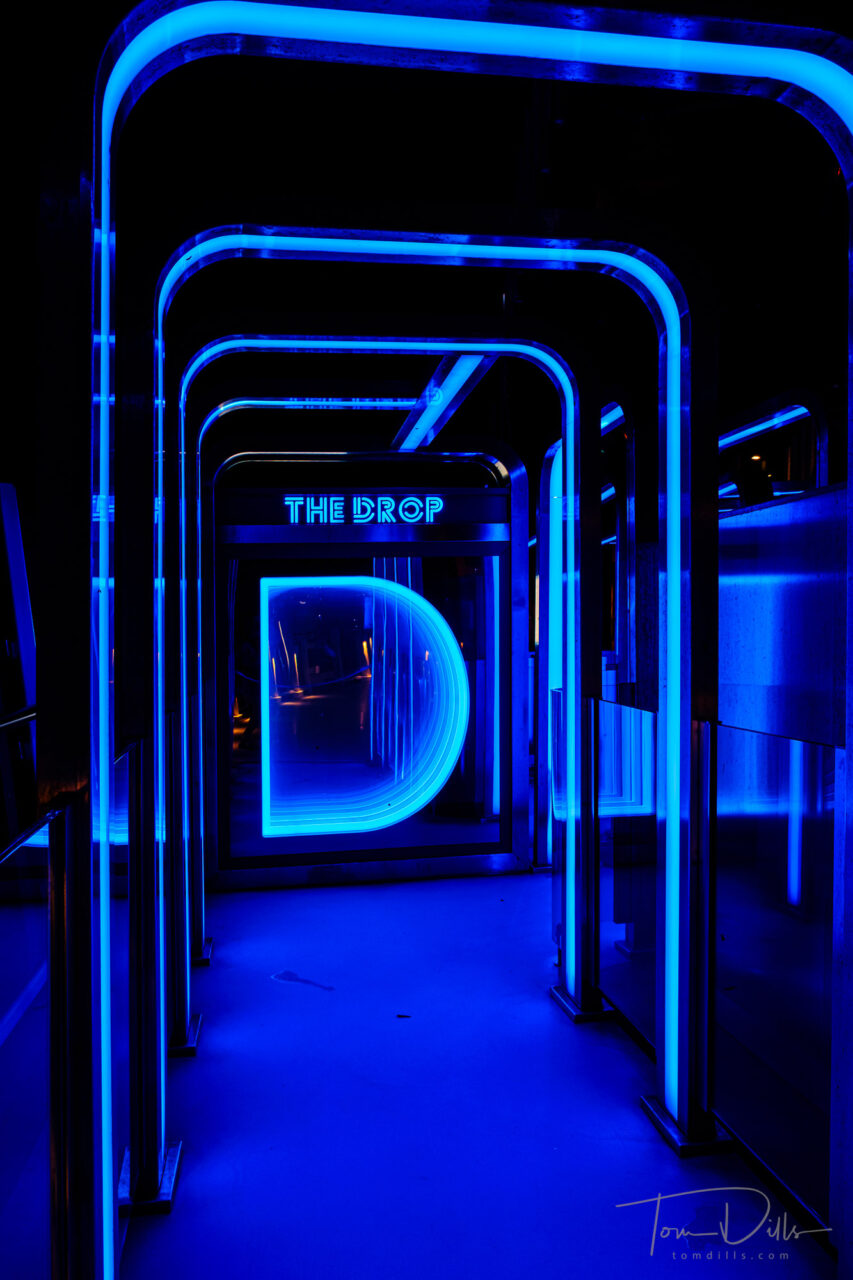
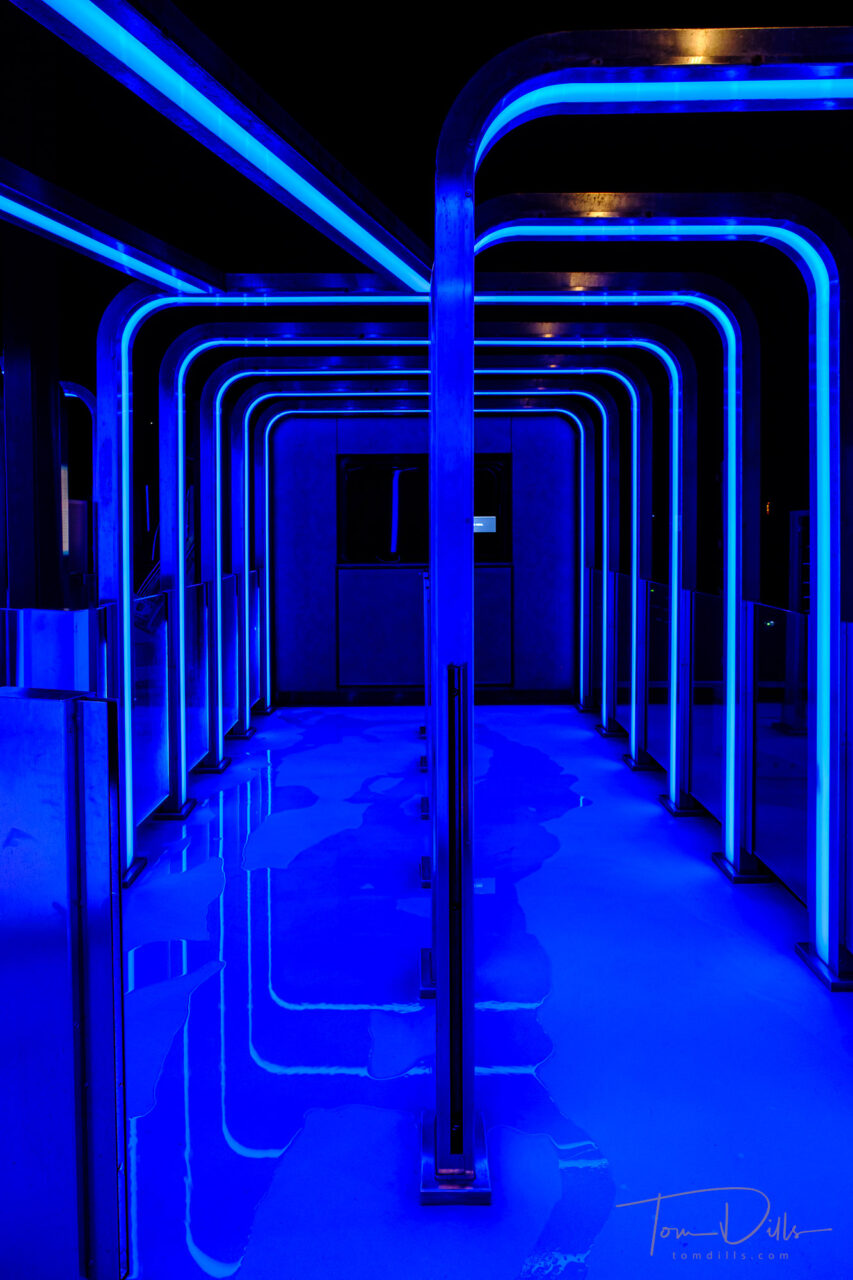
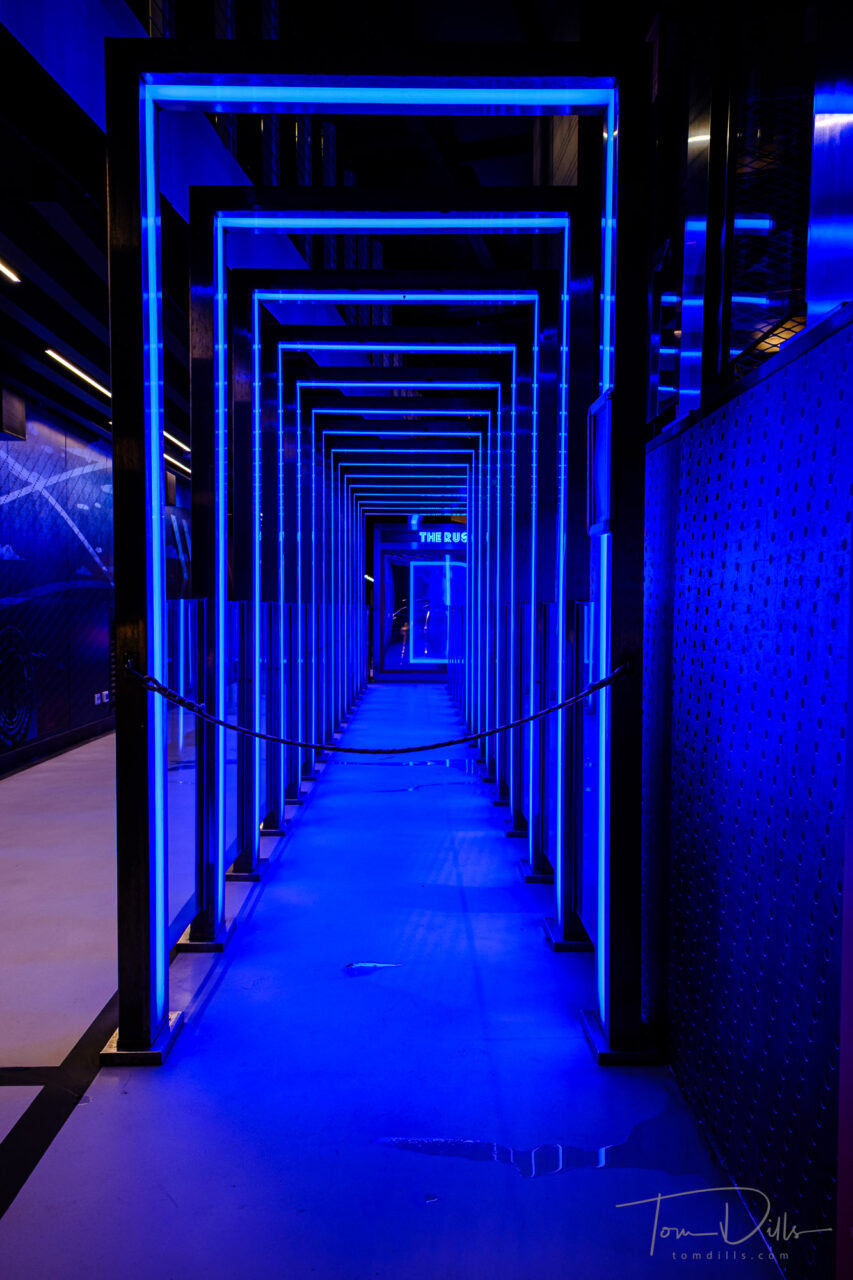
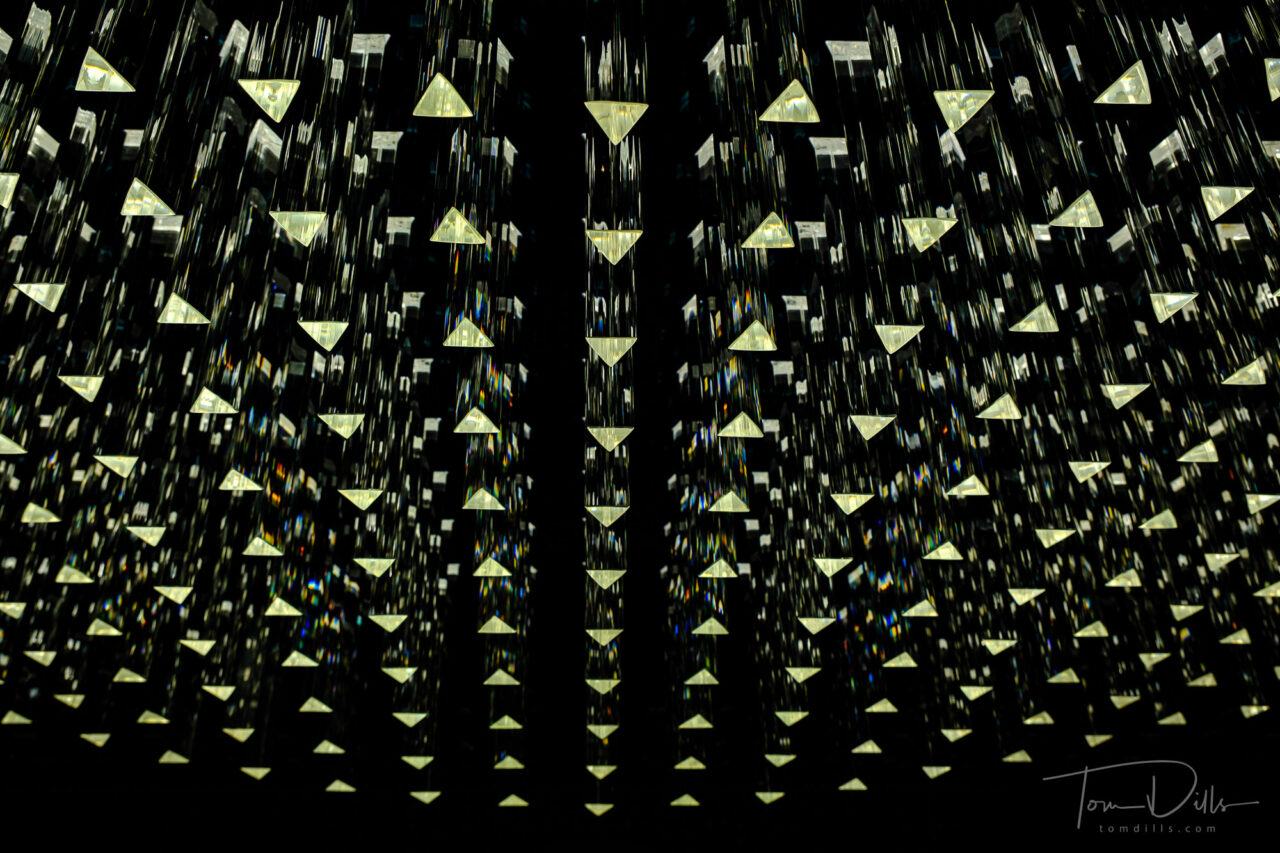
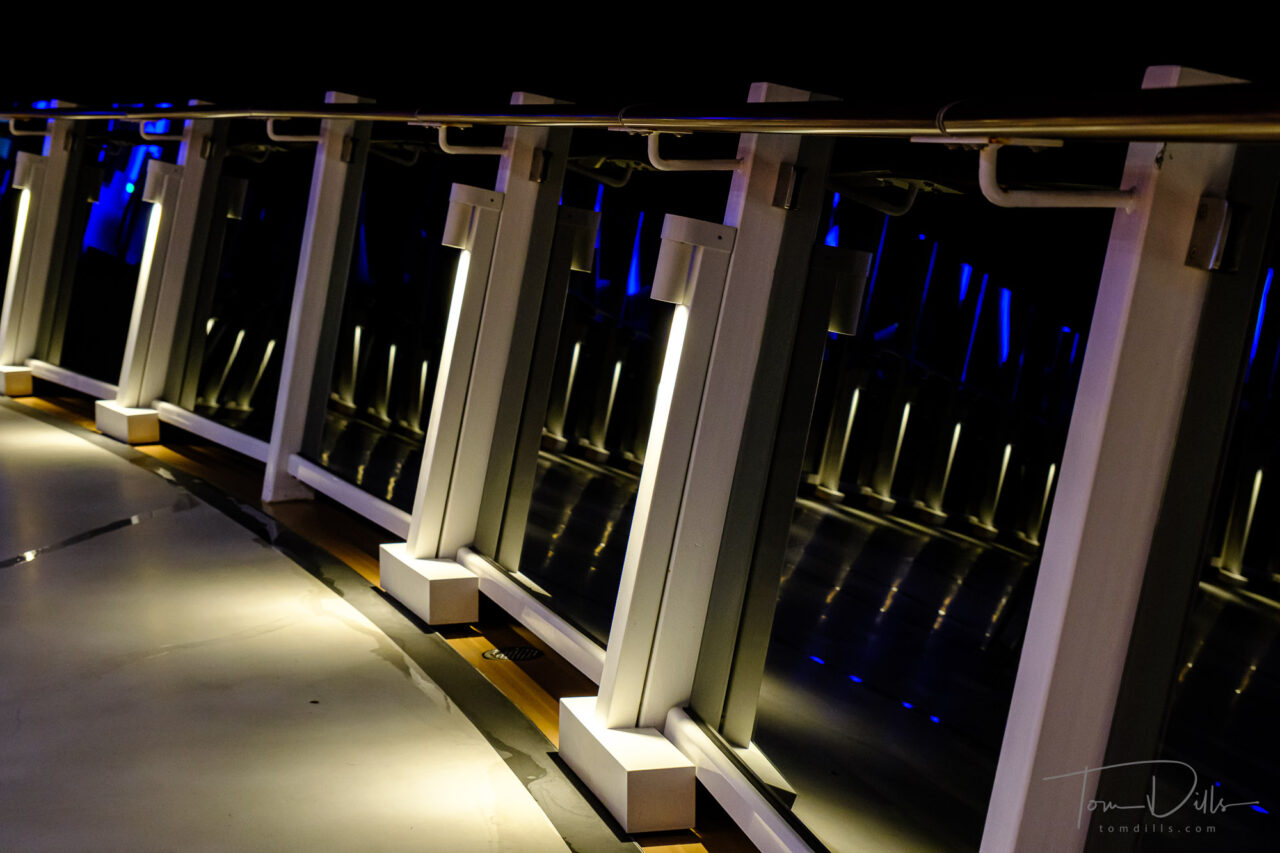
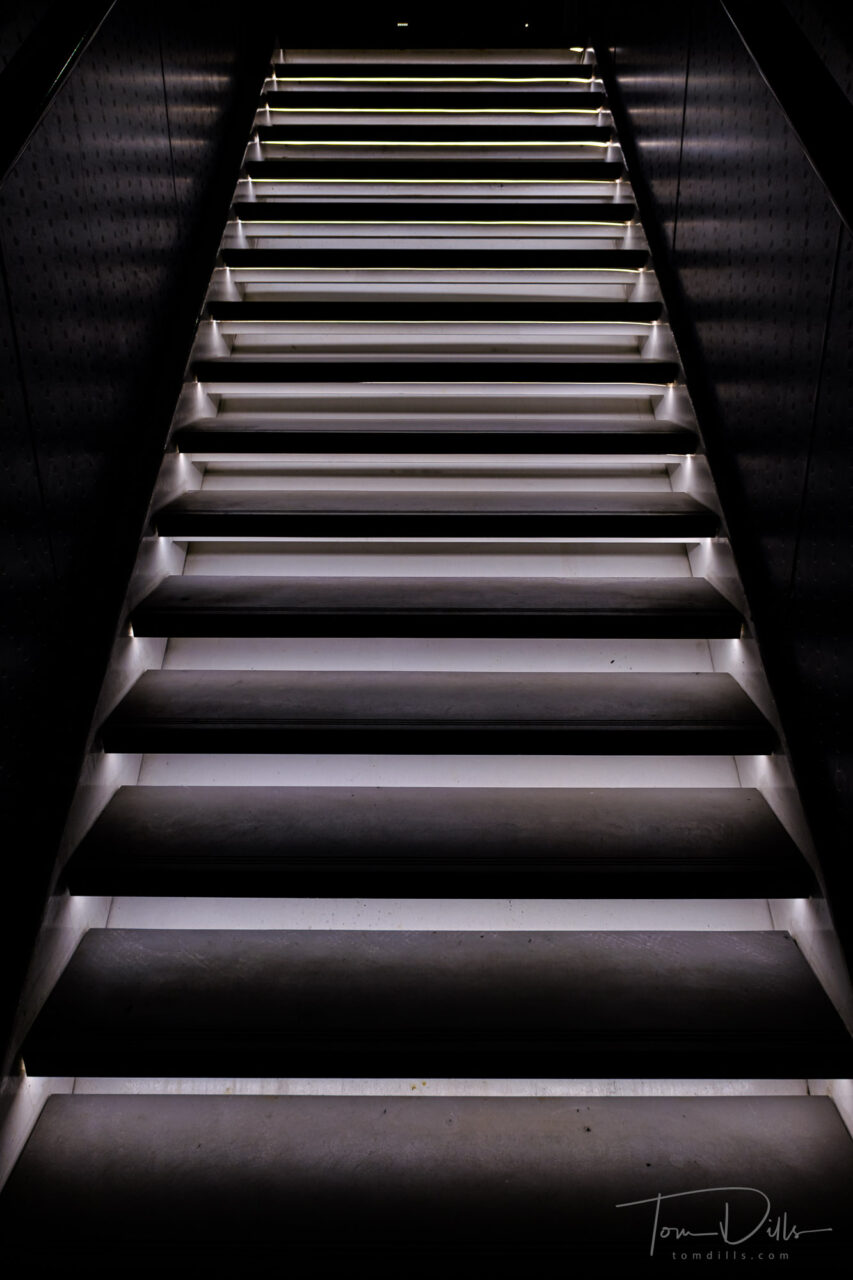
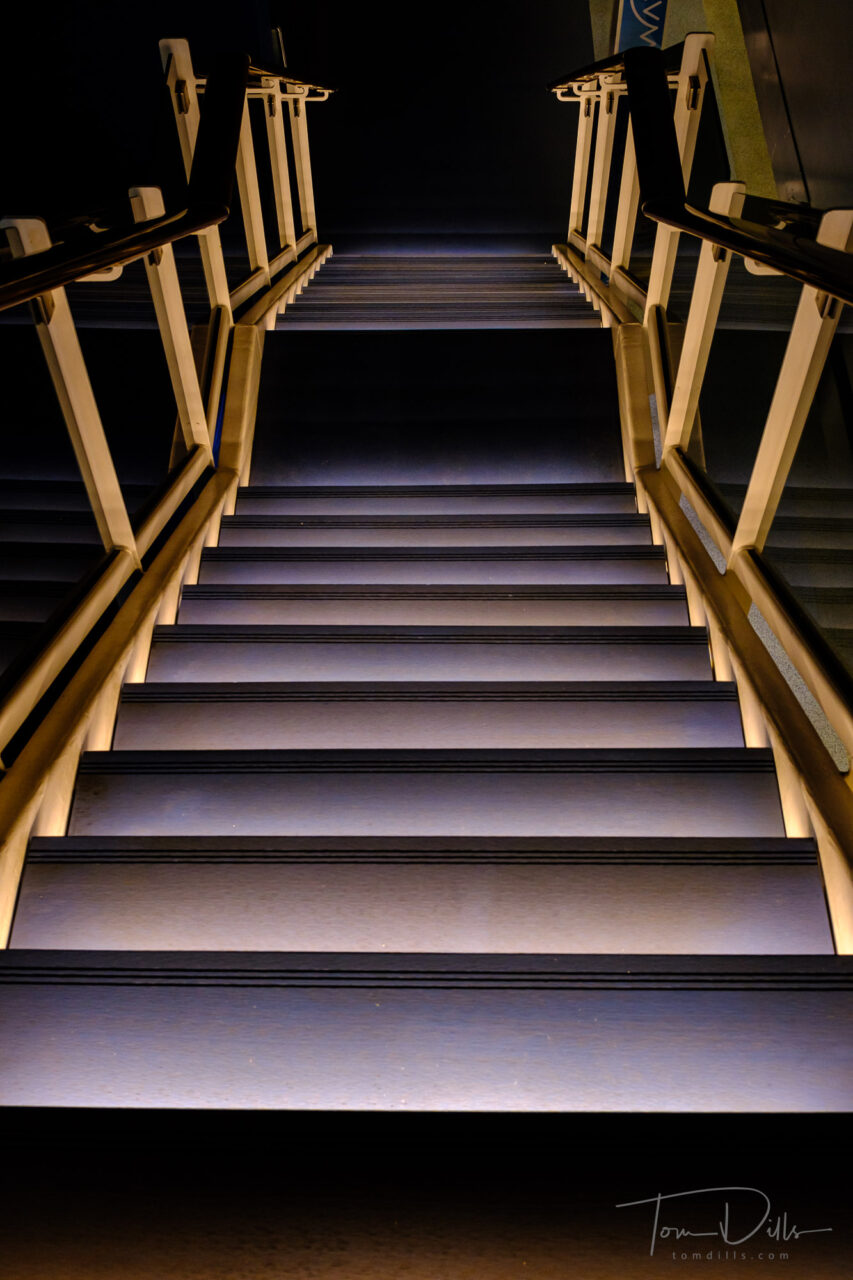
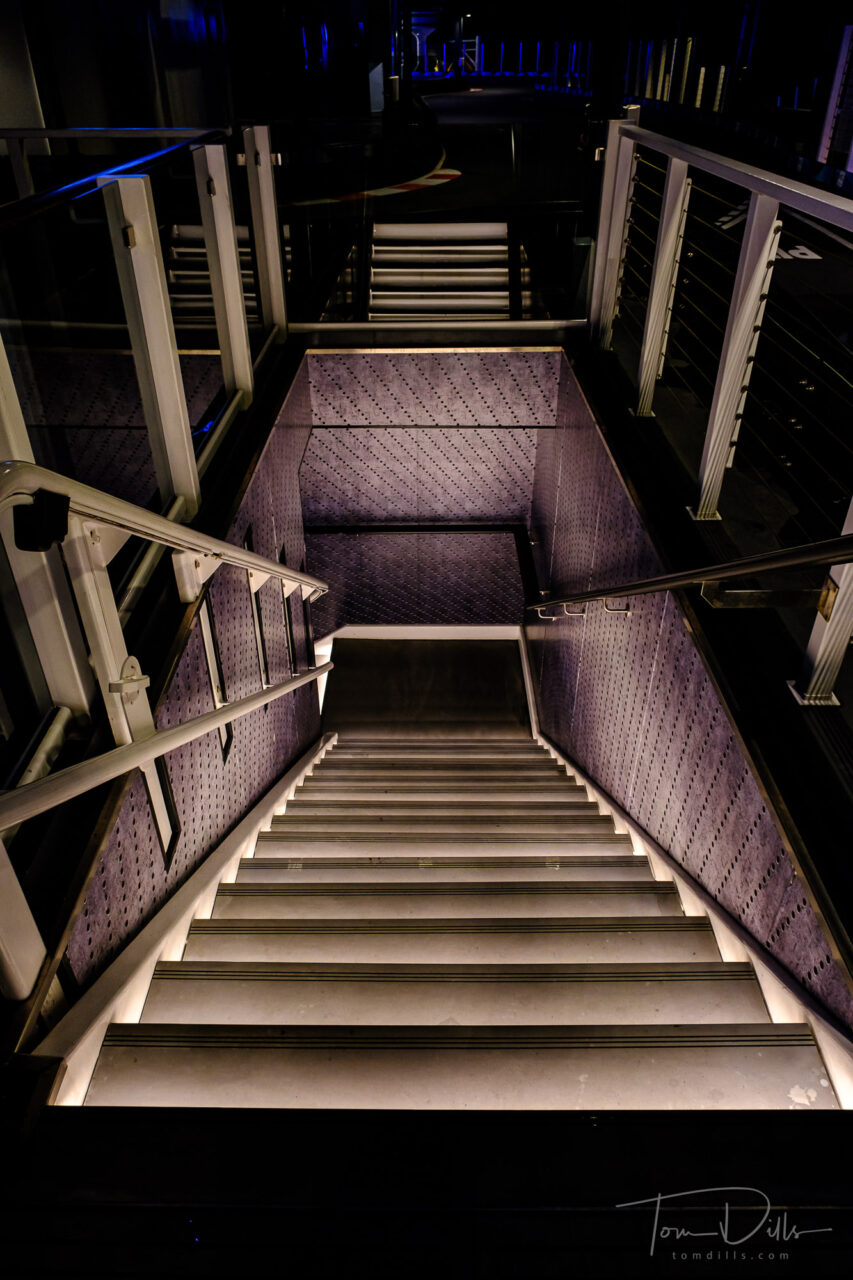
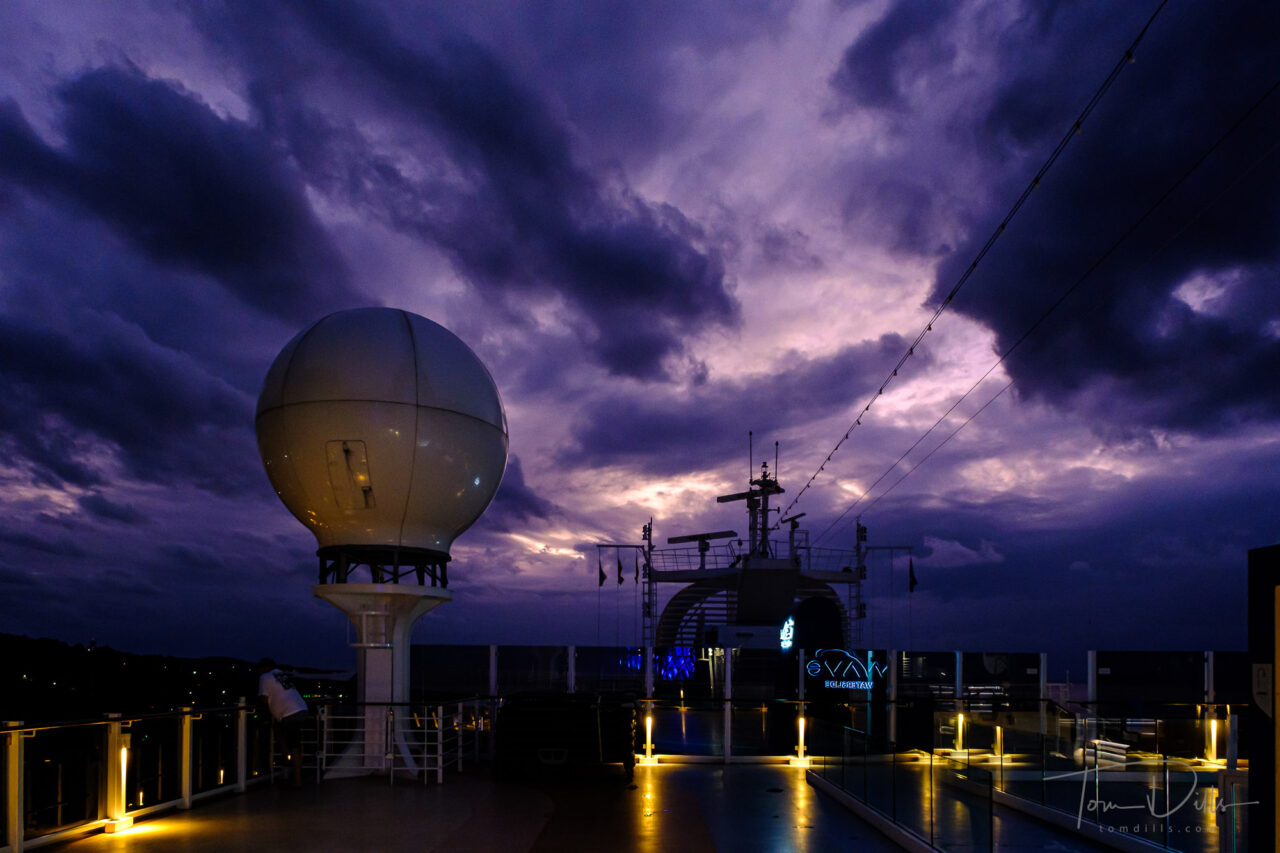
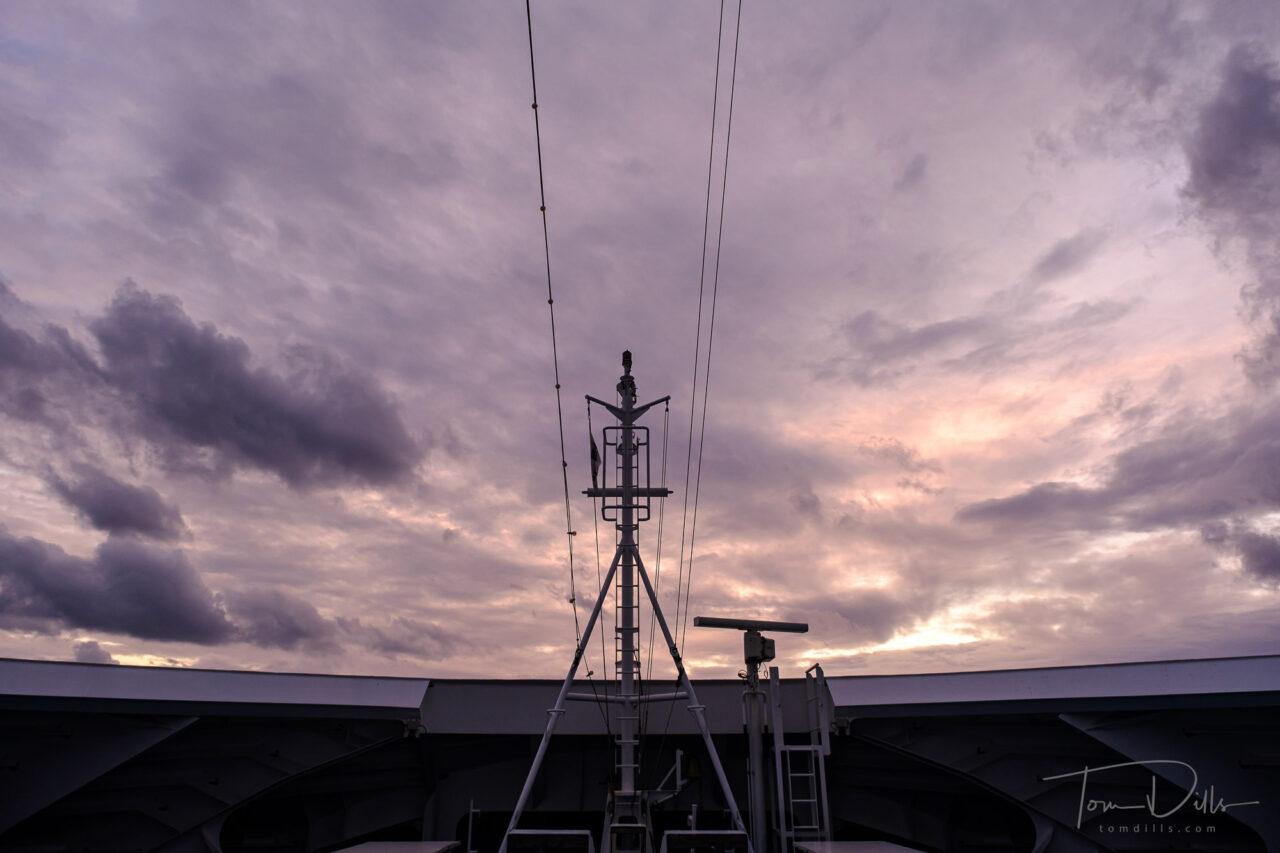
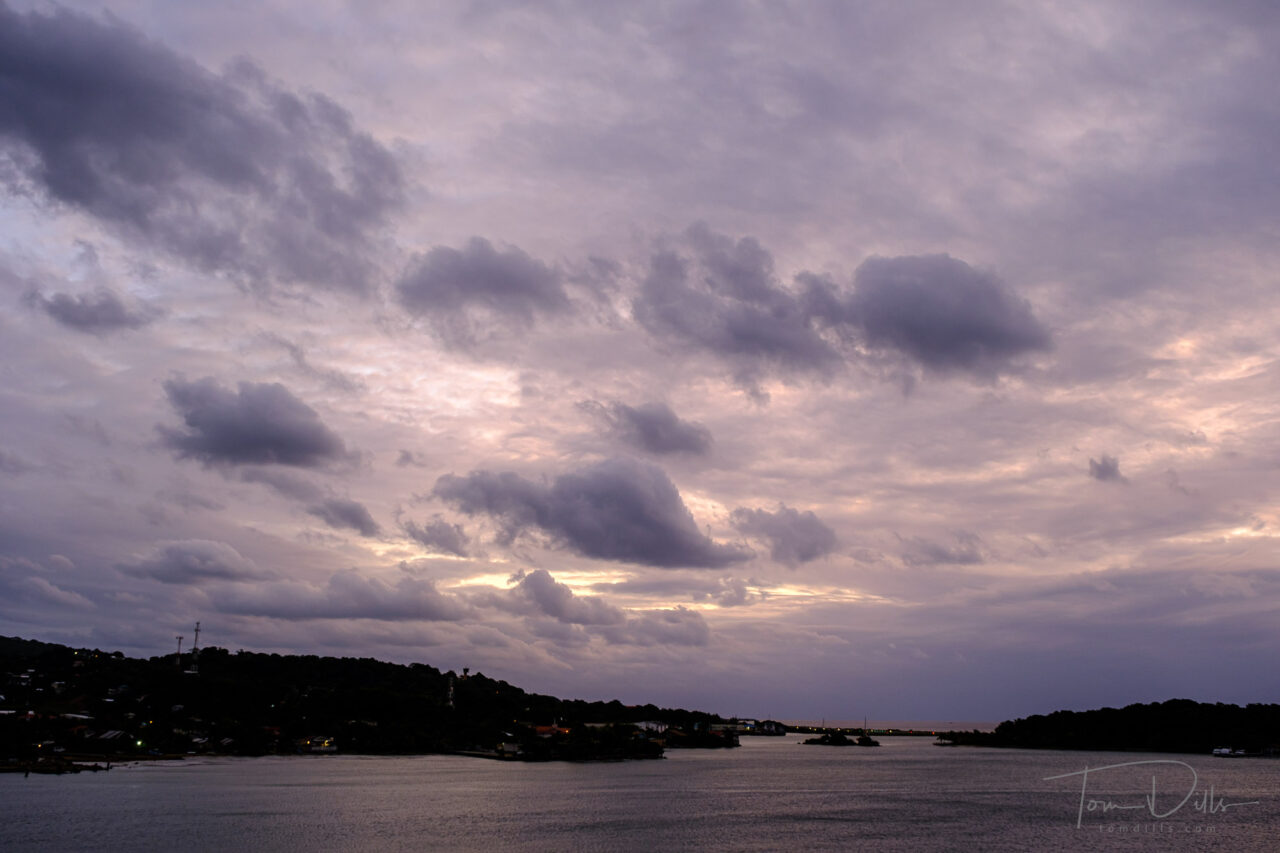
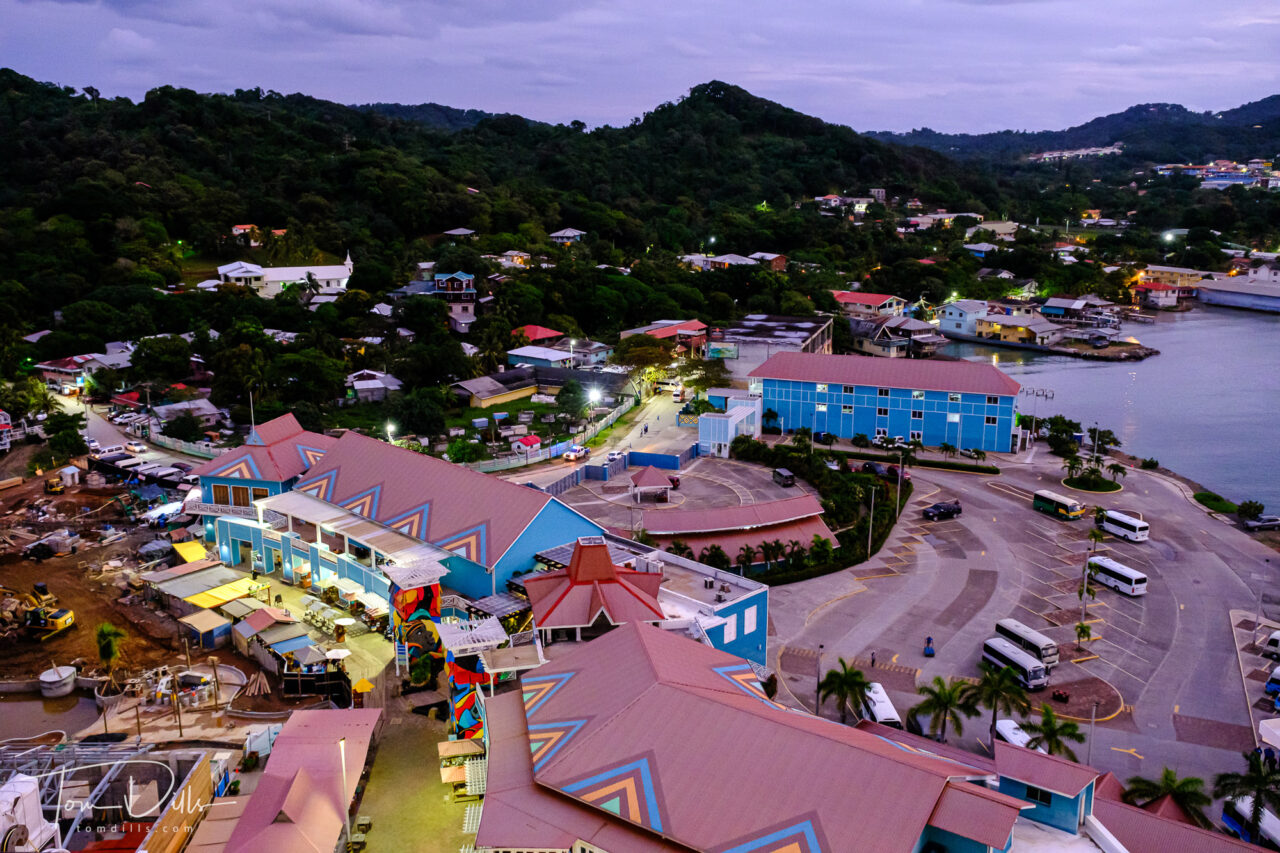
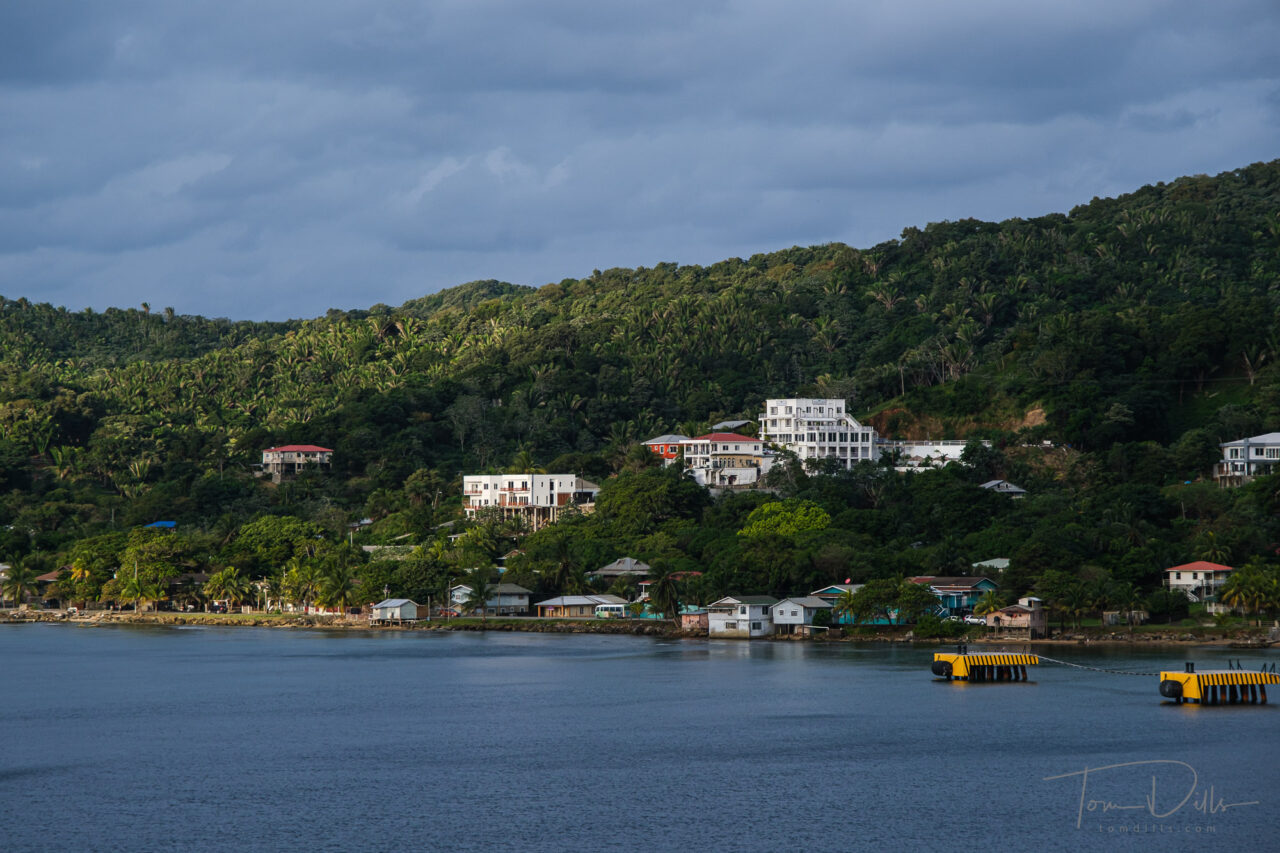
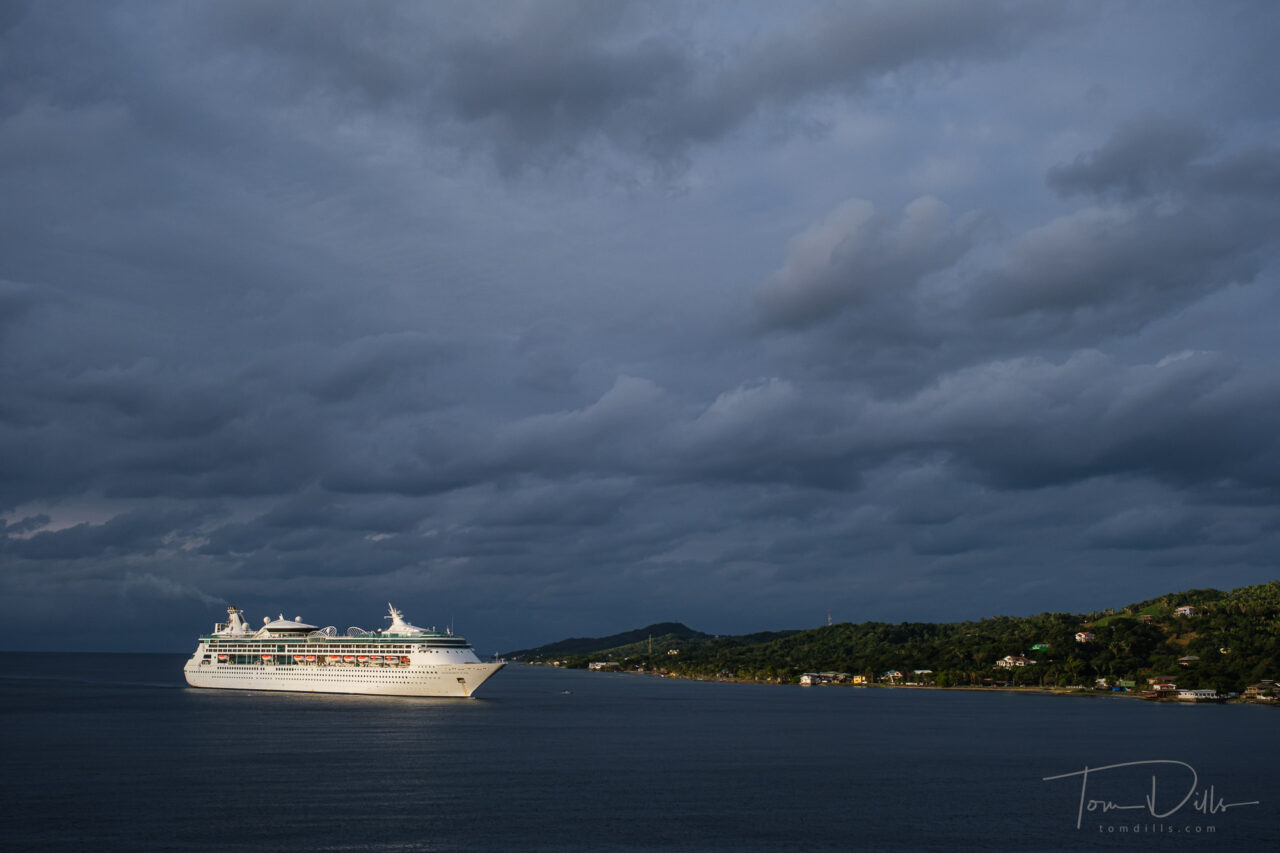
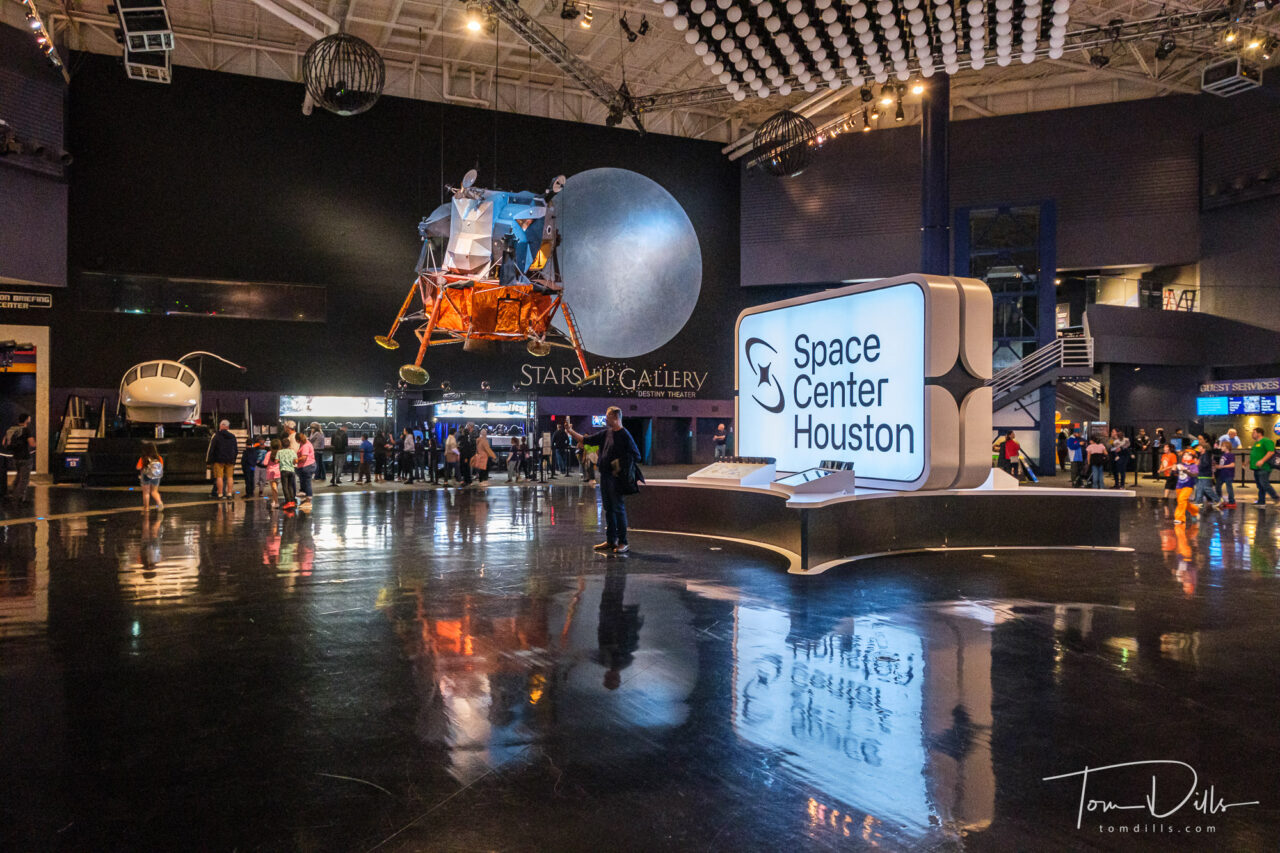
We spent two nights in Galveston before our cruise, and took advantage of the proximity to visit Space Center Houston. Known famously for “Houston We Have A Problem” it is the home of Mission Control, specifically the The Christopher C. Kraft Mission Control Center, from which NASA led Gemini and Apollo missions, including the momentous first lunar landing mission as well as early space shuttle missions.
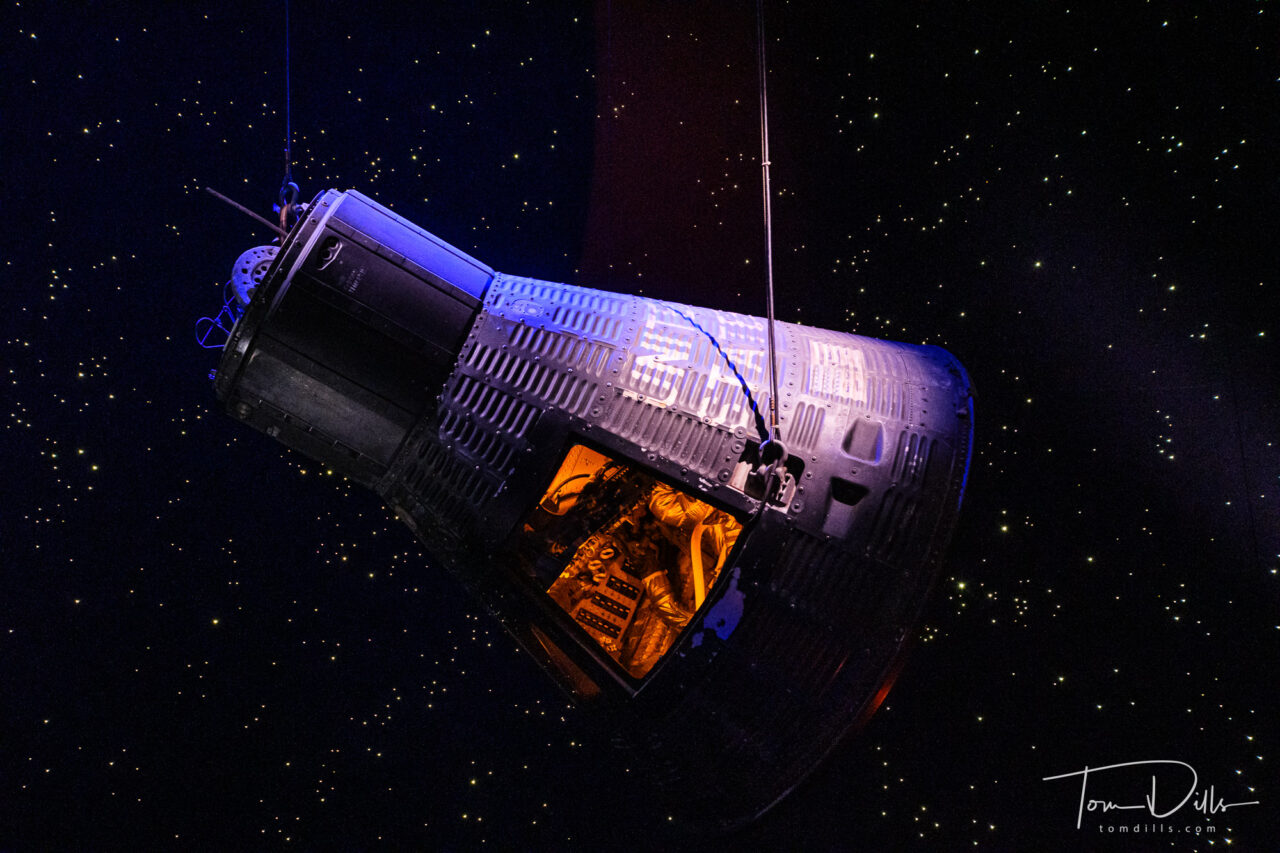
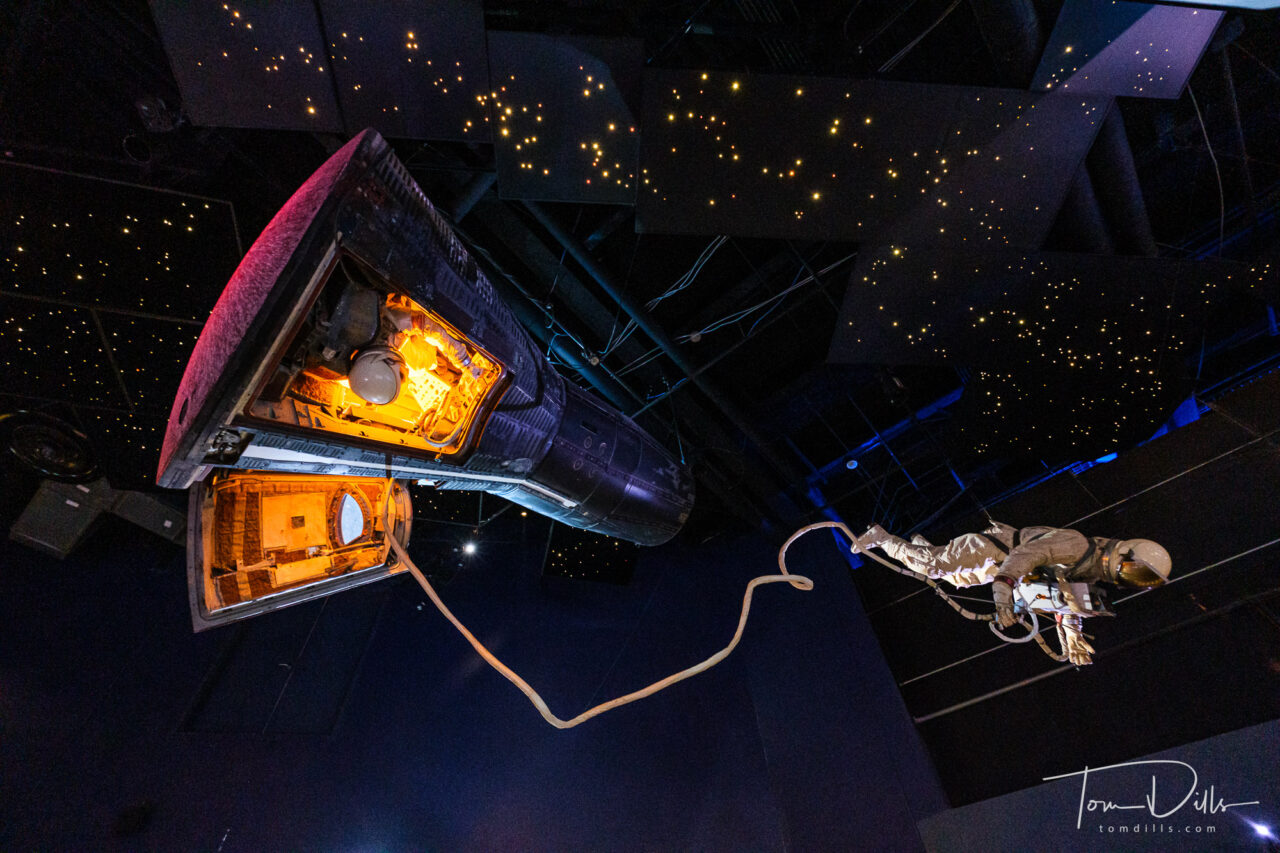
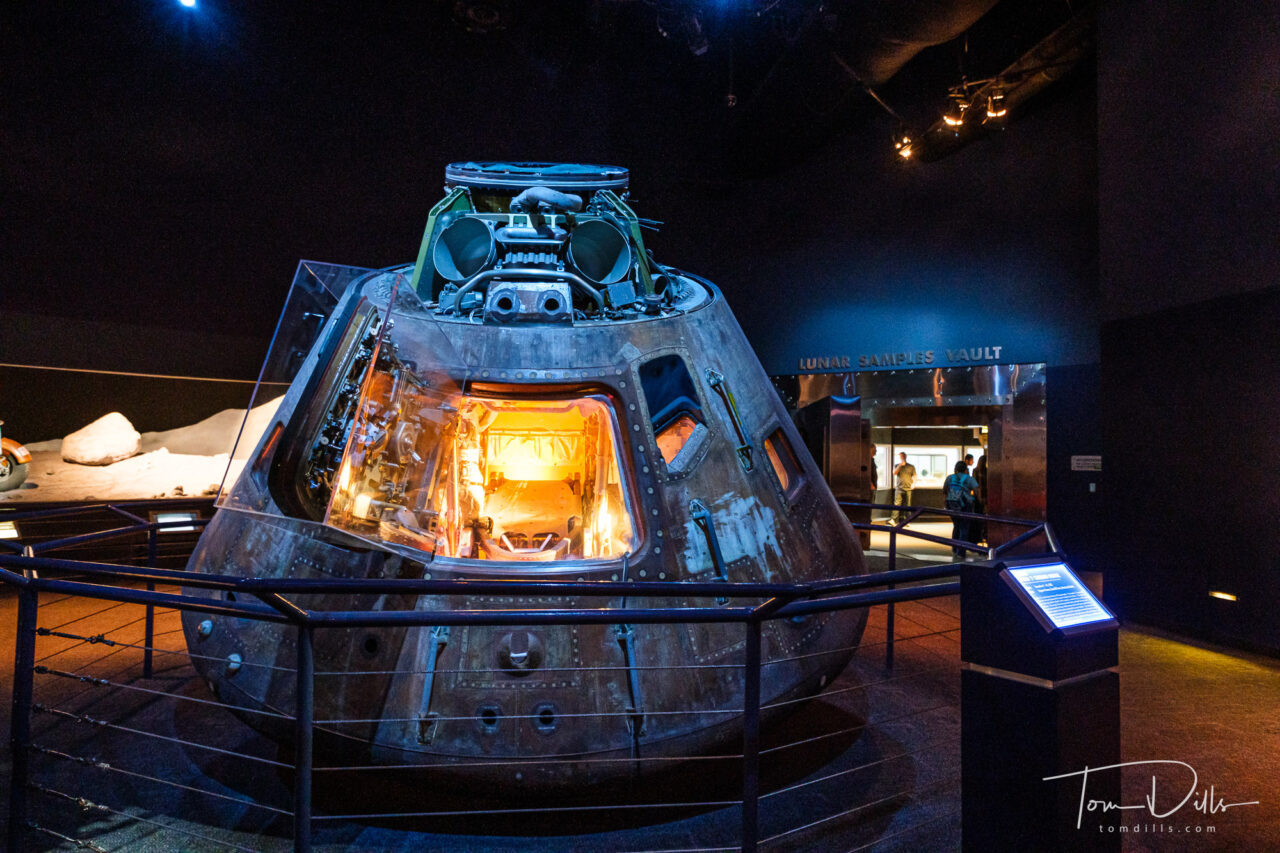
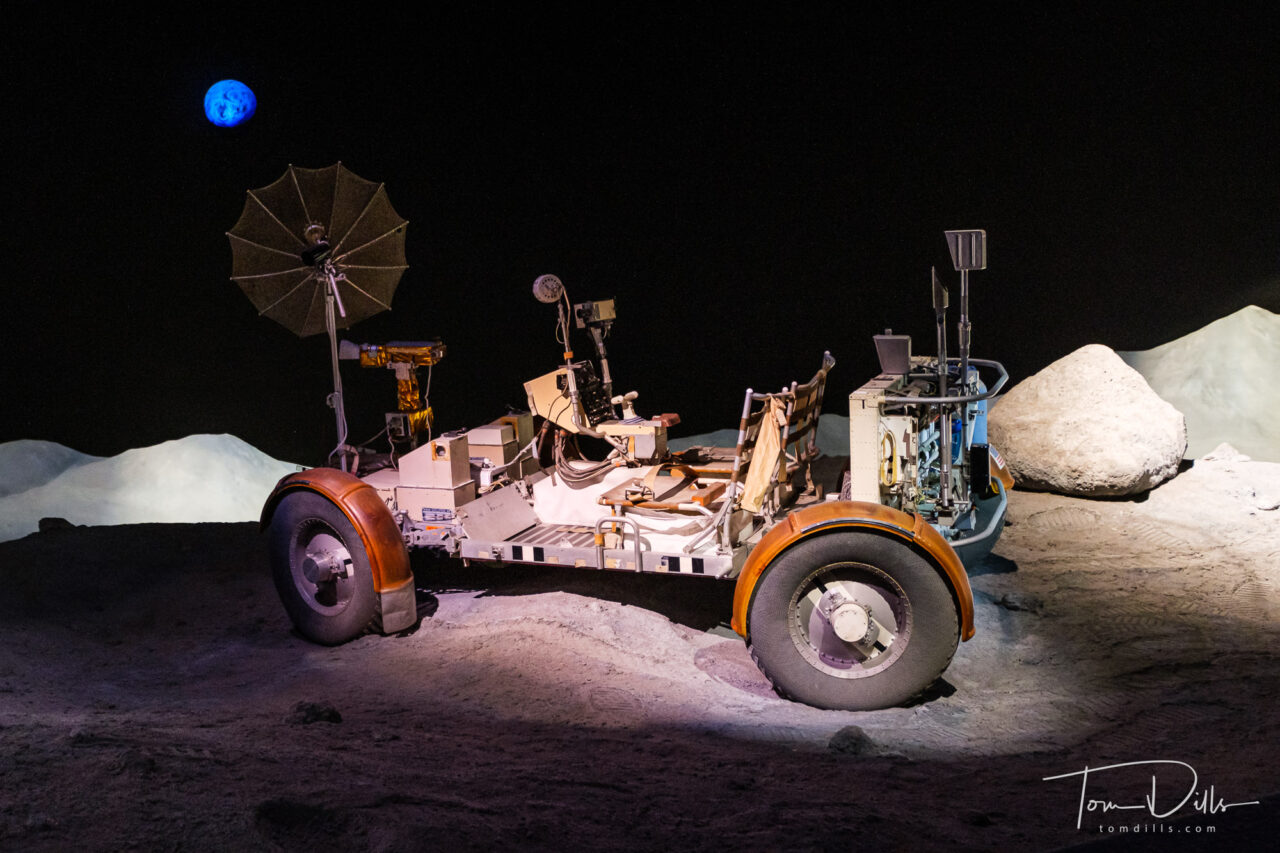
As a space geek from childhood, having the opportunity to visit Mission Control was a bit of a thrill. NASA has completely restored the center to look like it did during the moon landings. They sourced manuals, binders, furniture and even ashtrays from former workers and have turned it into a bit of a museum. The tour took us into what had been the VIP viewing gallery, where we could look through the windows while re-enactments of various scenes from Apollo 11 played out on the screen, including the tense moments of landing at Tranquility Base.
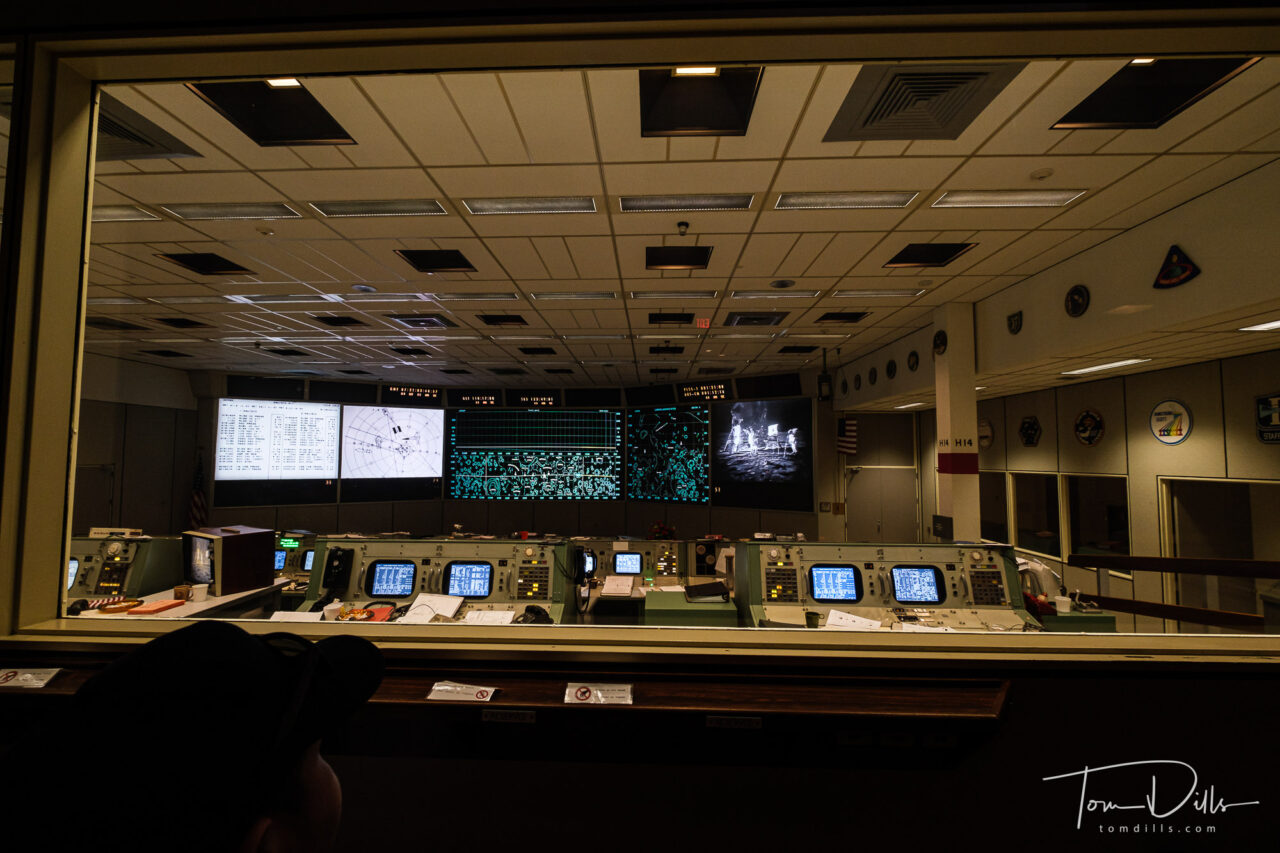
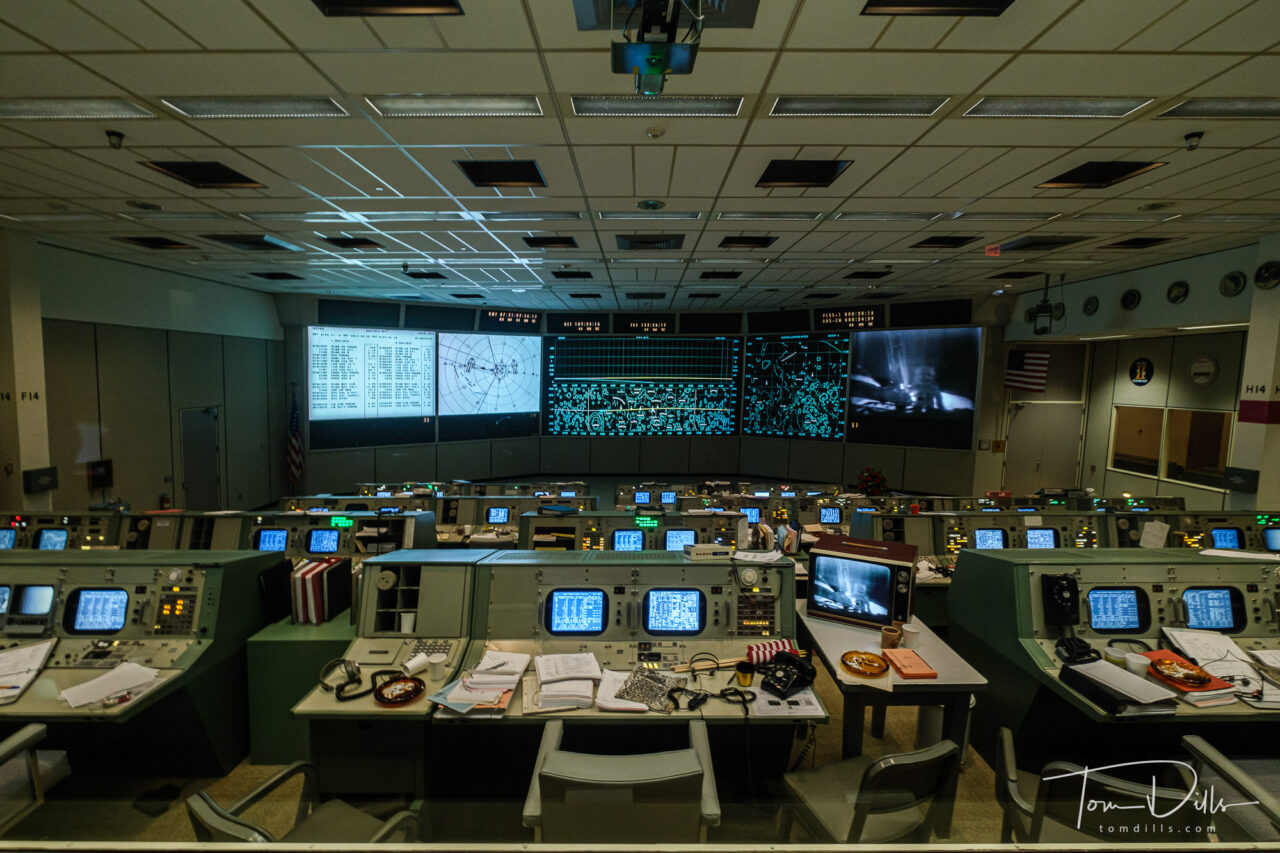
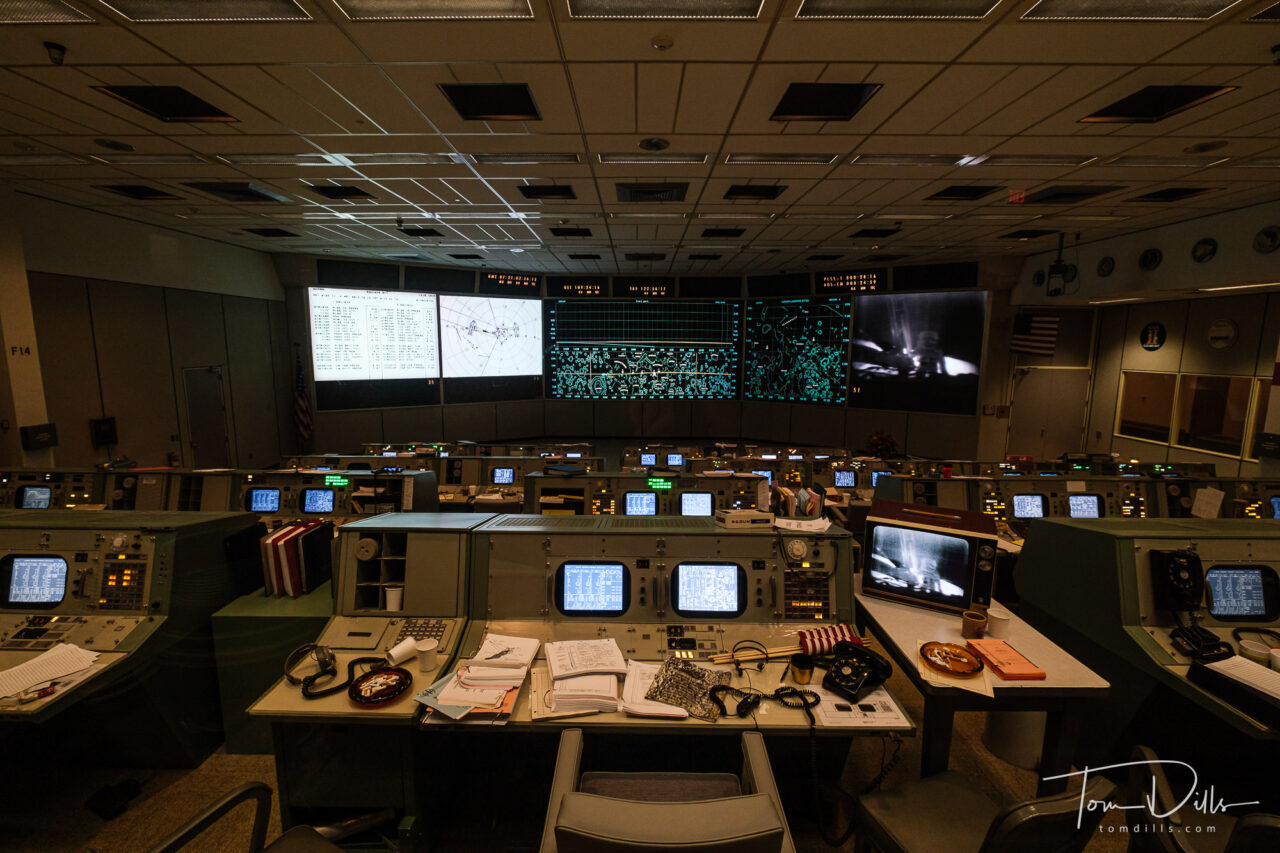
Another highlight of the center is Space Shuttle Independence, which is on display on the back of one of the converted Boeing 747 aircraft which were used to transport the shuttles from California back to Florida between missions. Both craft were open to walk through, with plenty of information displays. The size of the combined vehicles is quite impressive!
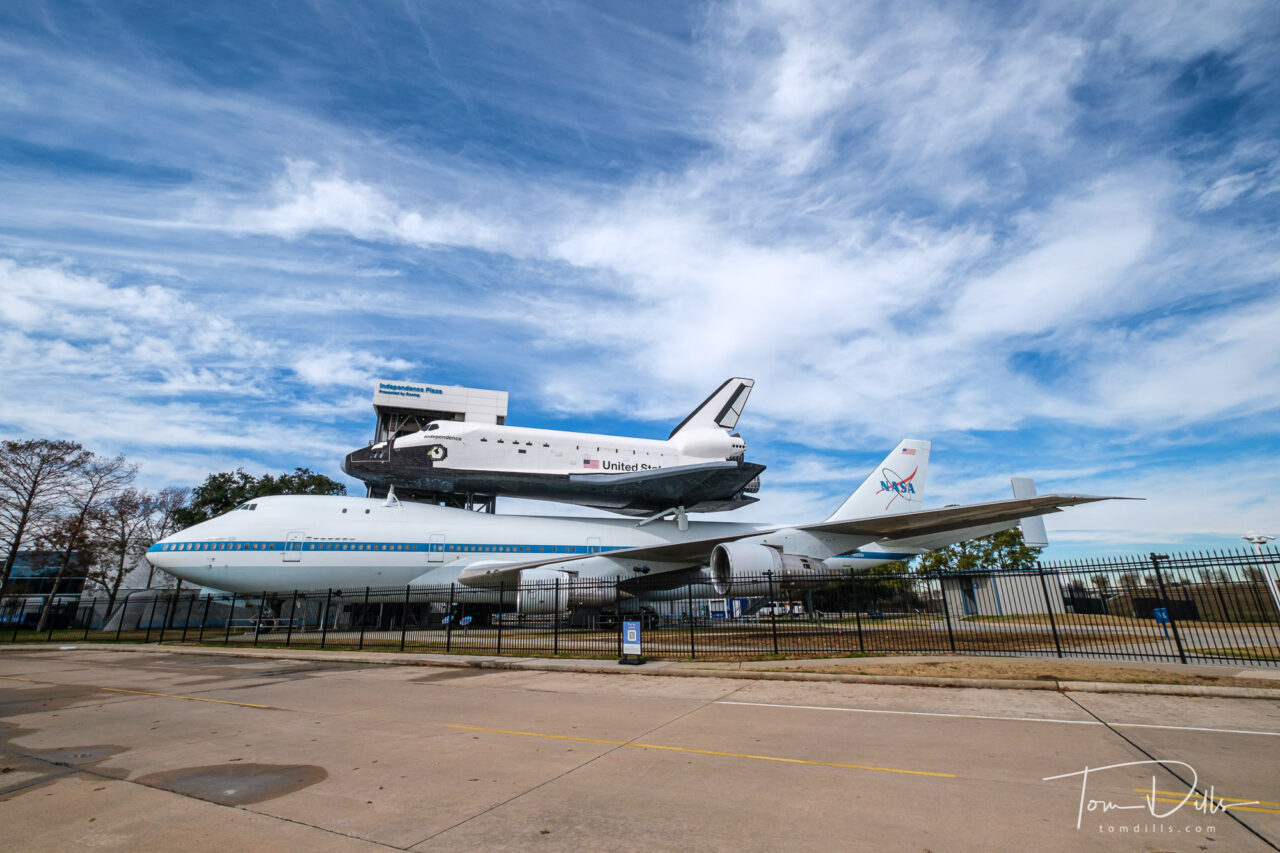
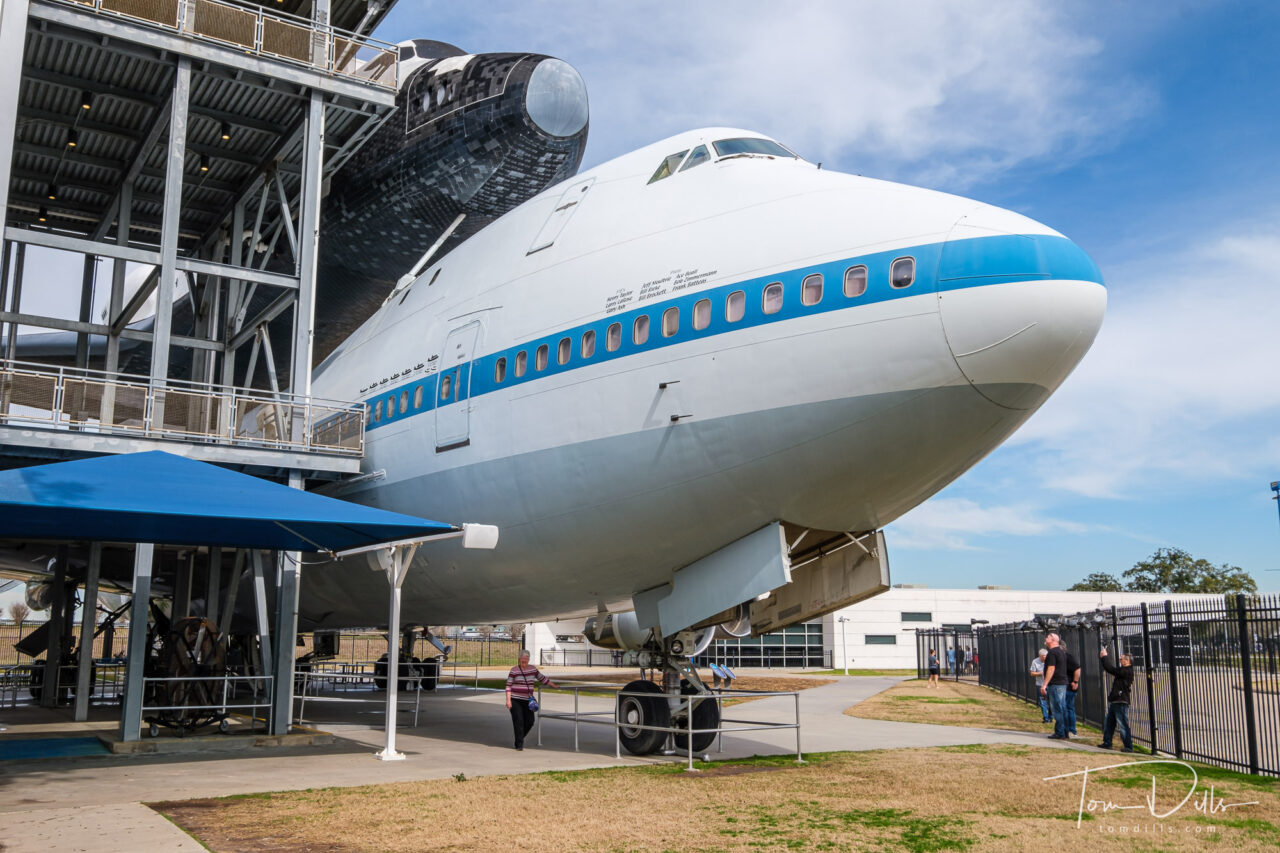
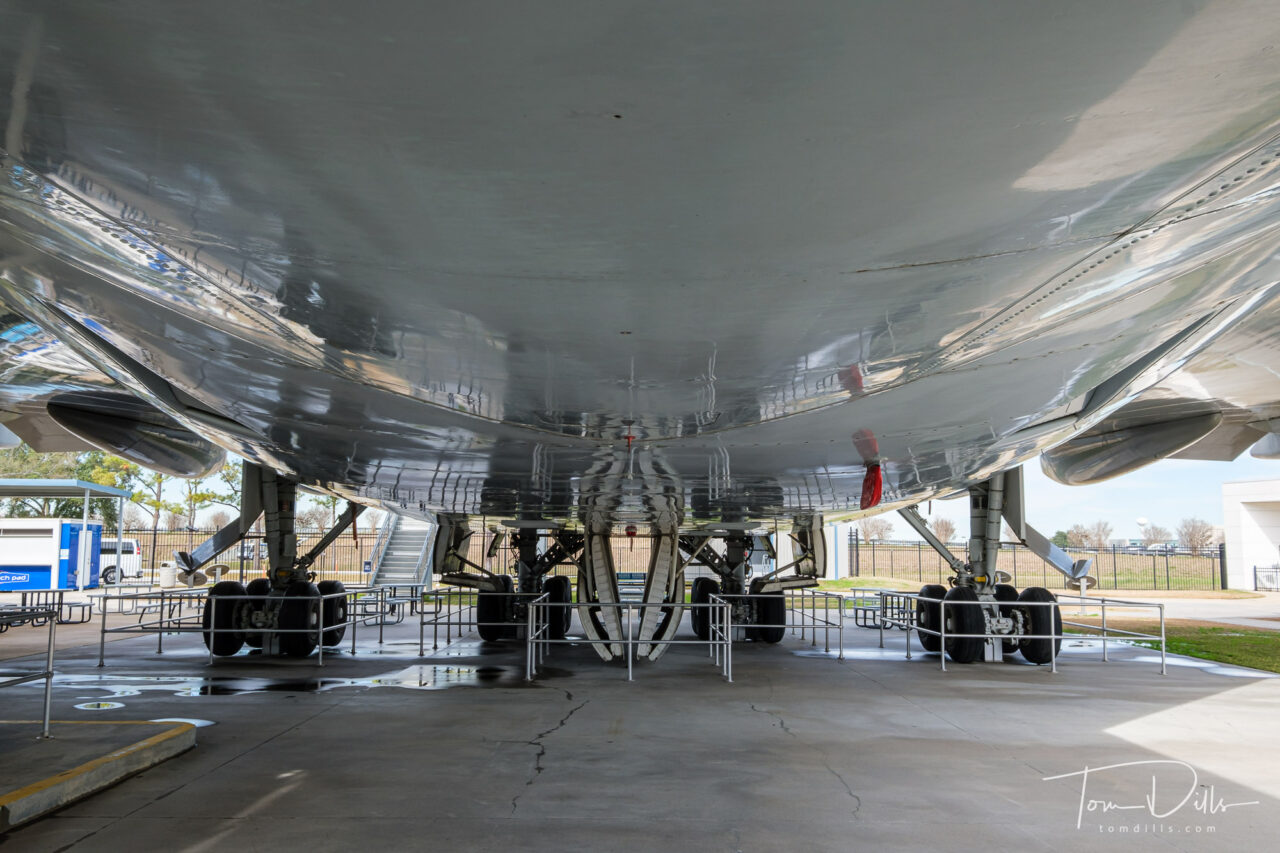
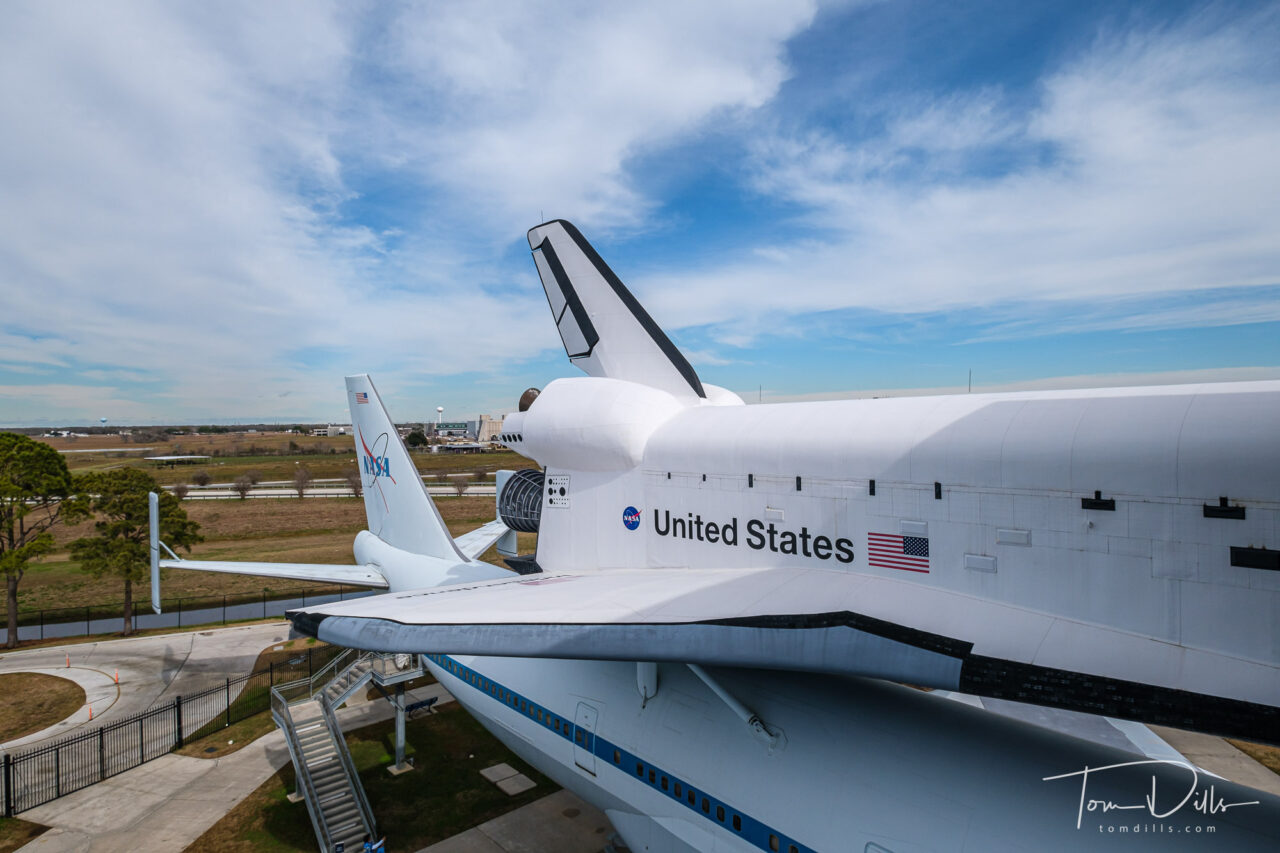
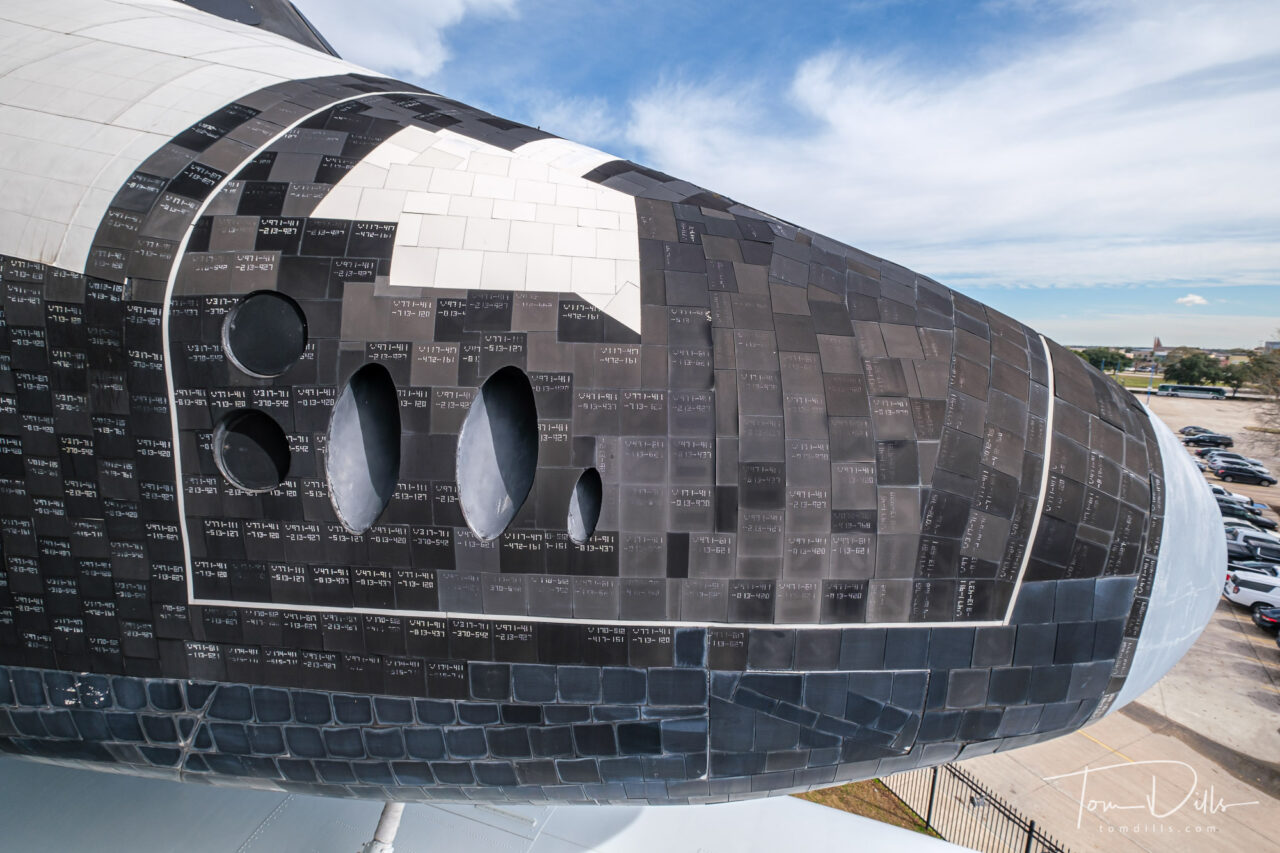
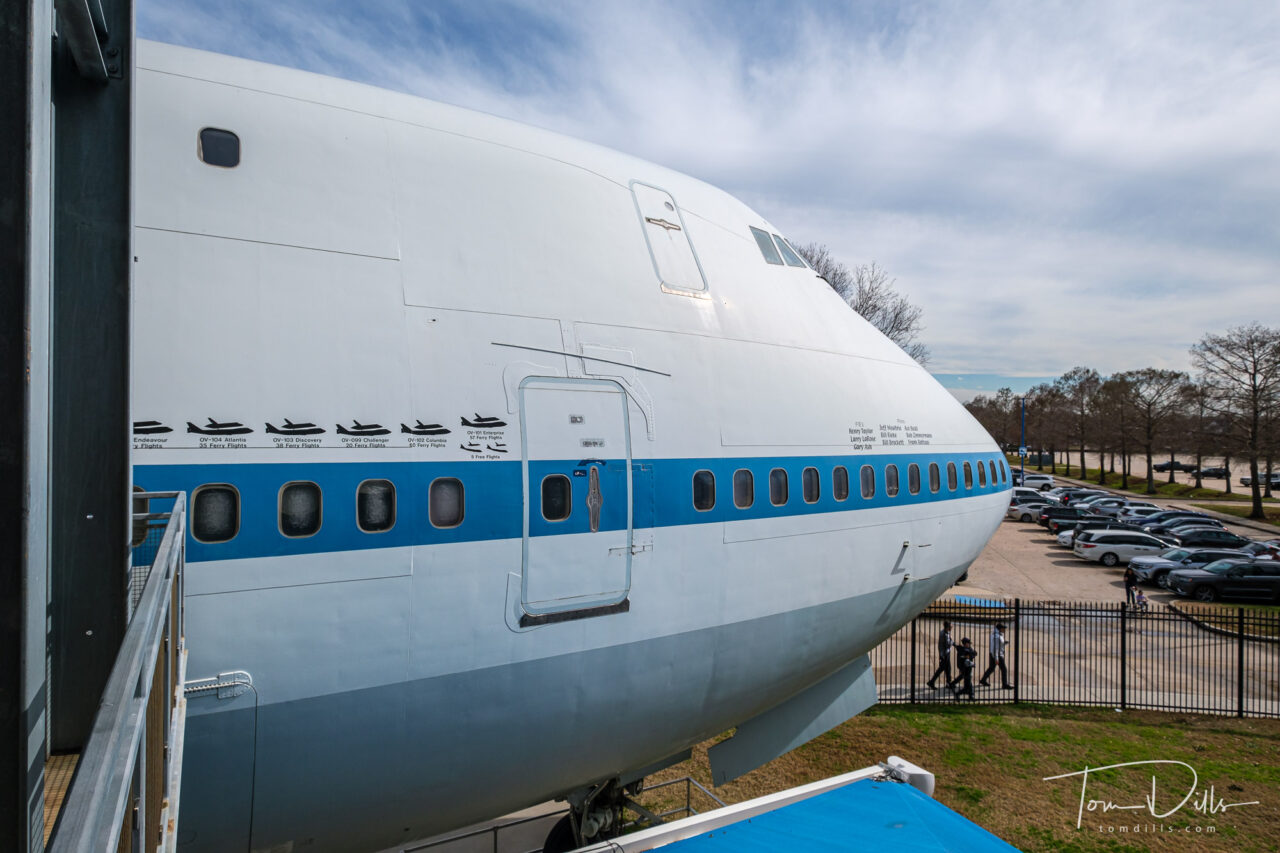
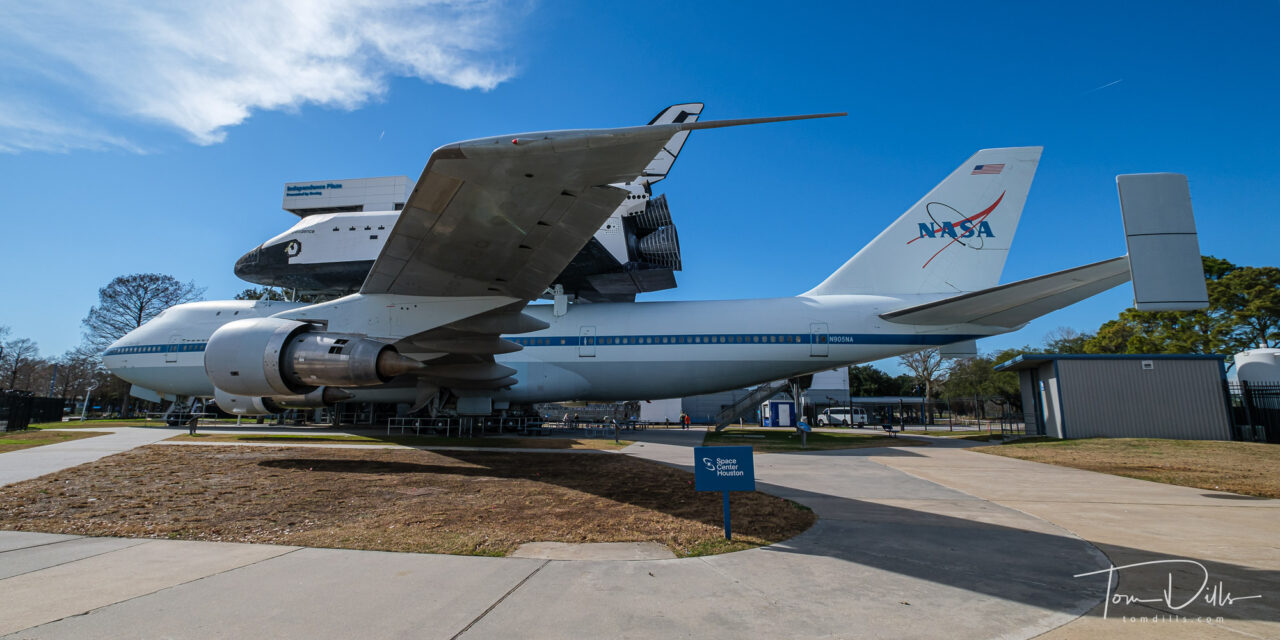
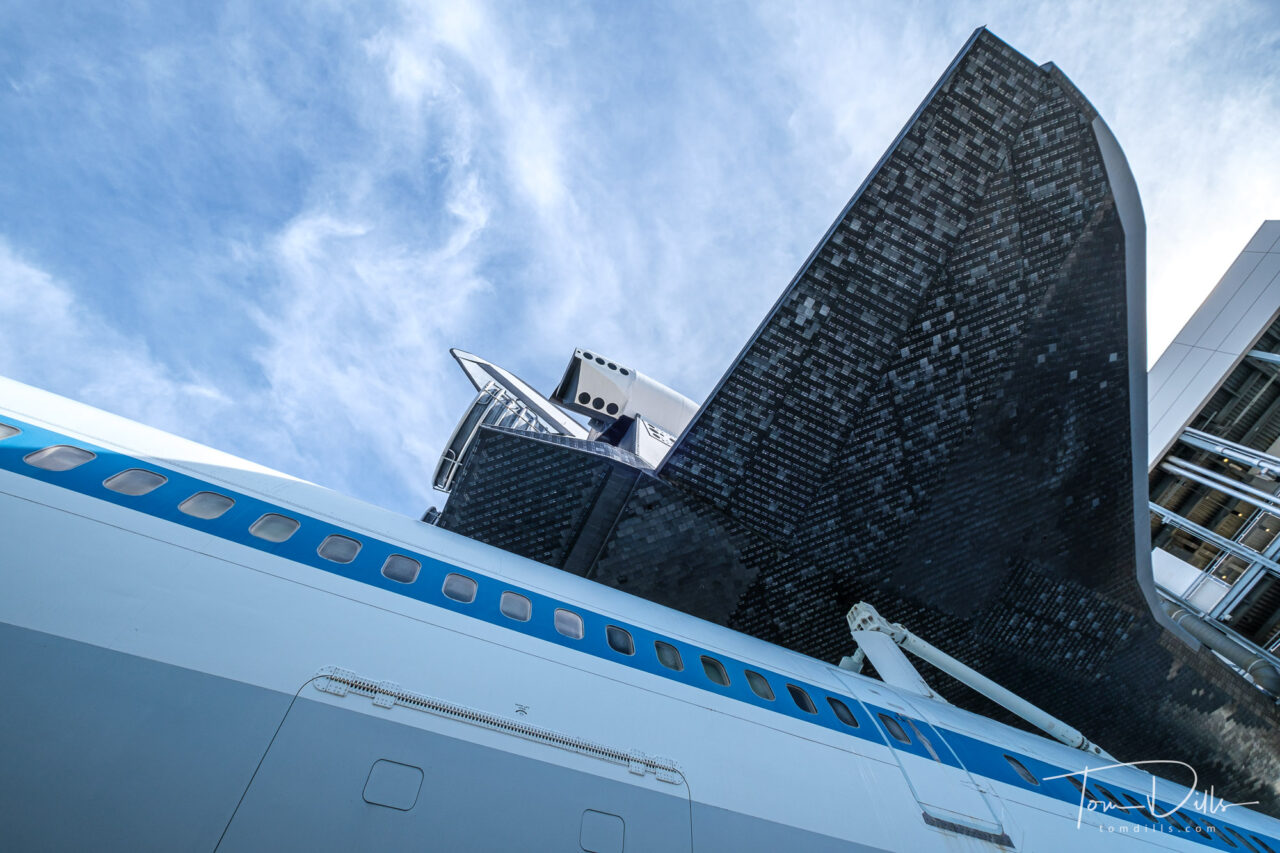
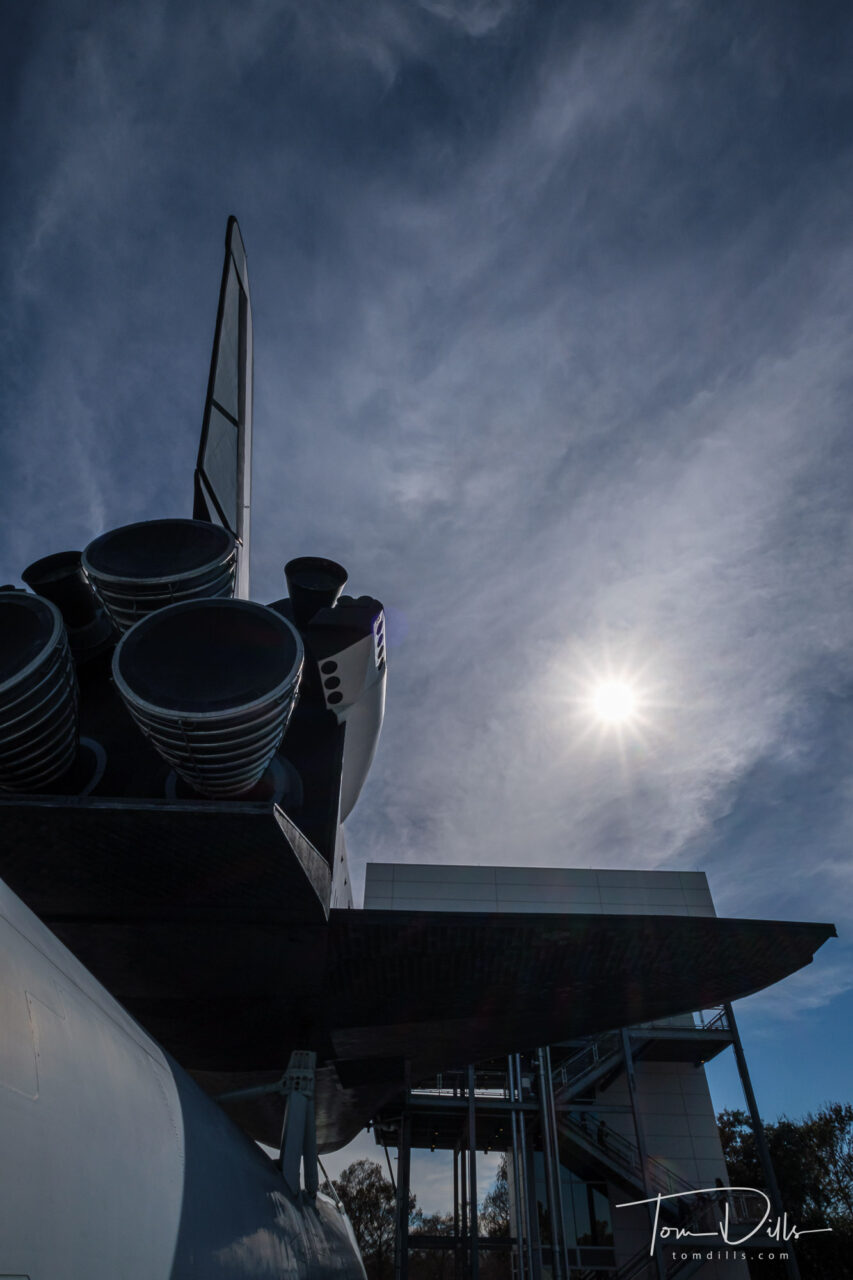
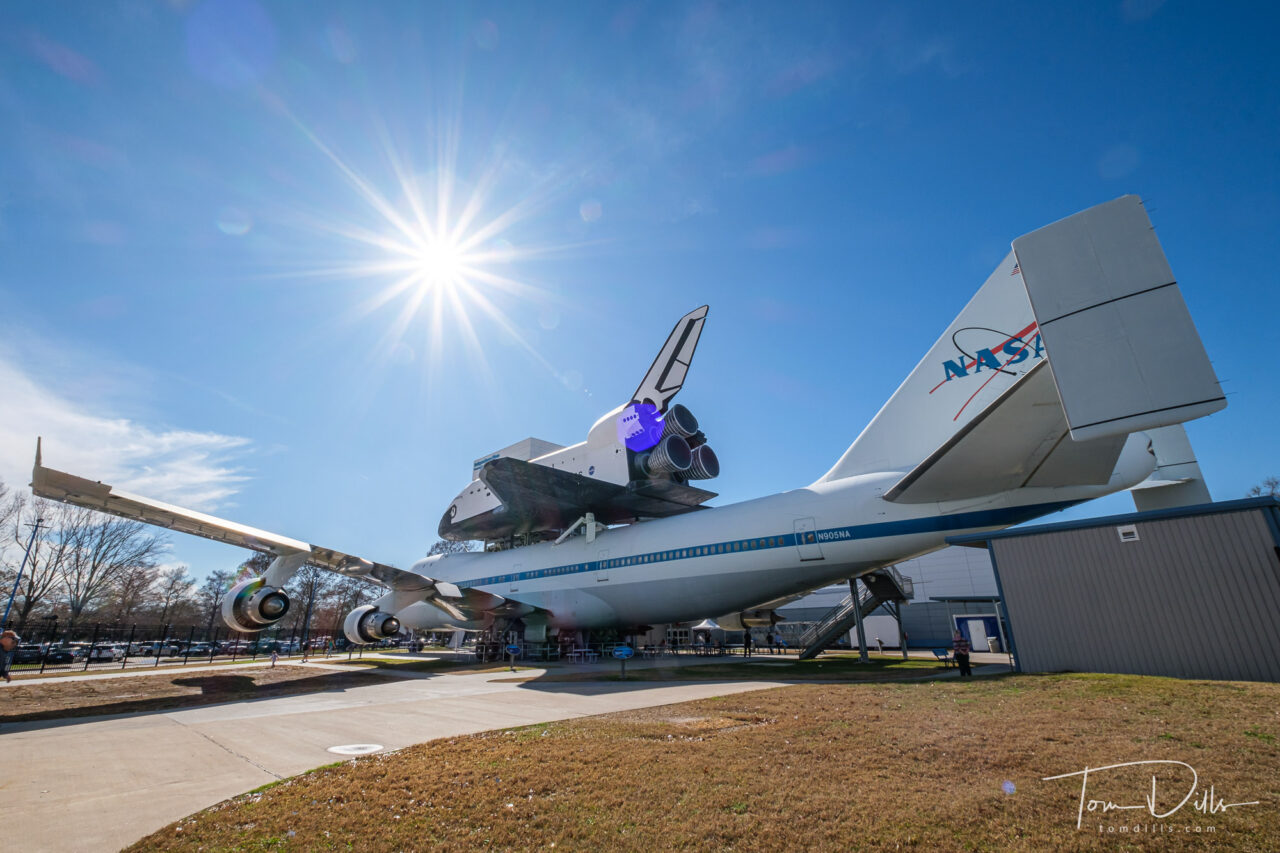
The overall museum is very well done, with actual Mercury, Gemini and Apollo capsules, a space rock you can actually touch, information on the upcoming Artemis missions and lots of other space memorabilia. It was a great visit. Having been to space centers at Cape Canaveral, Huntsville and now Houston, NASA have done a commendable job preserving these bits of history.
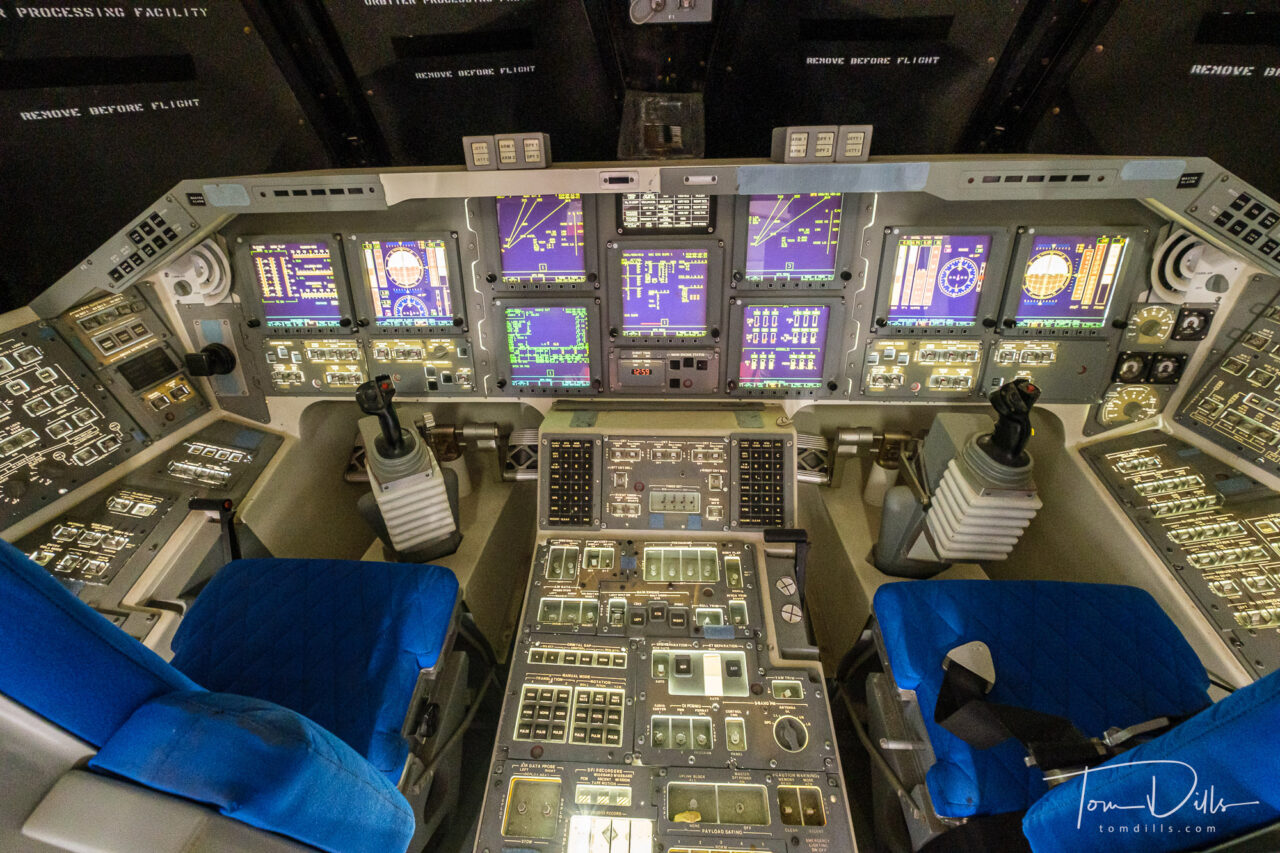
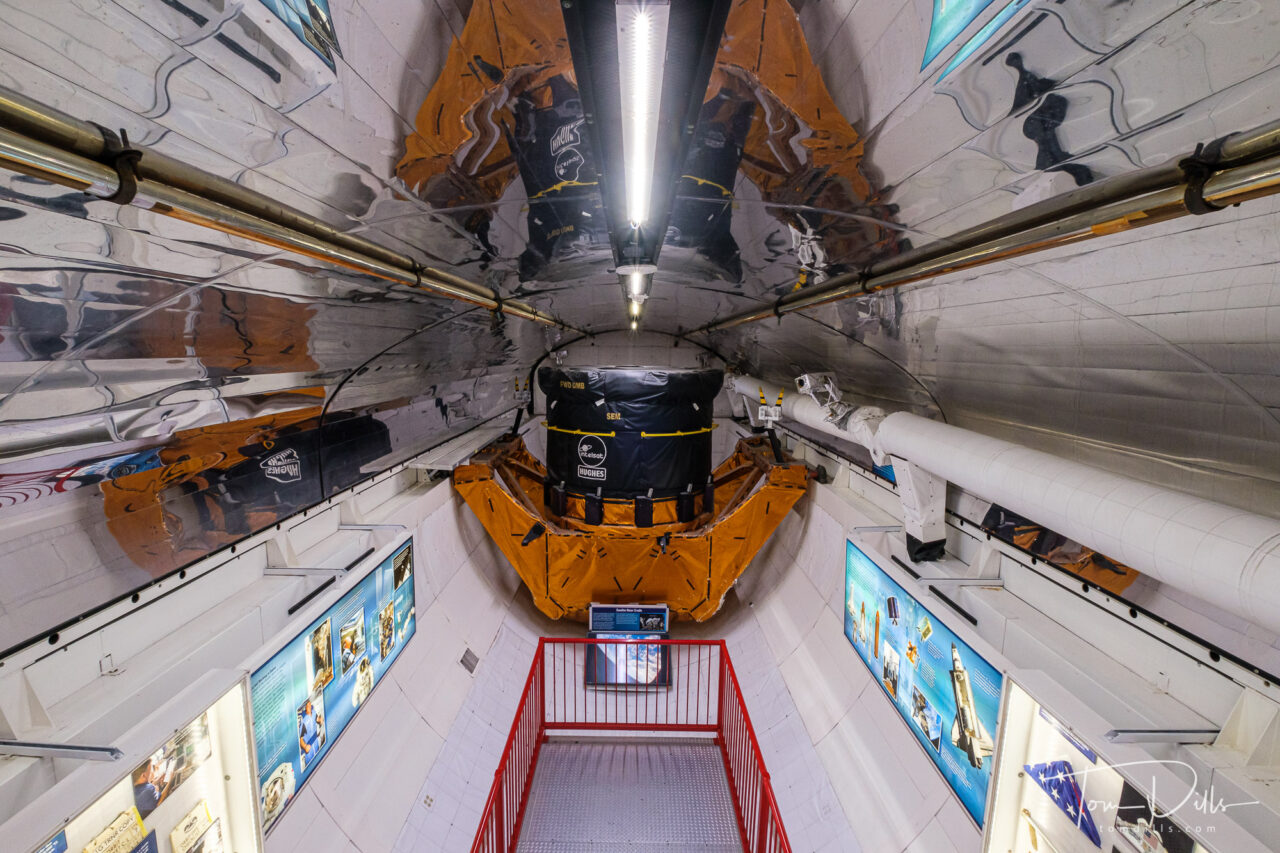
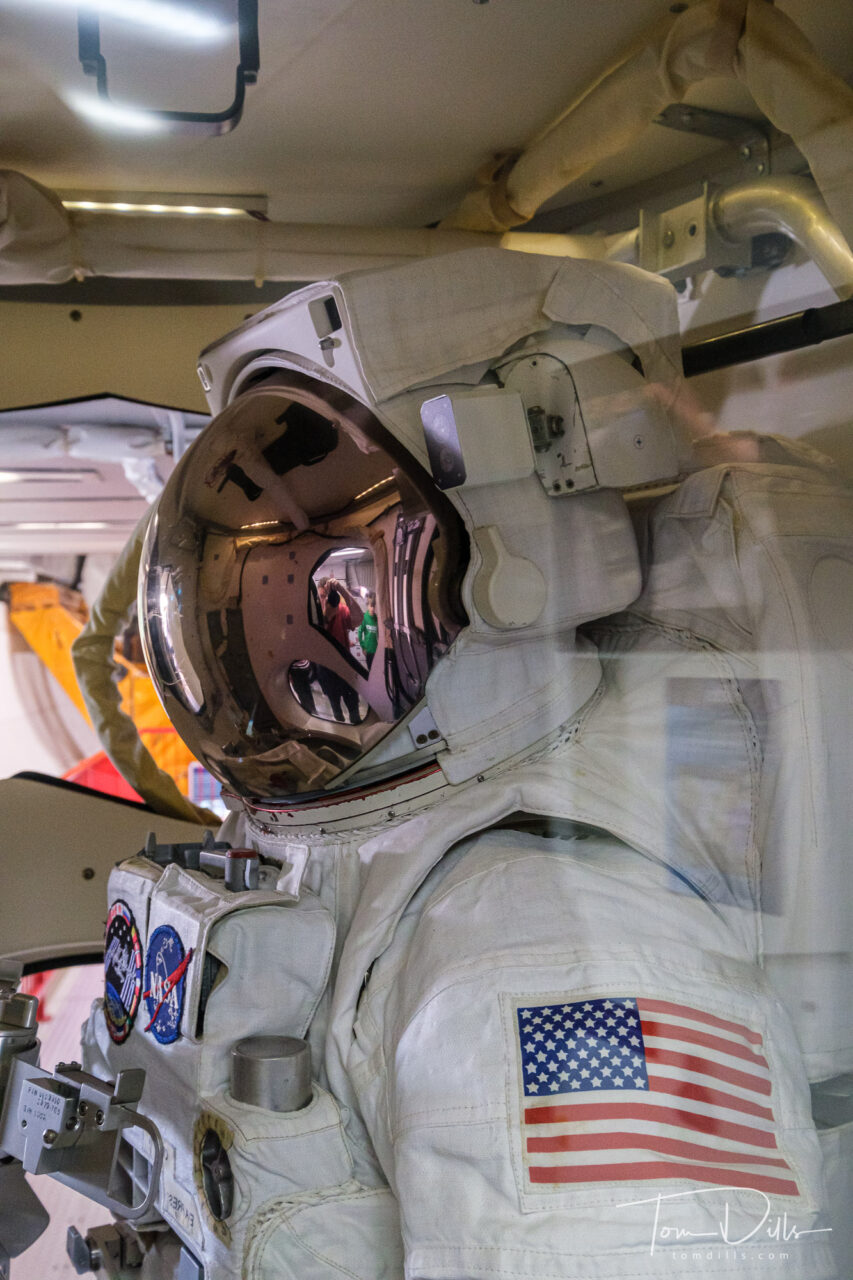
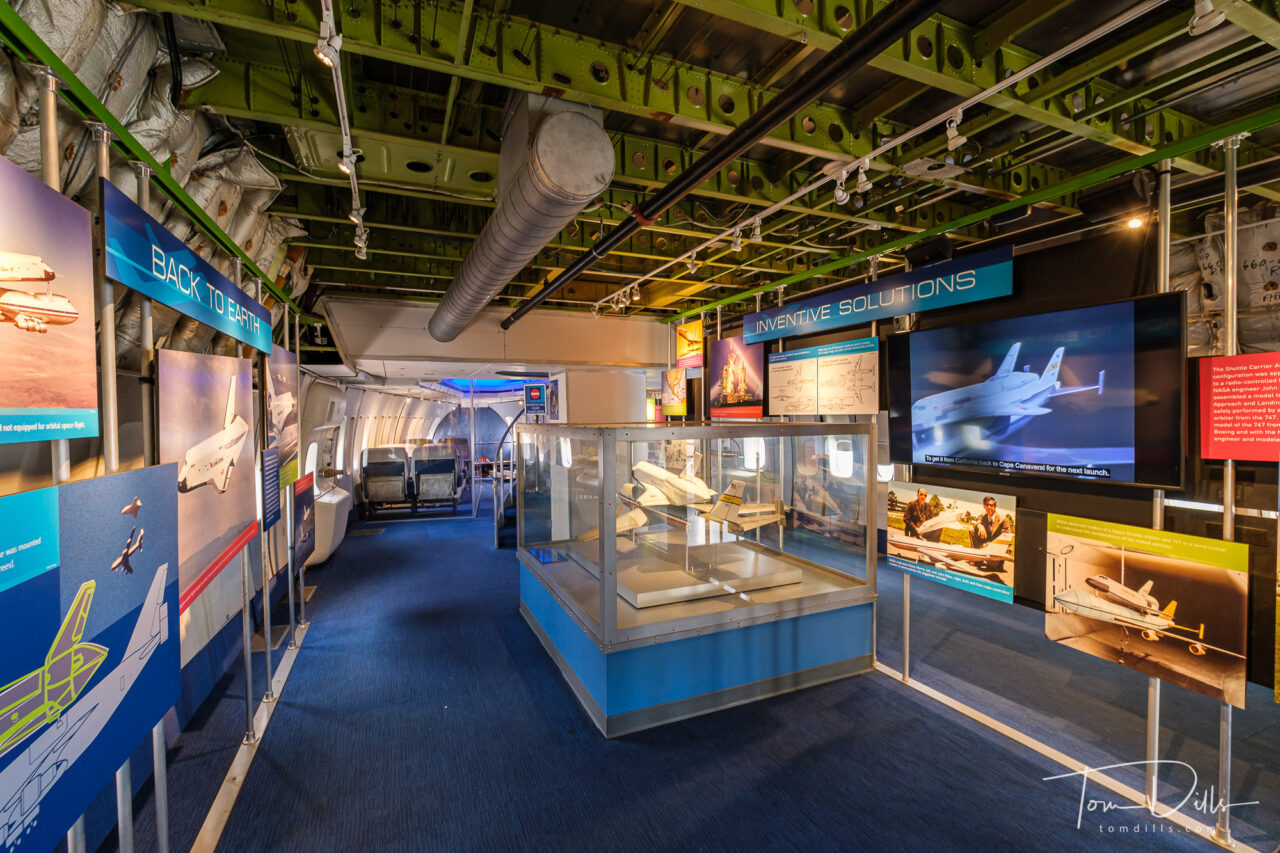
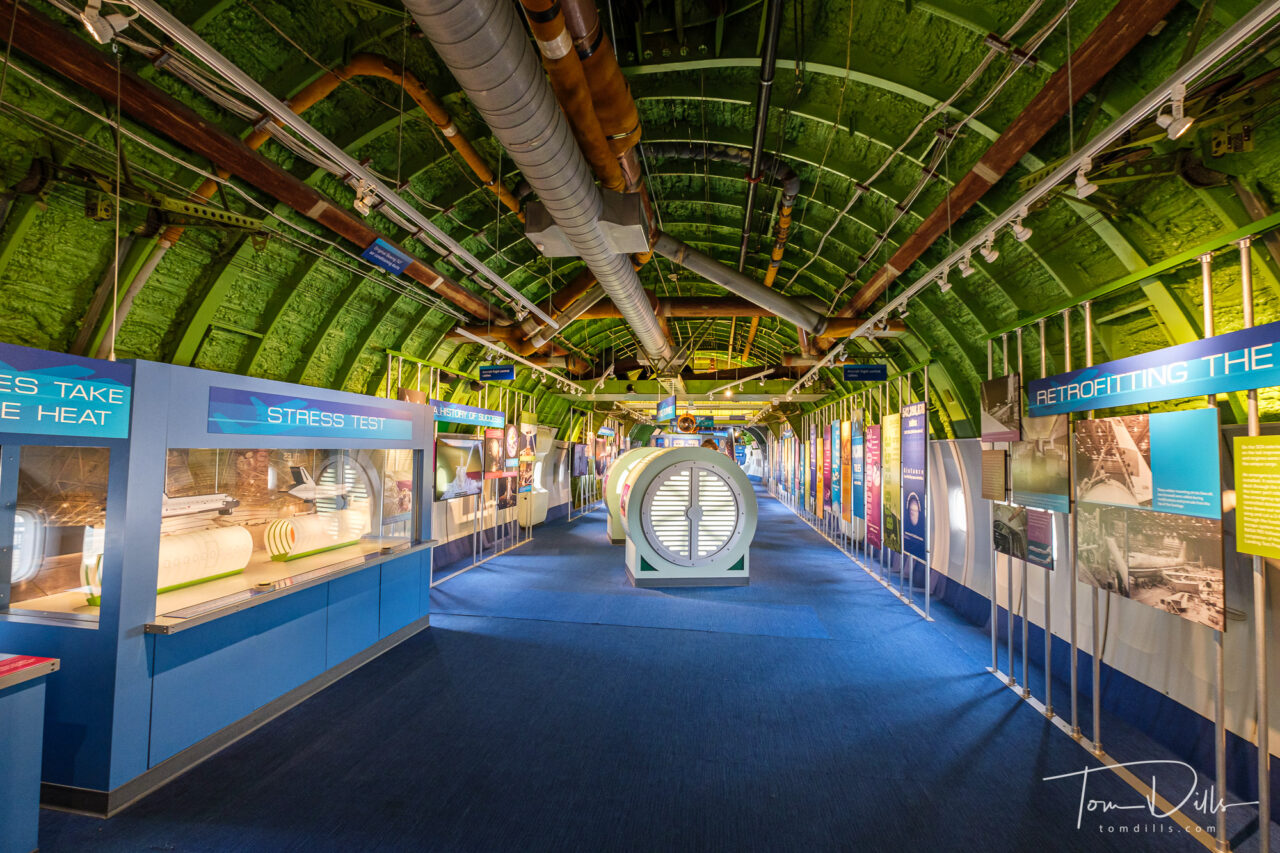
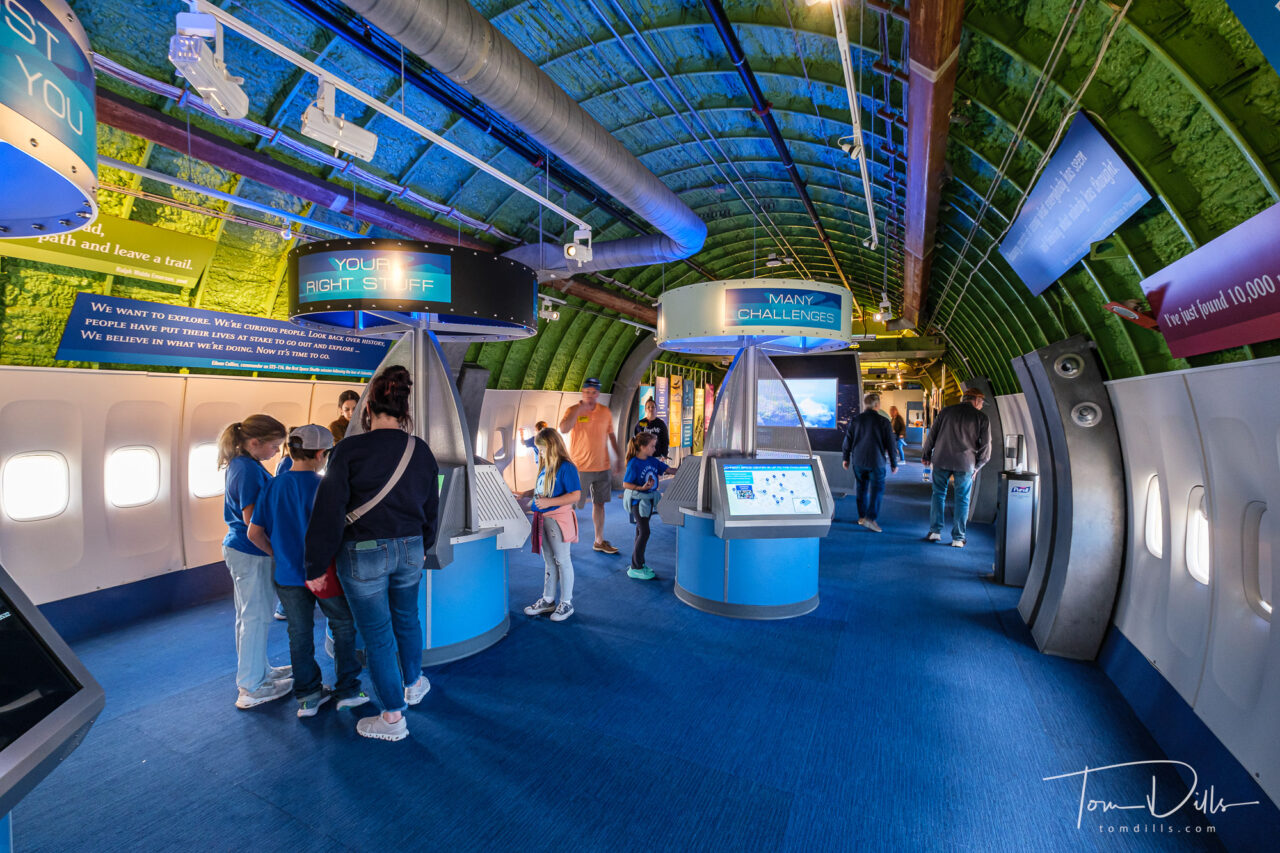
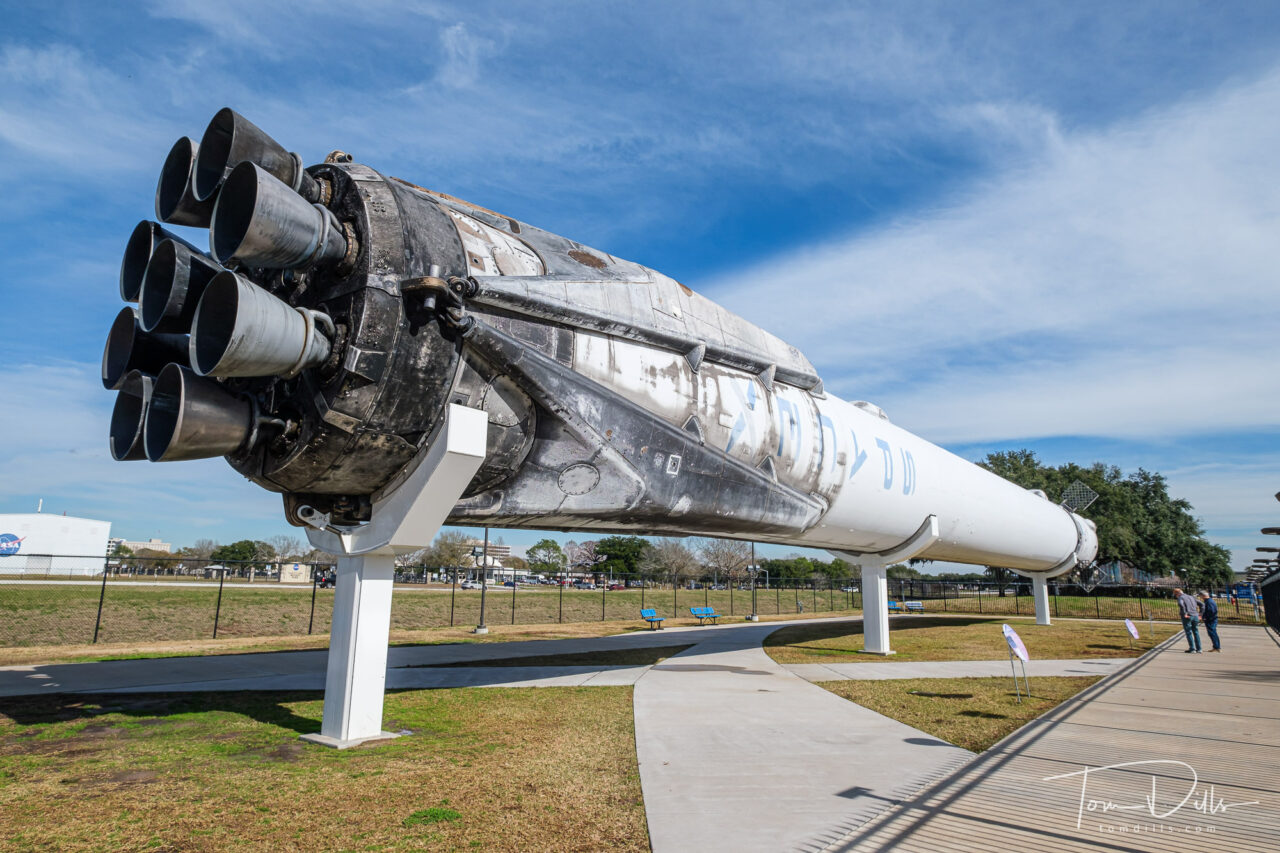
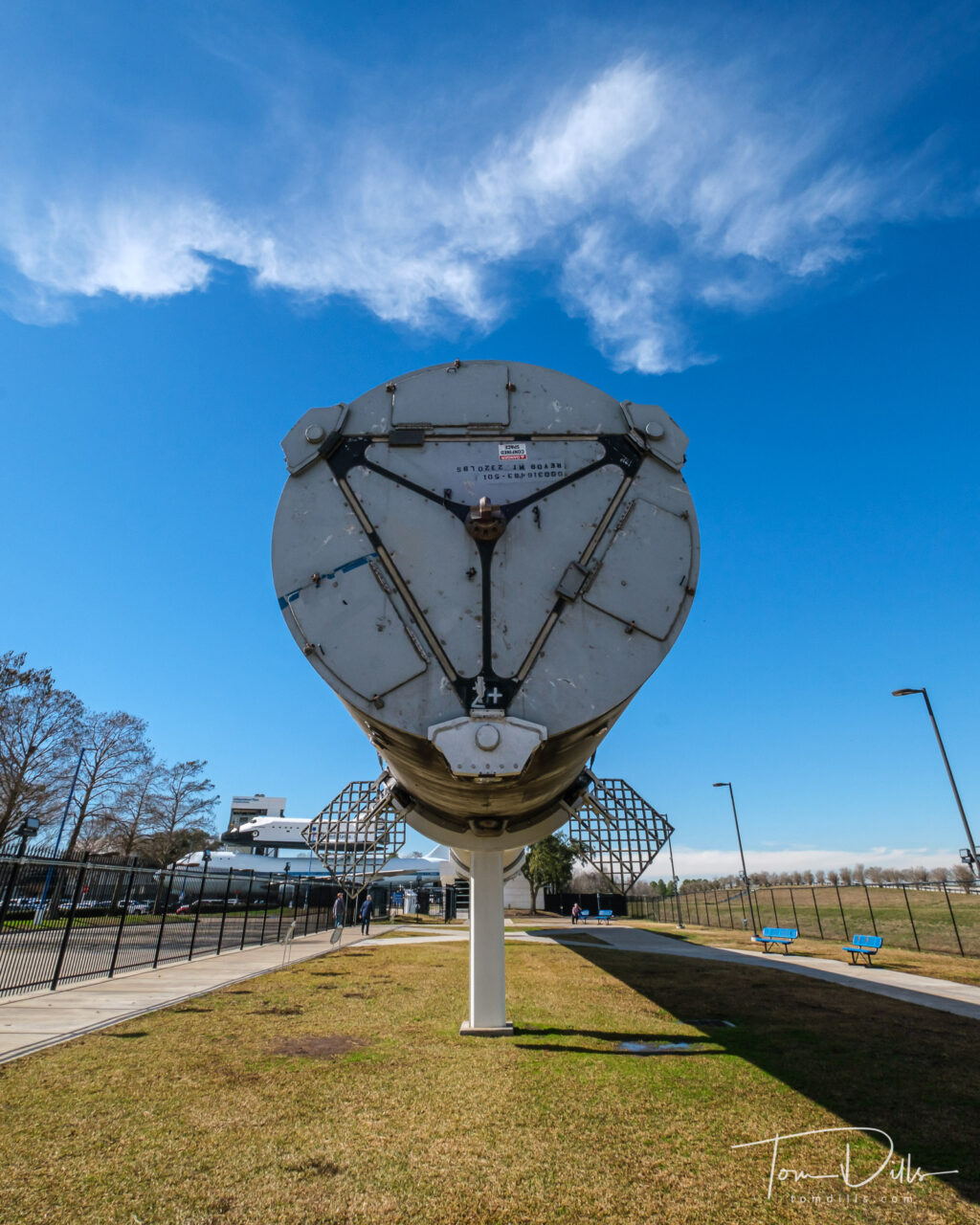
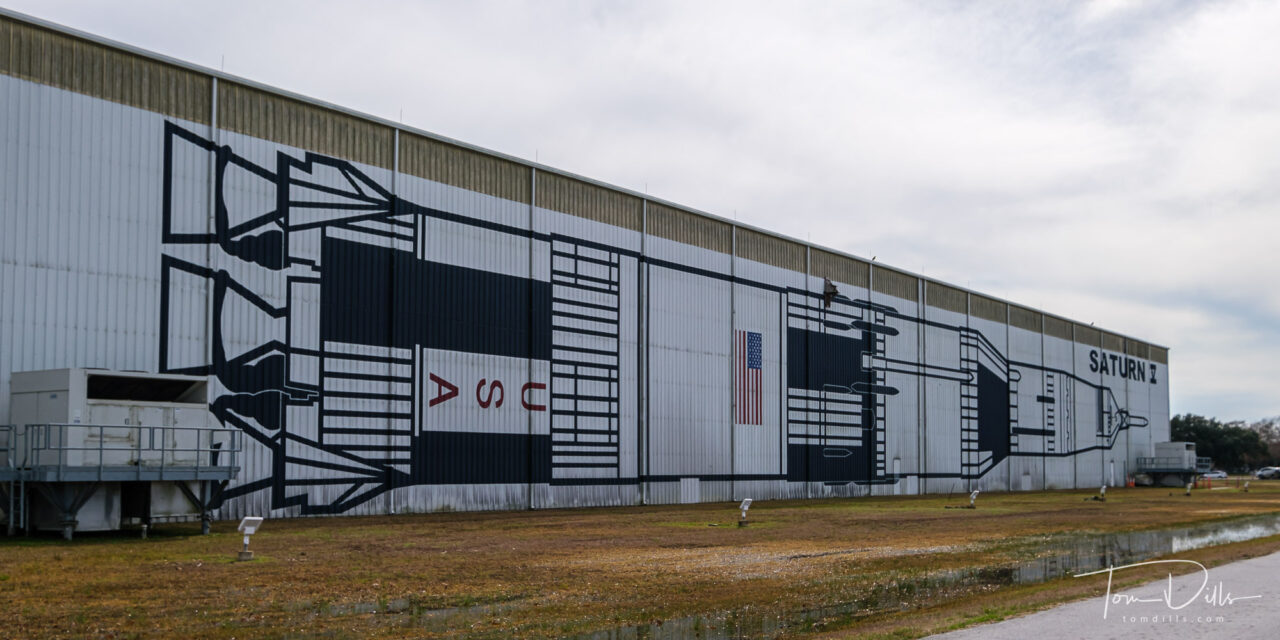

Houston, We had no problem. 😉
Kathy & I visited the Space Center Houston Complex, including a tour of the Christopher C. Kraft Mission Control Center, which was the Mission Control made famous with the saying, but also for the center used in all of the Apollo missions and many Shuttle missions. The center has been completely restored, down to the butts in the ashtrays on the consoles. The idea was to make the center look like the workers just got up and went home for the day.
The presentation included snippets from the Apollo 11 mission which landed on the moon. For a long-time space buff it was truly a memorable visit!
This photo also looks pretty good (possibly better) in B&W:
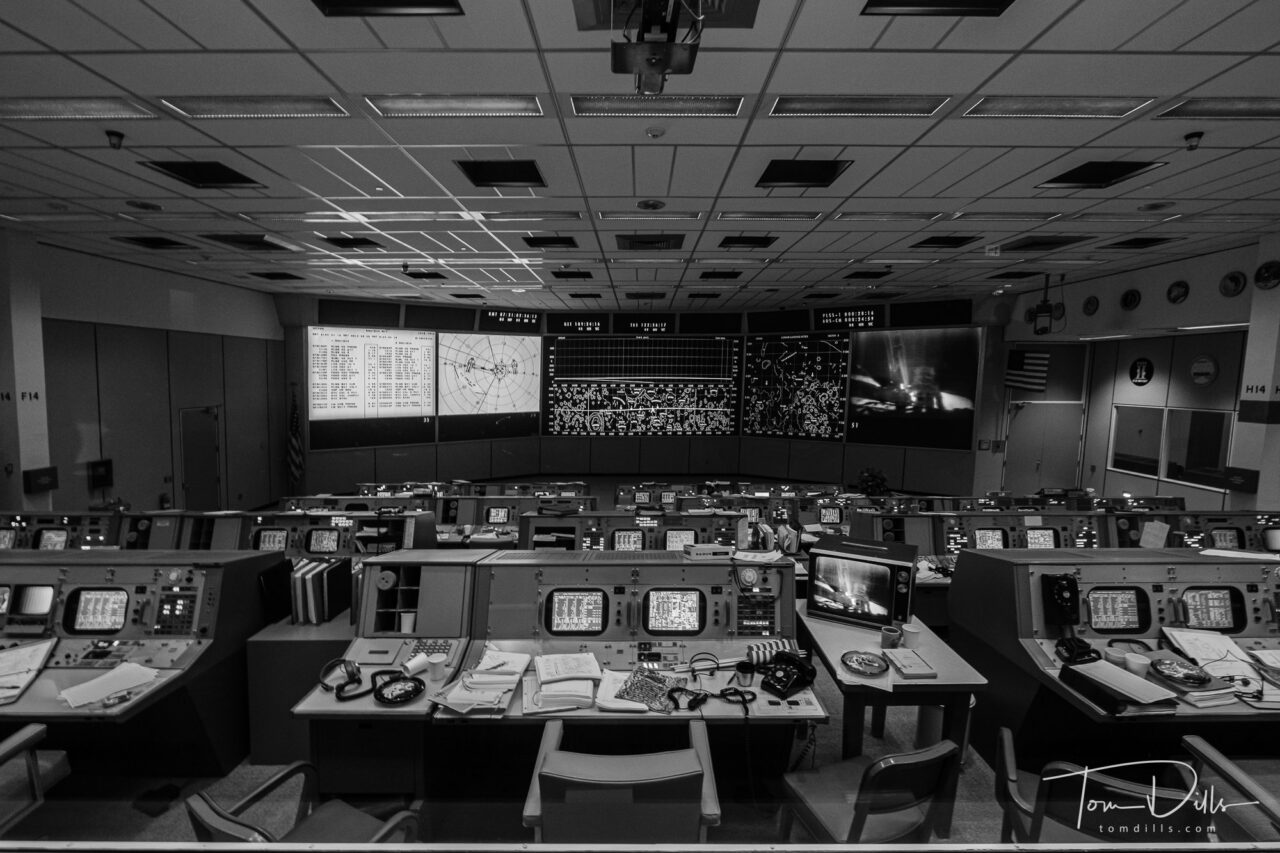
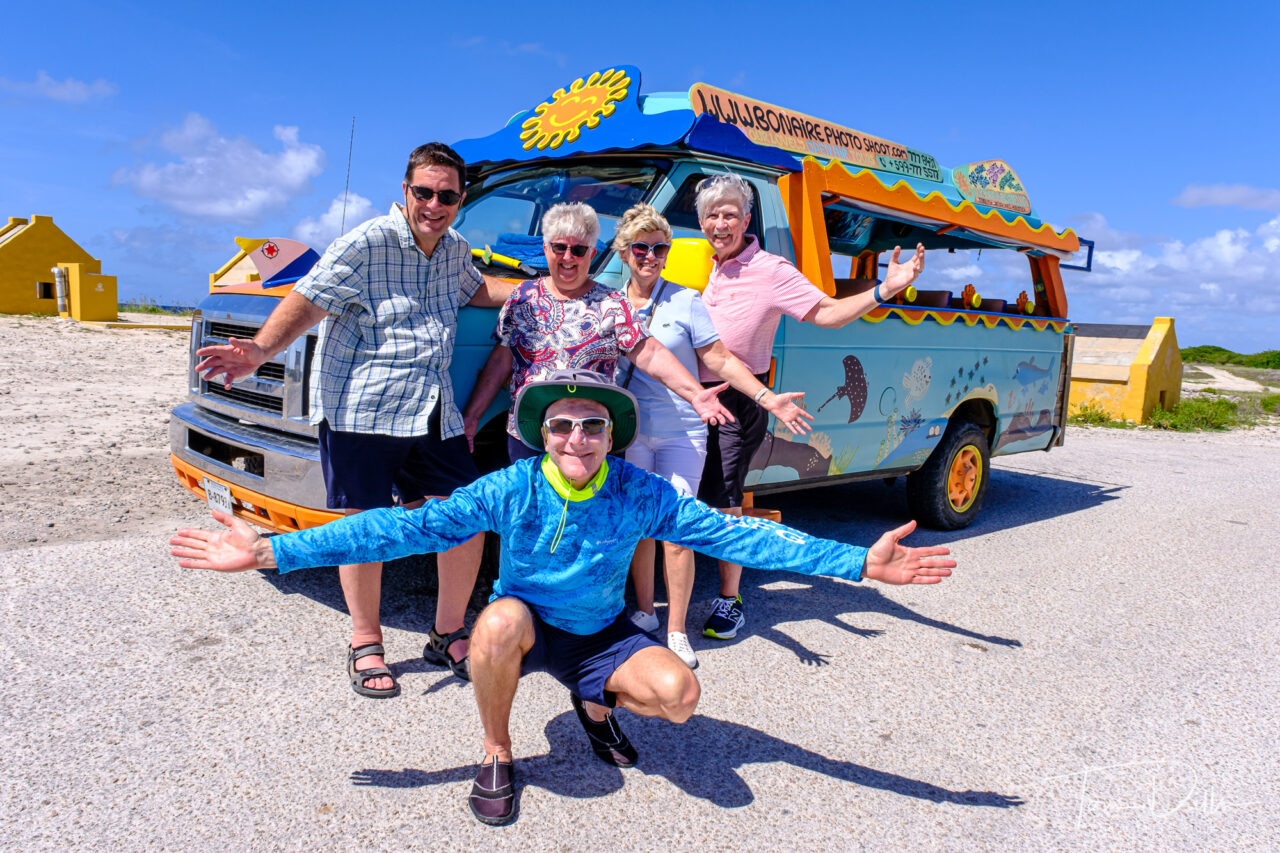
Most of the travel that Kathy & I do is by ourselves, but many times we arrange to see some friends along the way. We have started doing a pretty-much-annual “Friends & Family Tour” each summer, since for some reason a lot of our friends won’t travel to see us. Likely because we’re “never” home! 😉
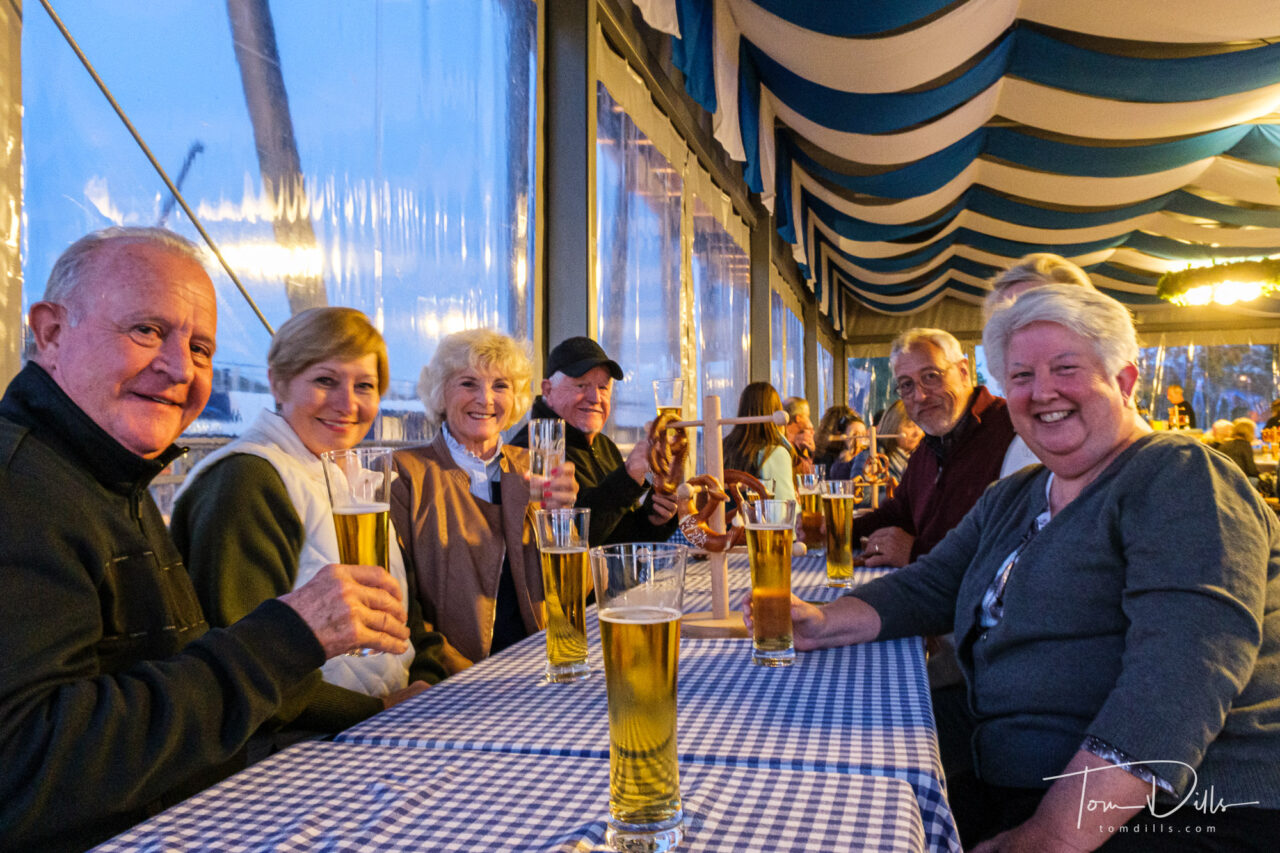
We do have a few couples who we can count on to let us know when they are planning a trip and who ask us it we want to come along, or come along with us on a trip we are planning. Most of these friends are retired and travel nearly as often as we do. We did a river cruise in October with three other couples and it was great. We all did things that suited our interests and went different places in different combinations. Our travel agents – who have also become friends – even booked a cruise after they found out we booked it, and we’ll be cruising with them in February! Other friends arrange to meet for a weekend or a few weekdays in an equidistant location.
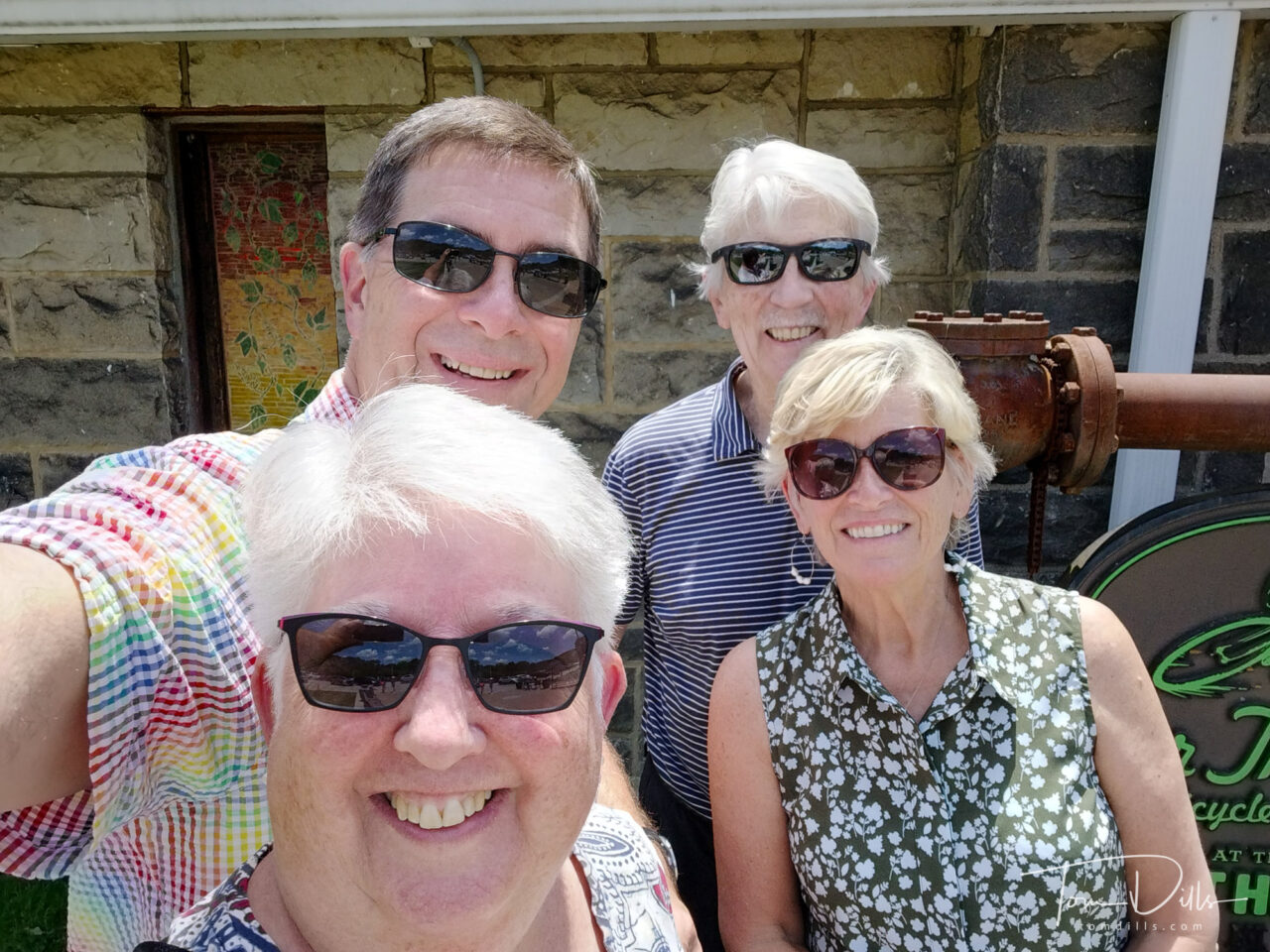
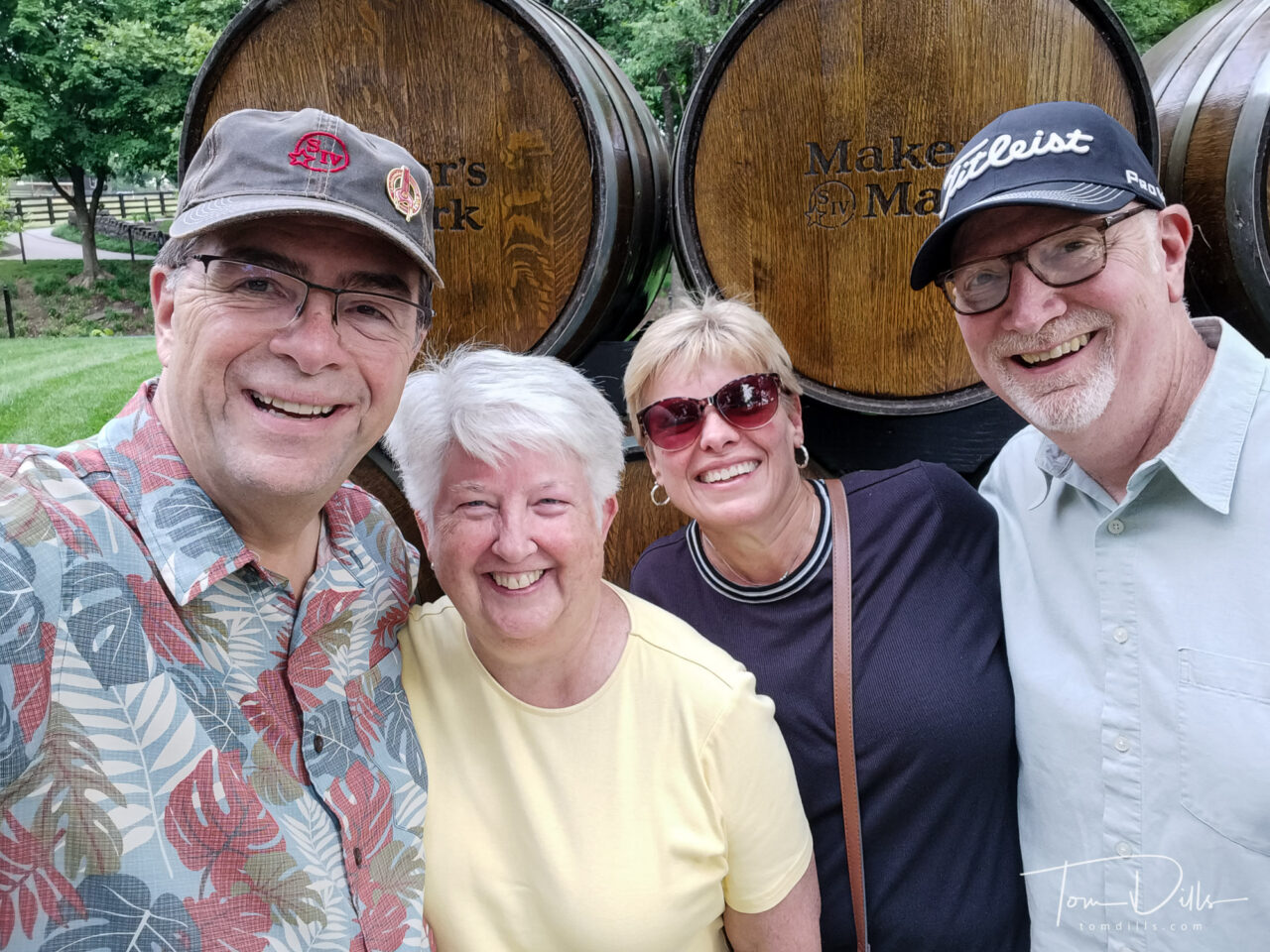
We enjoy travel with friends because it sort of forces us to change up our routines, perhaps look at places or things a little differently, and sometimes we just end up someplace we haven’t thought of. Group photos are fun, too. Although more often or not we’re having so much fun we forget to have someone take them. I do take a few photos with my camera, but then I’m never in them! Selfies are okay, but we do like the occasional group photo taken by someone else. Especially if it is a large group – my arm isn’t long enough for a selfie!
